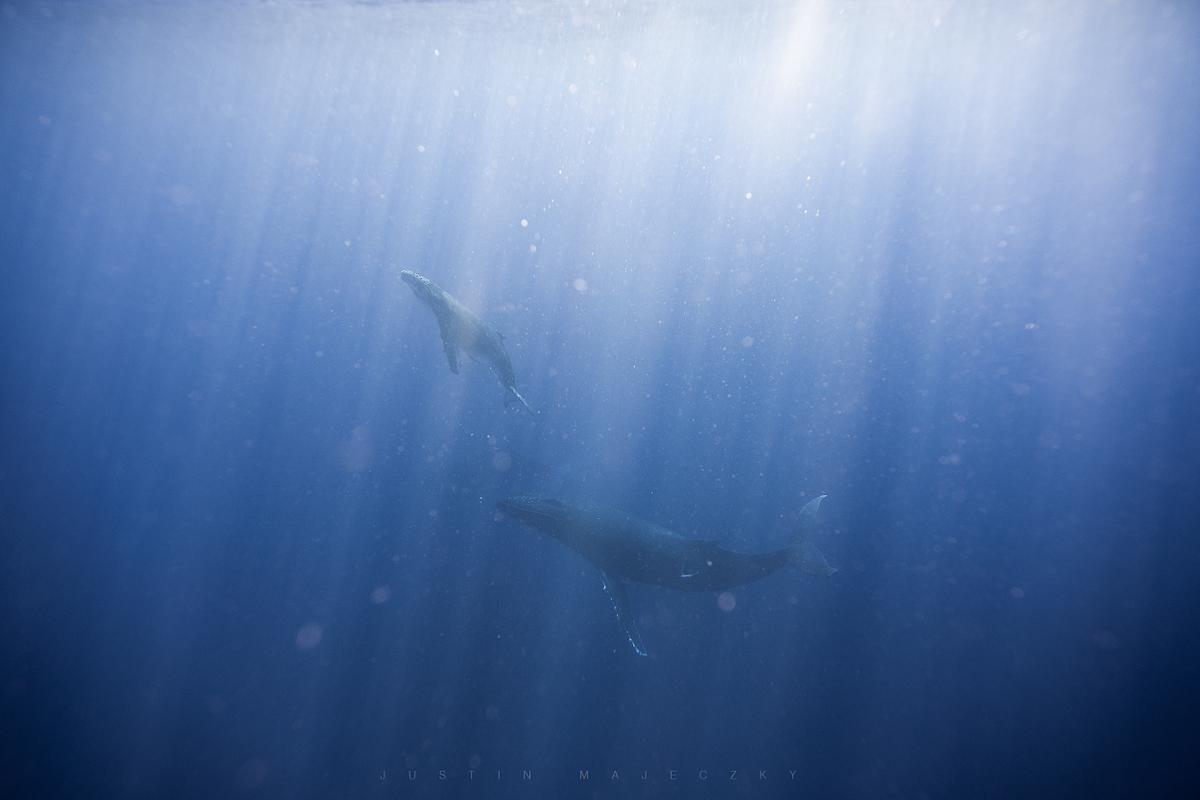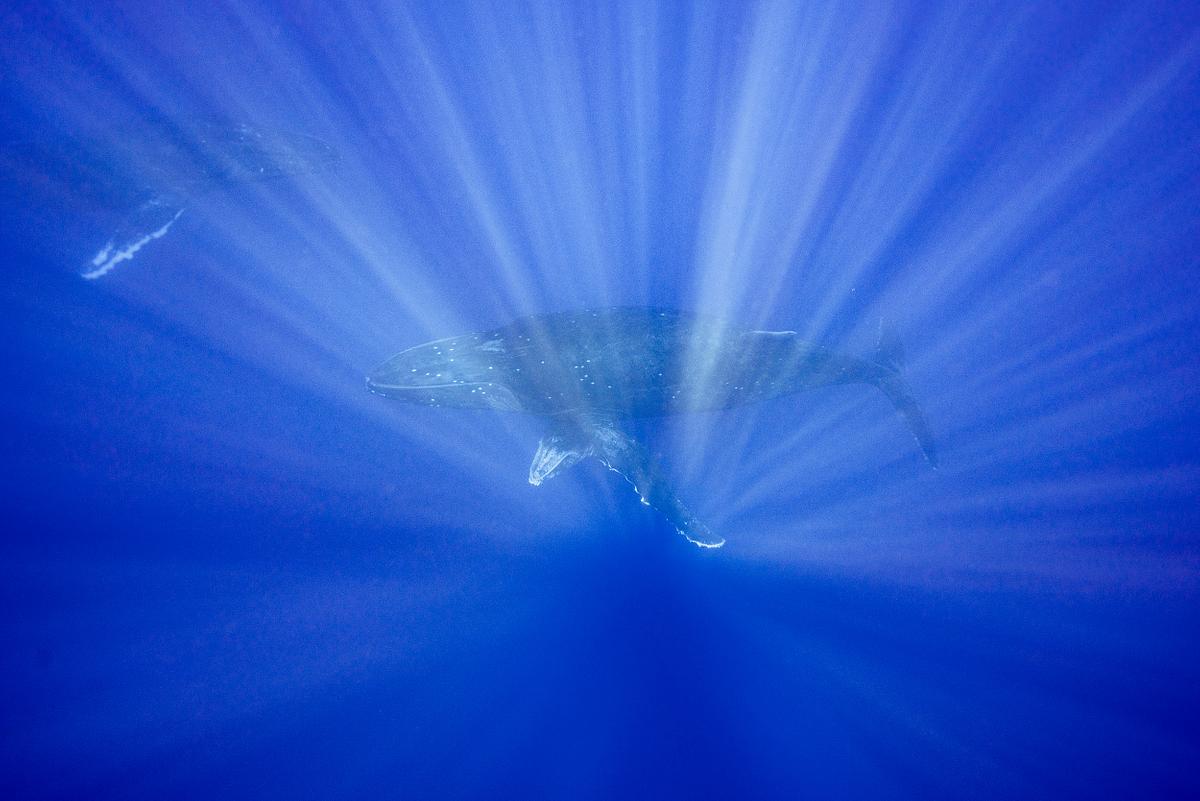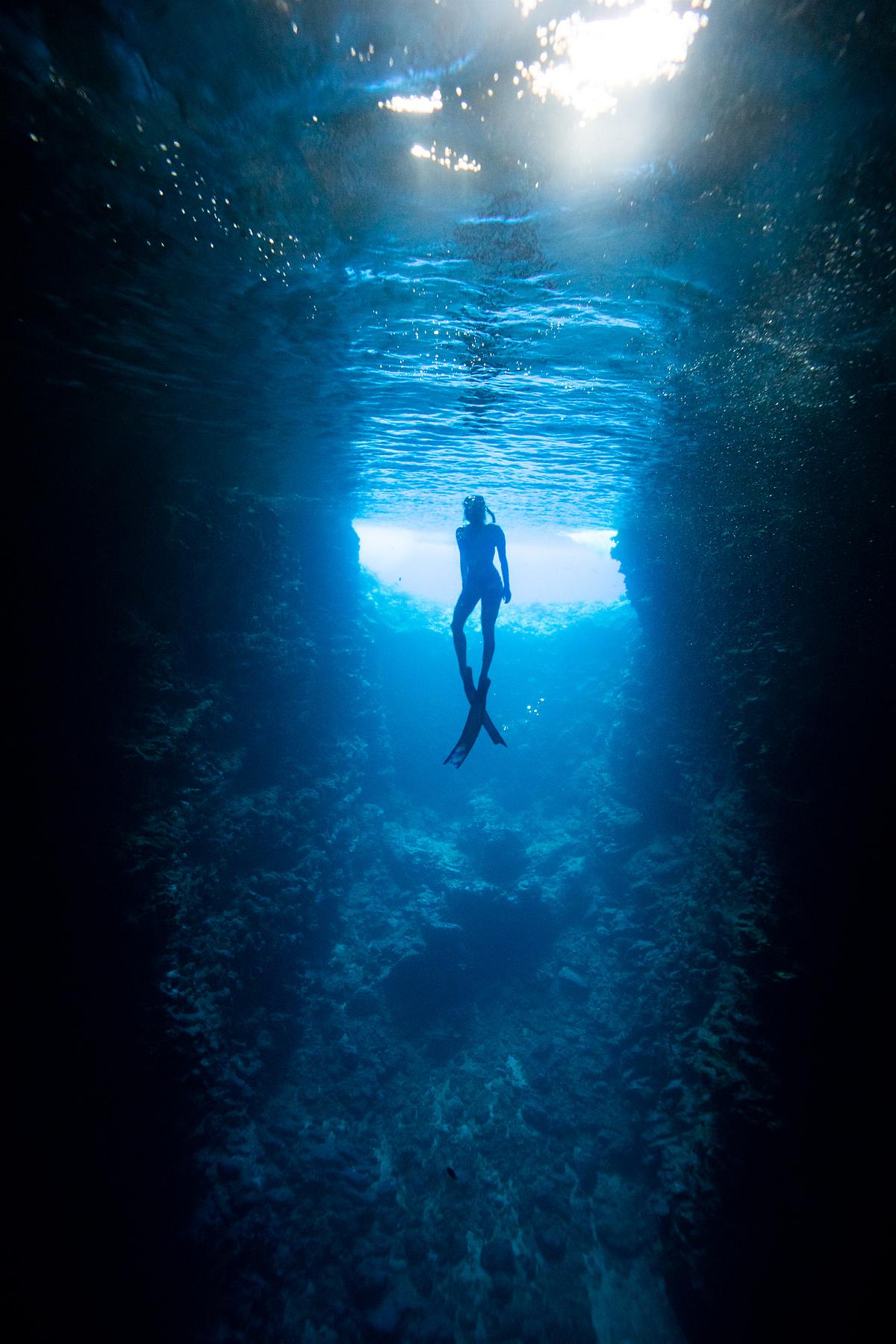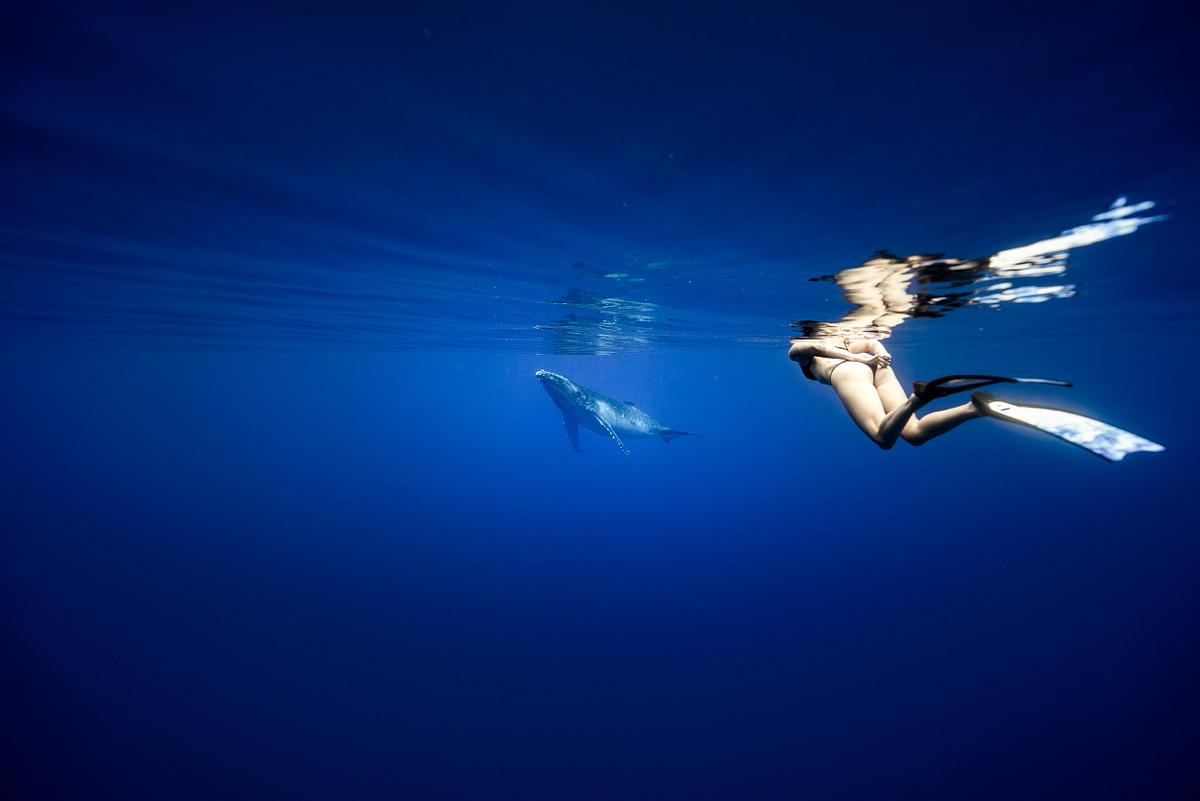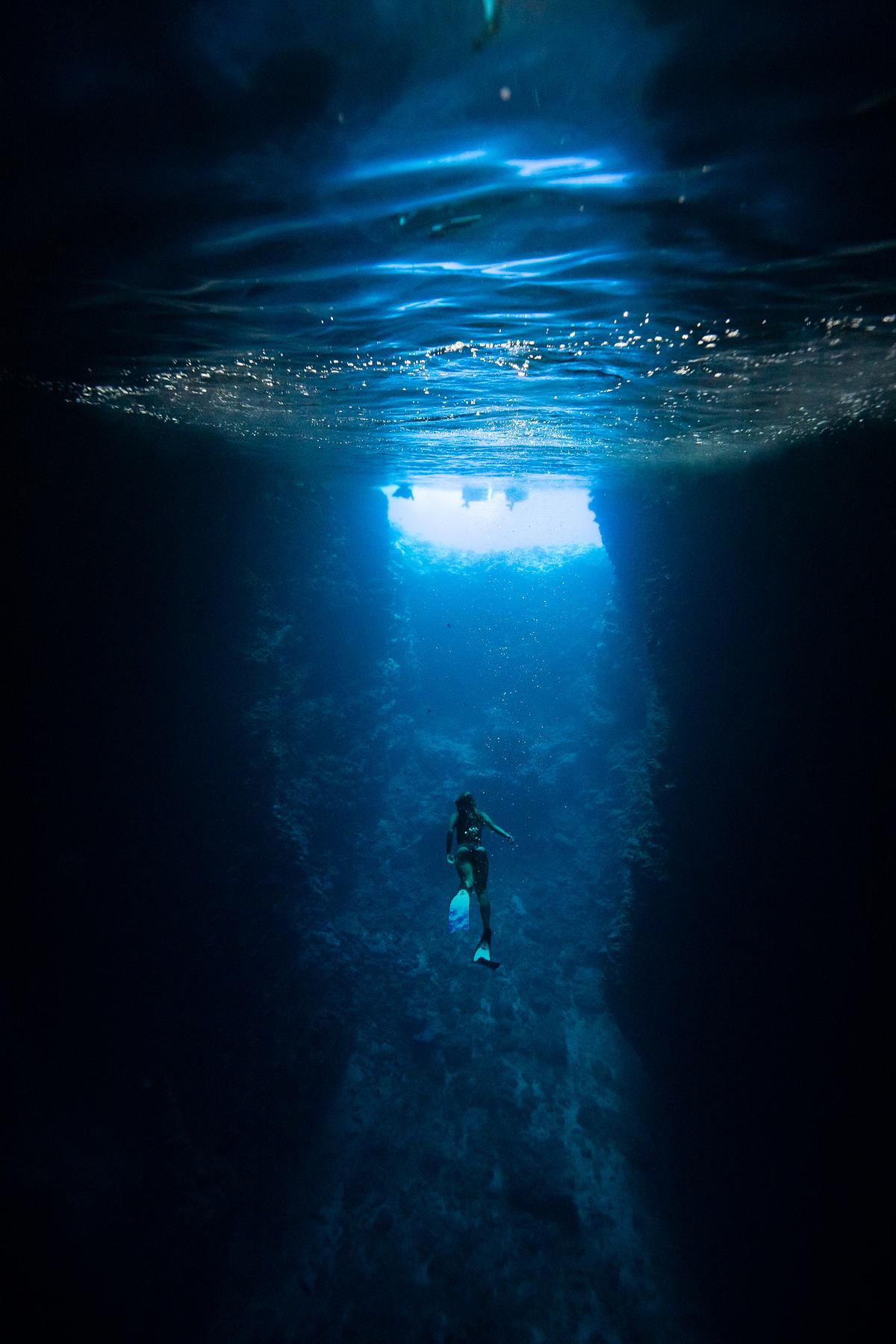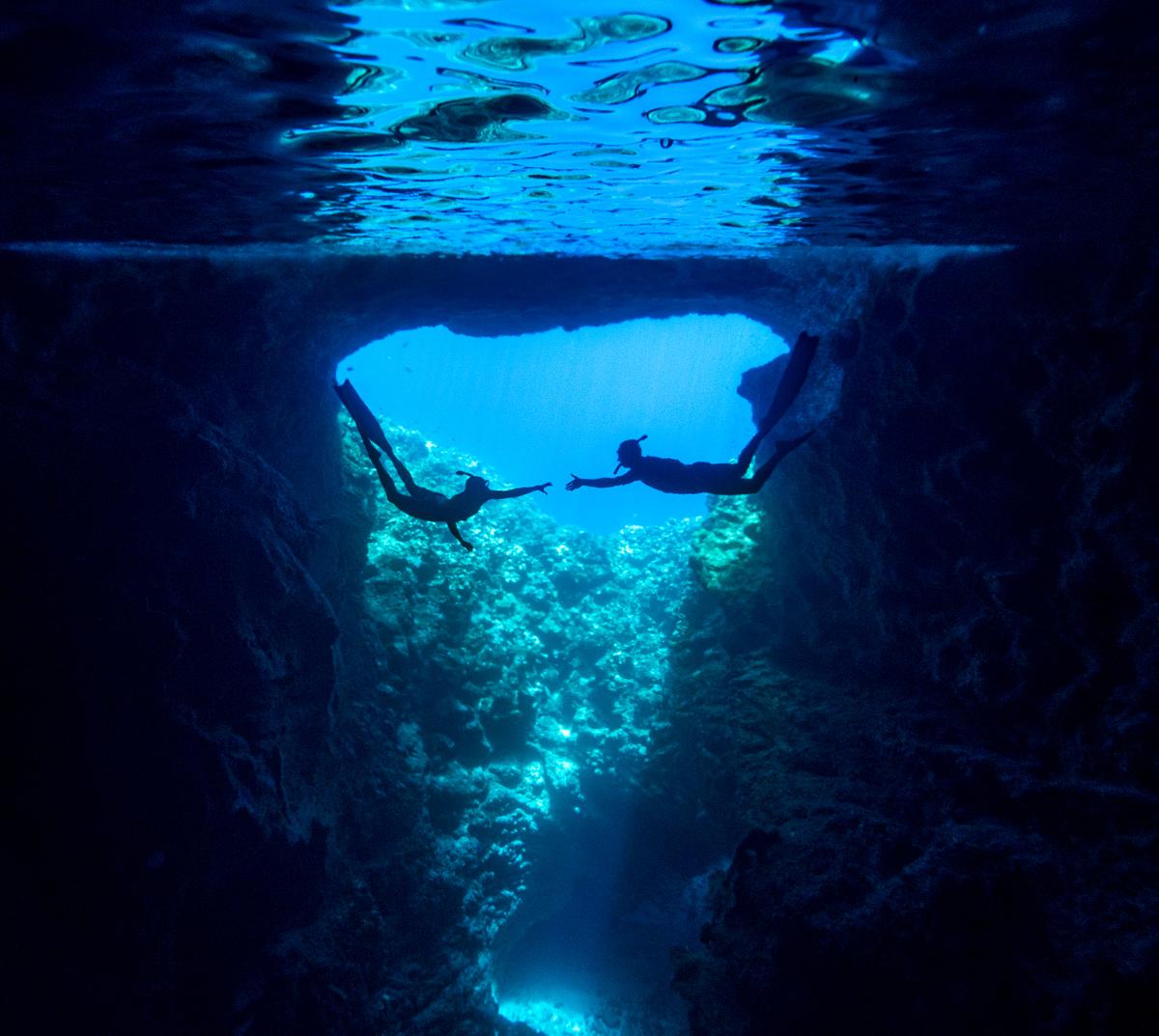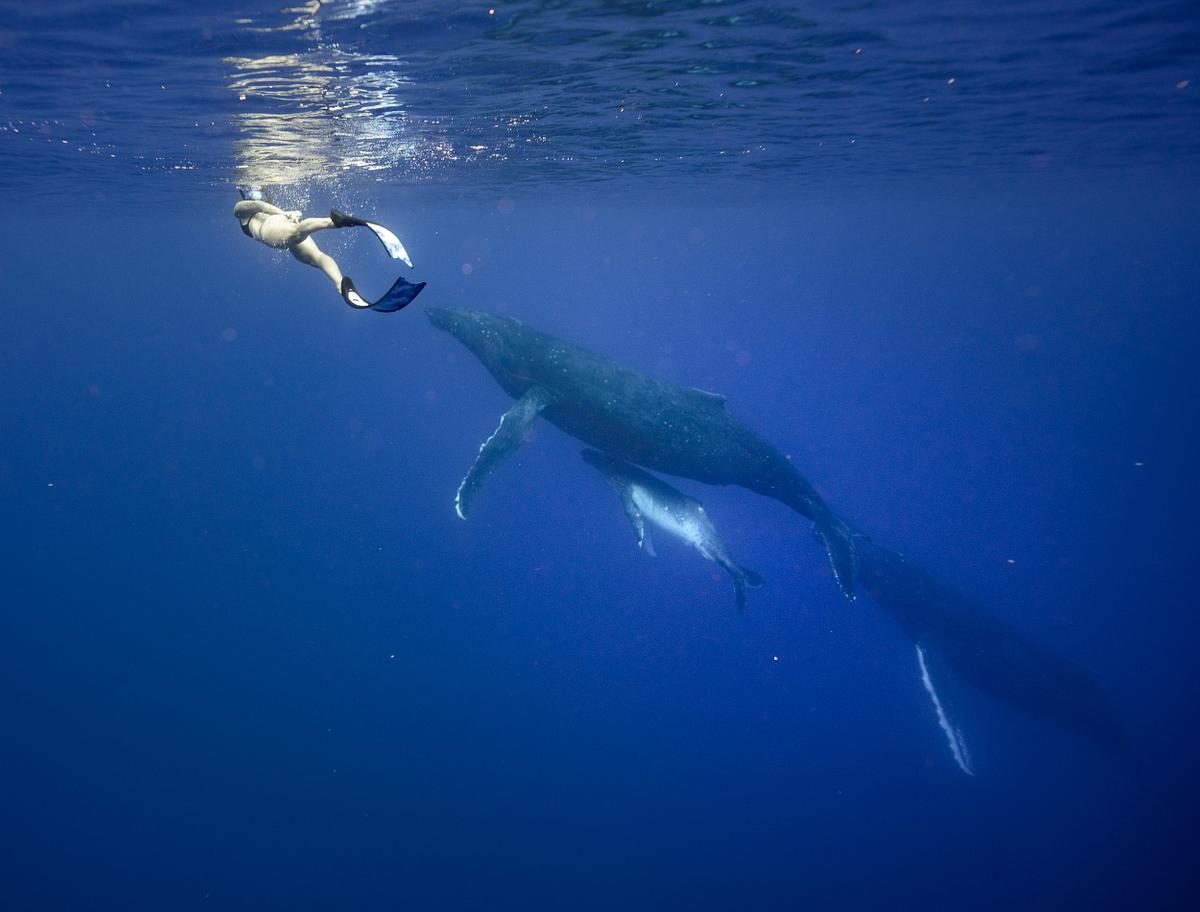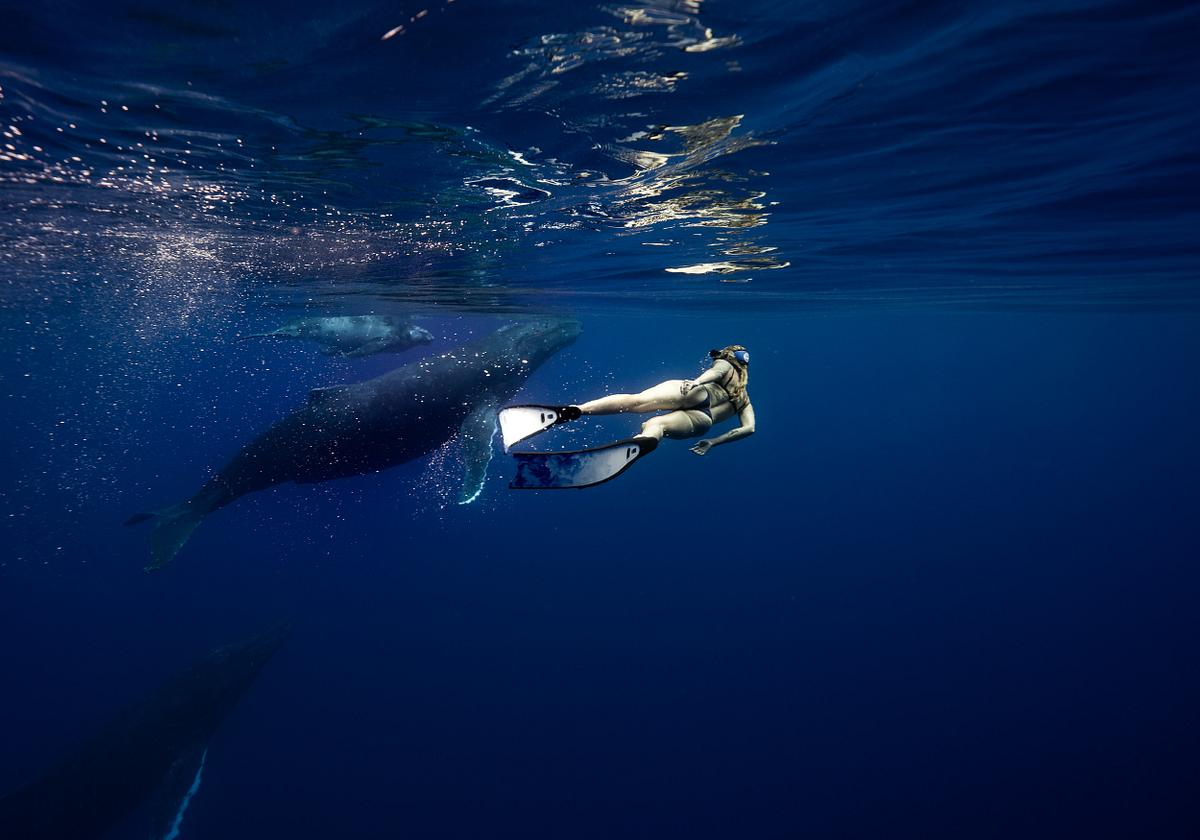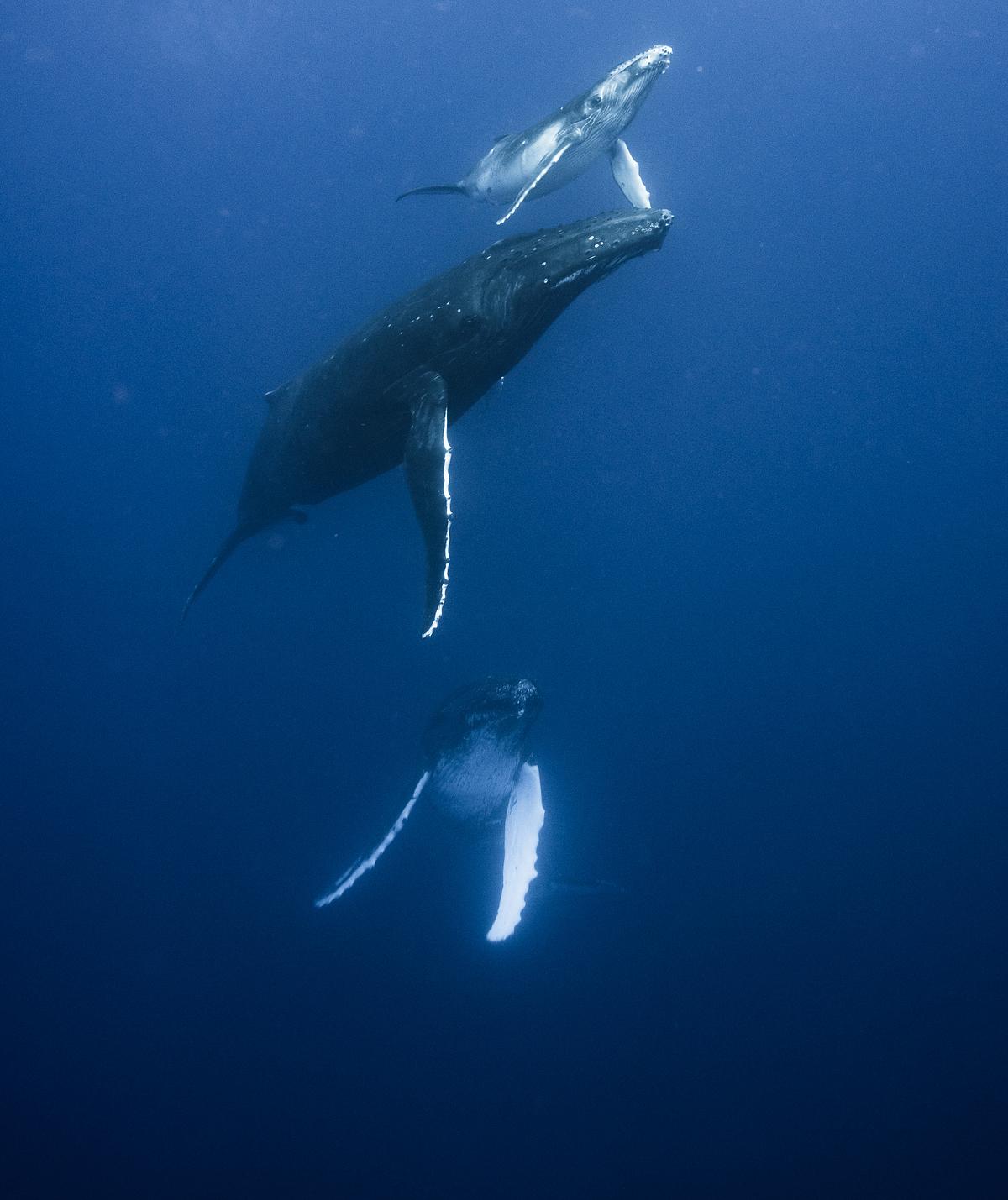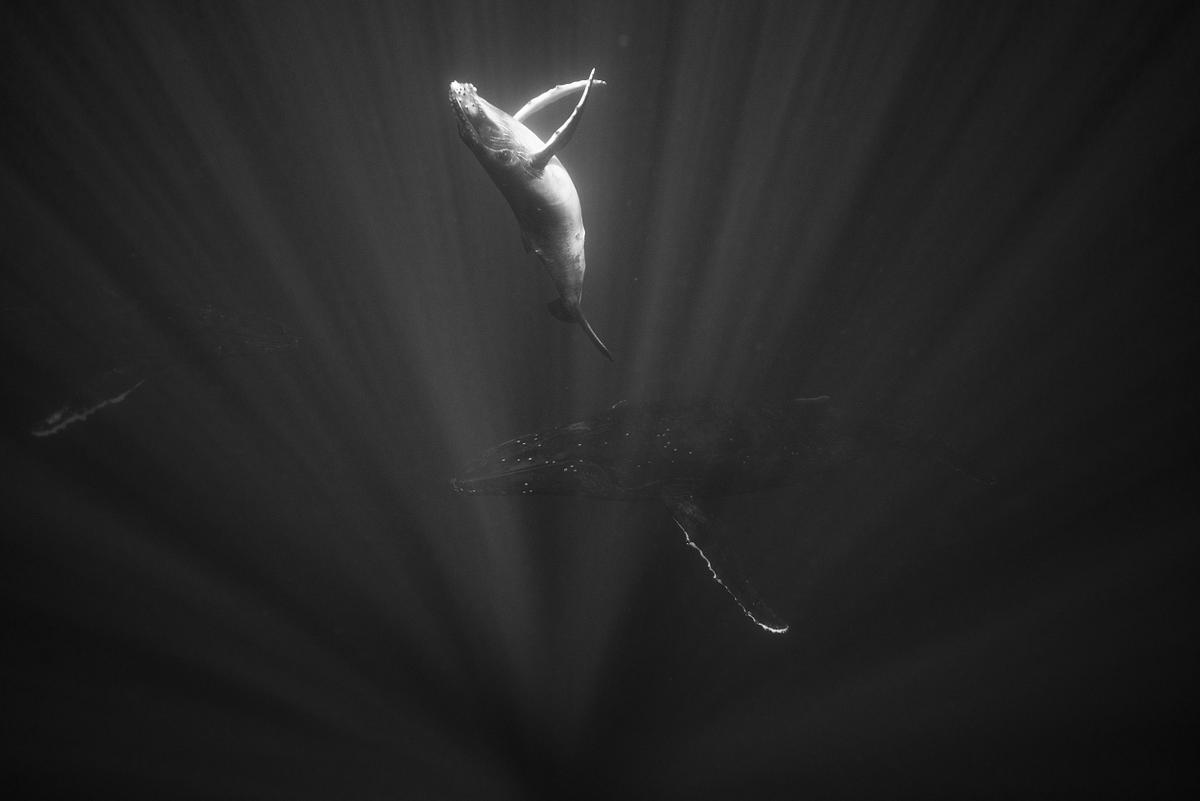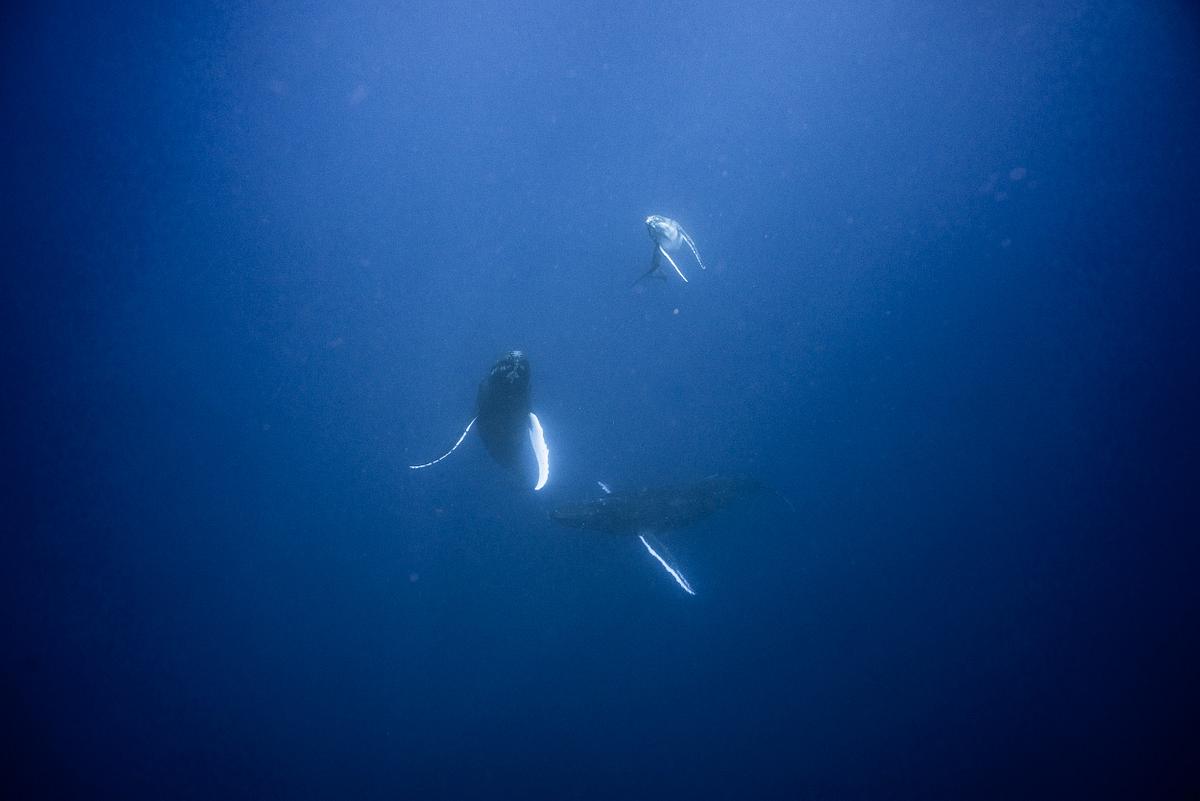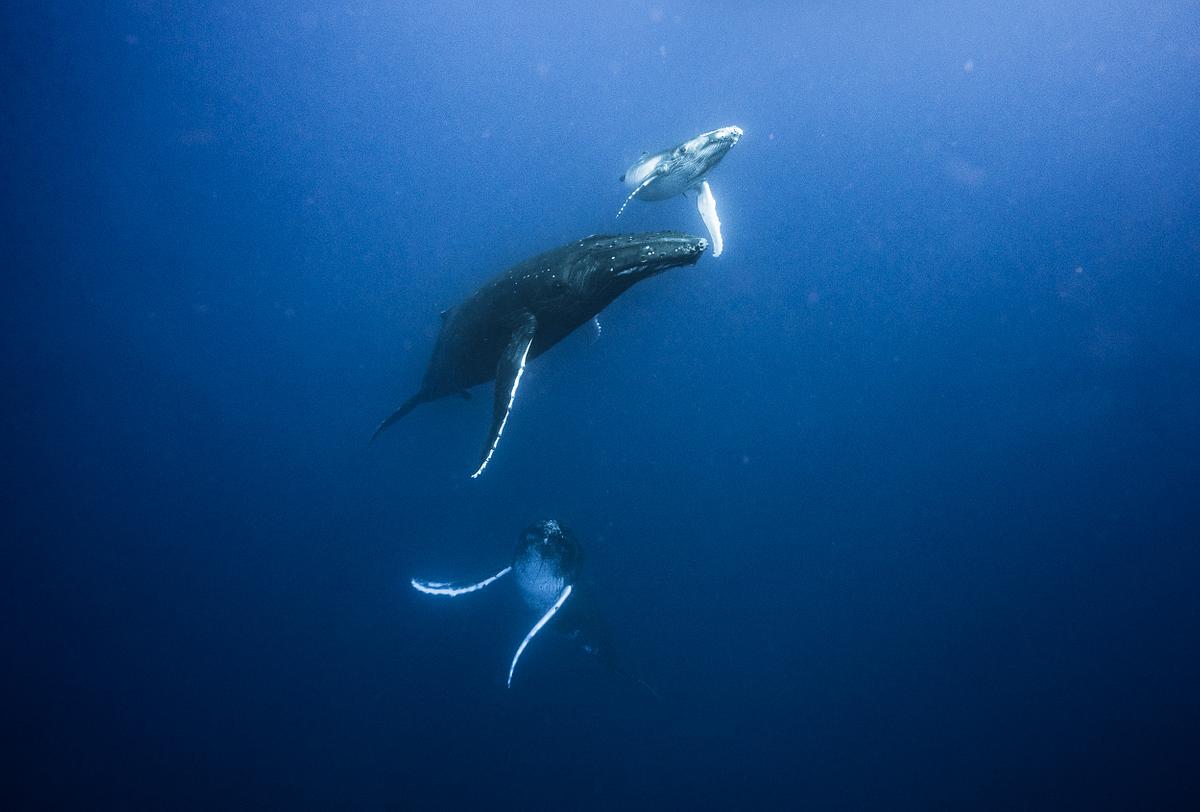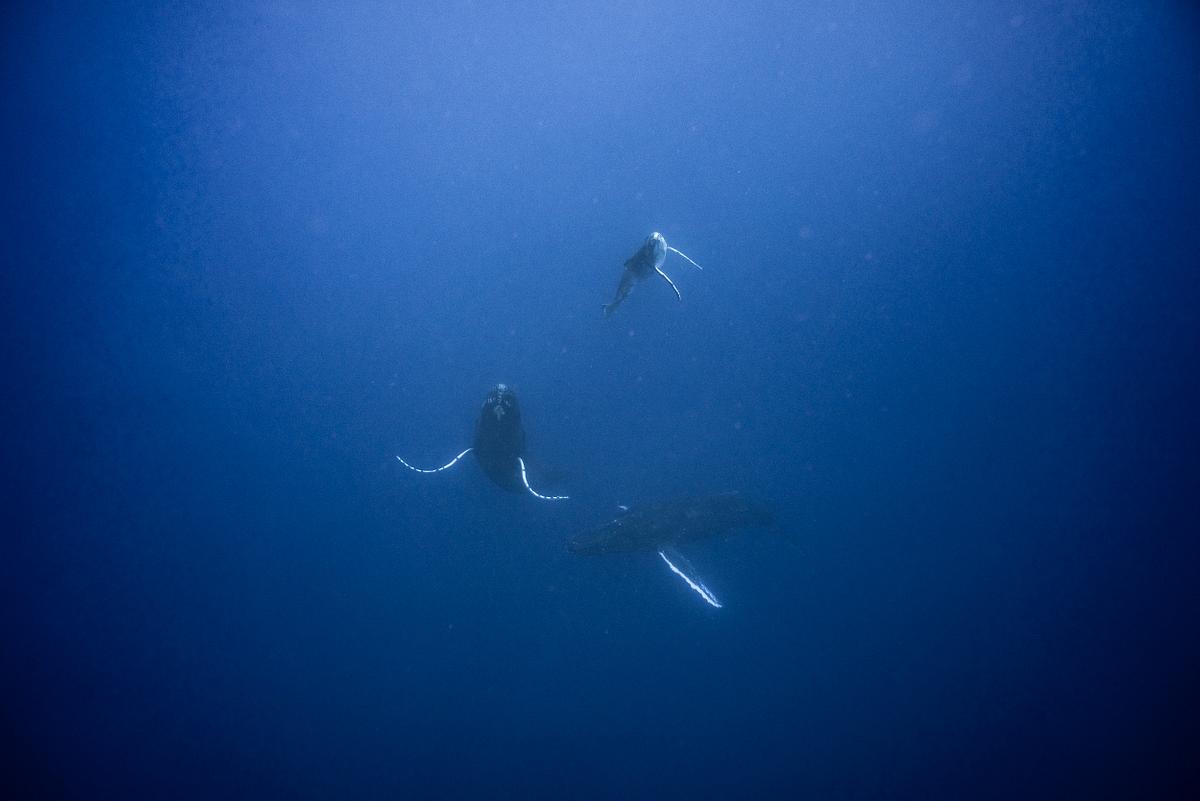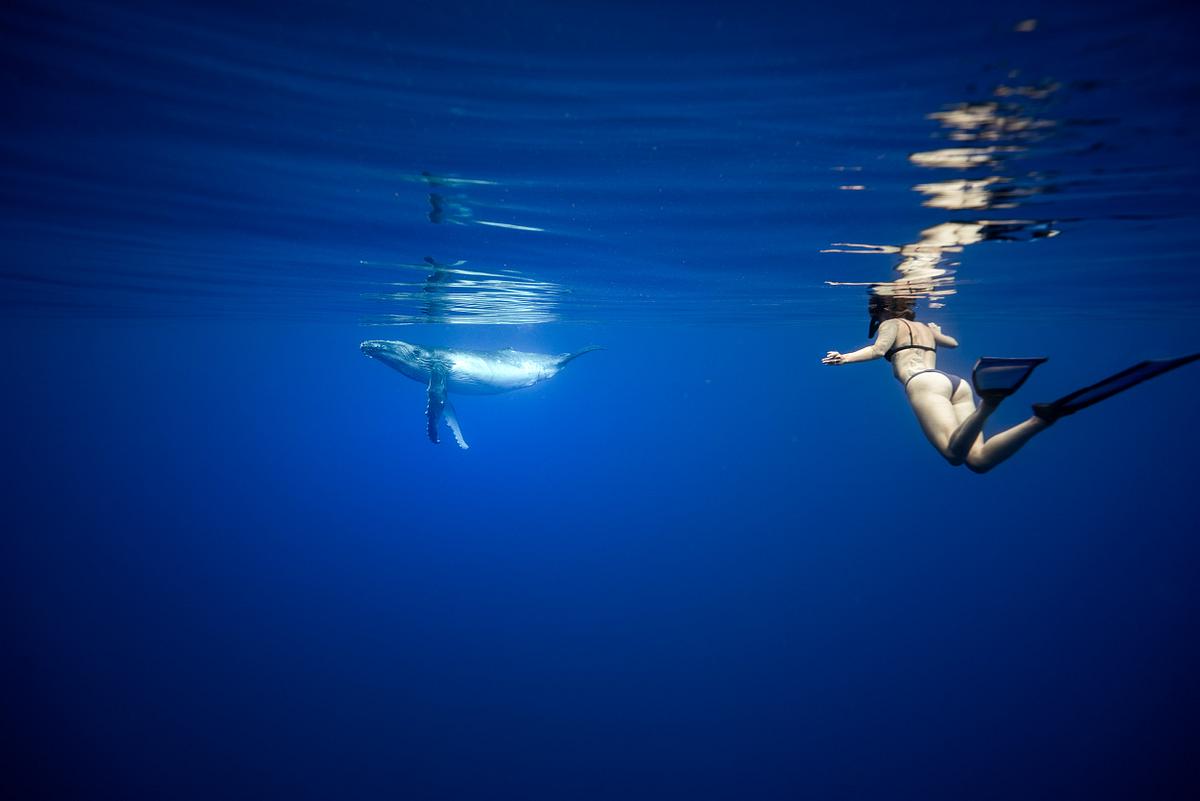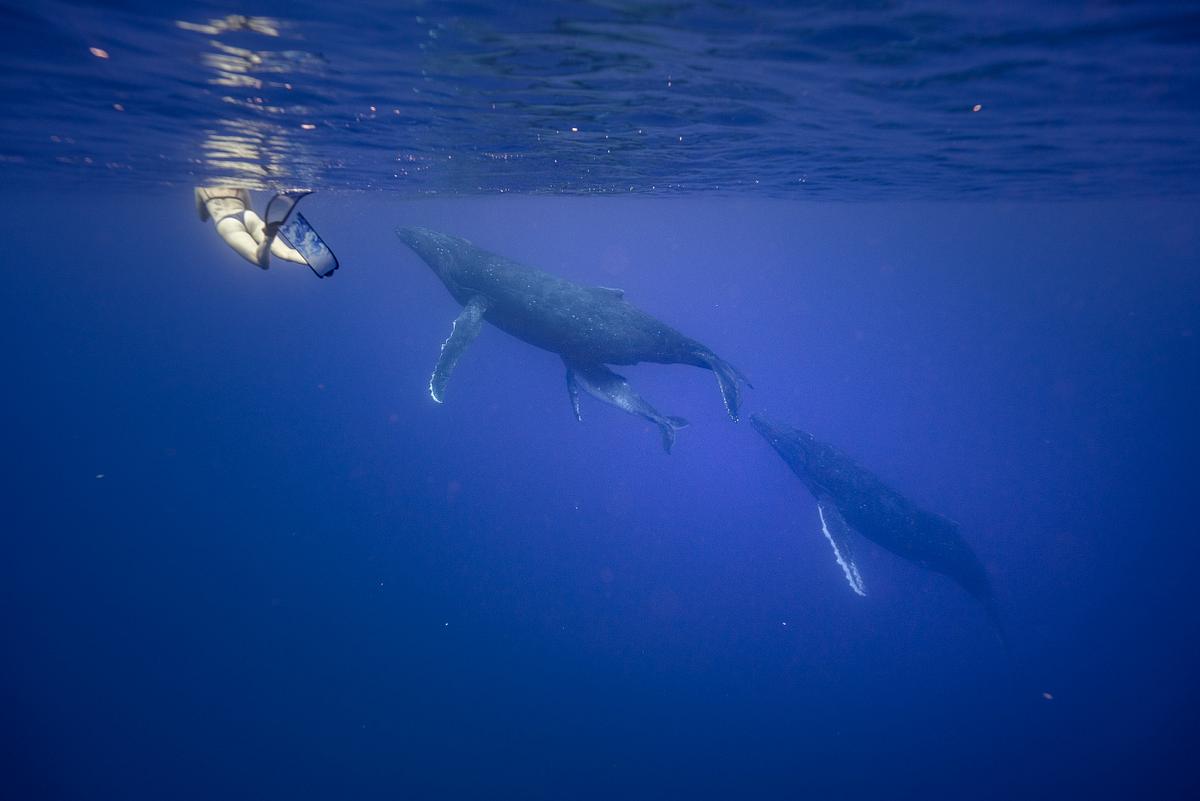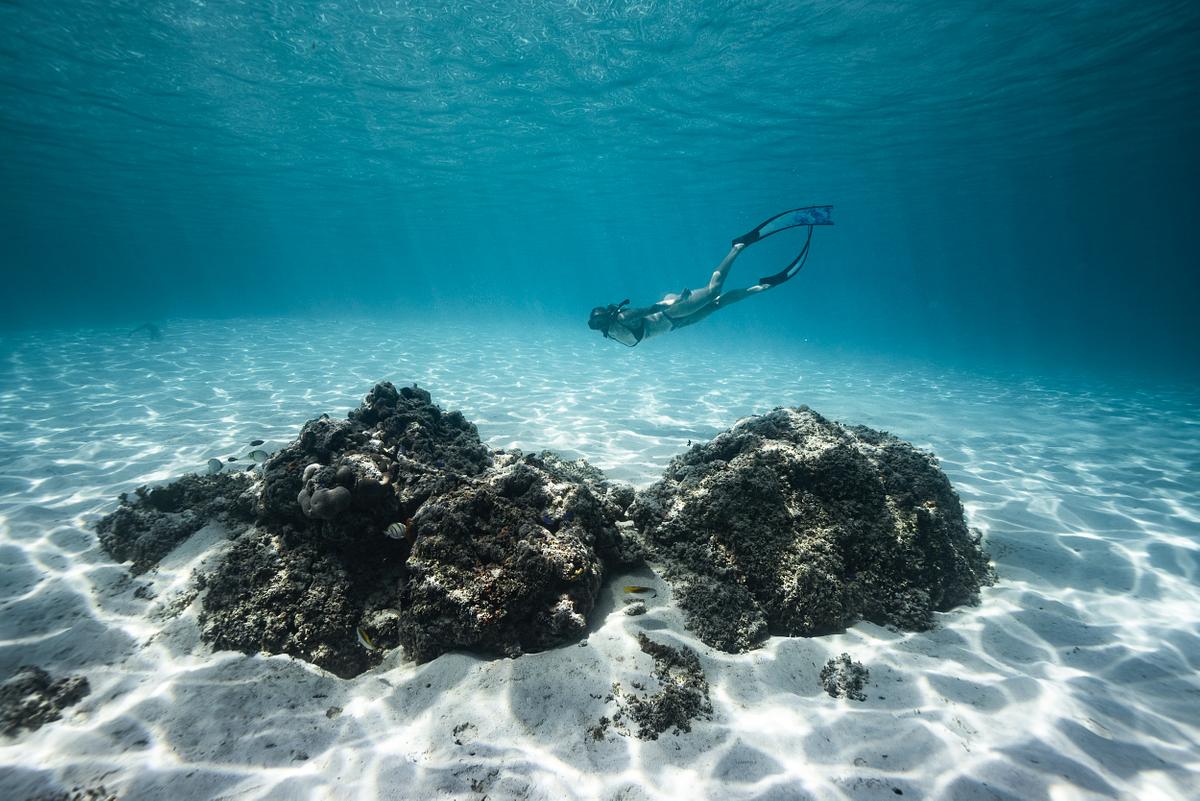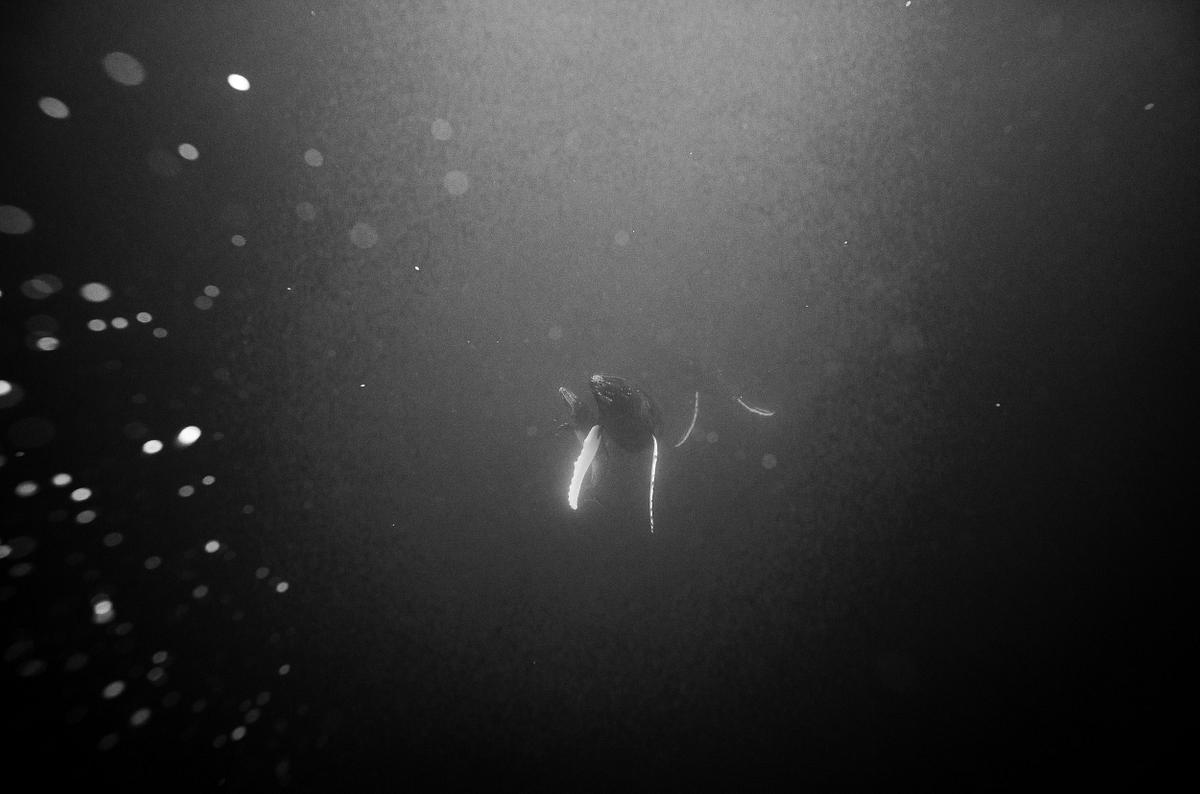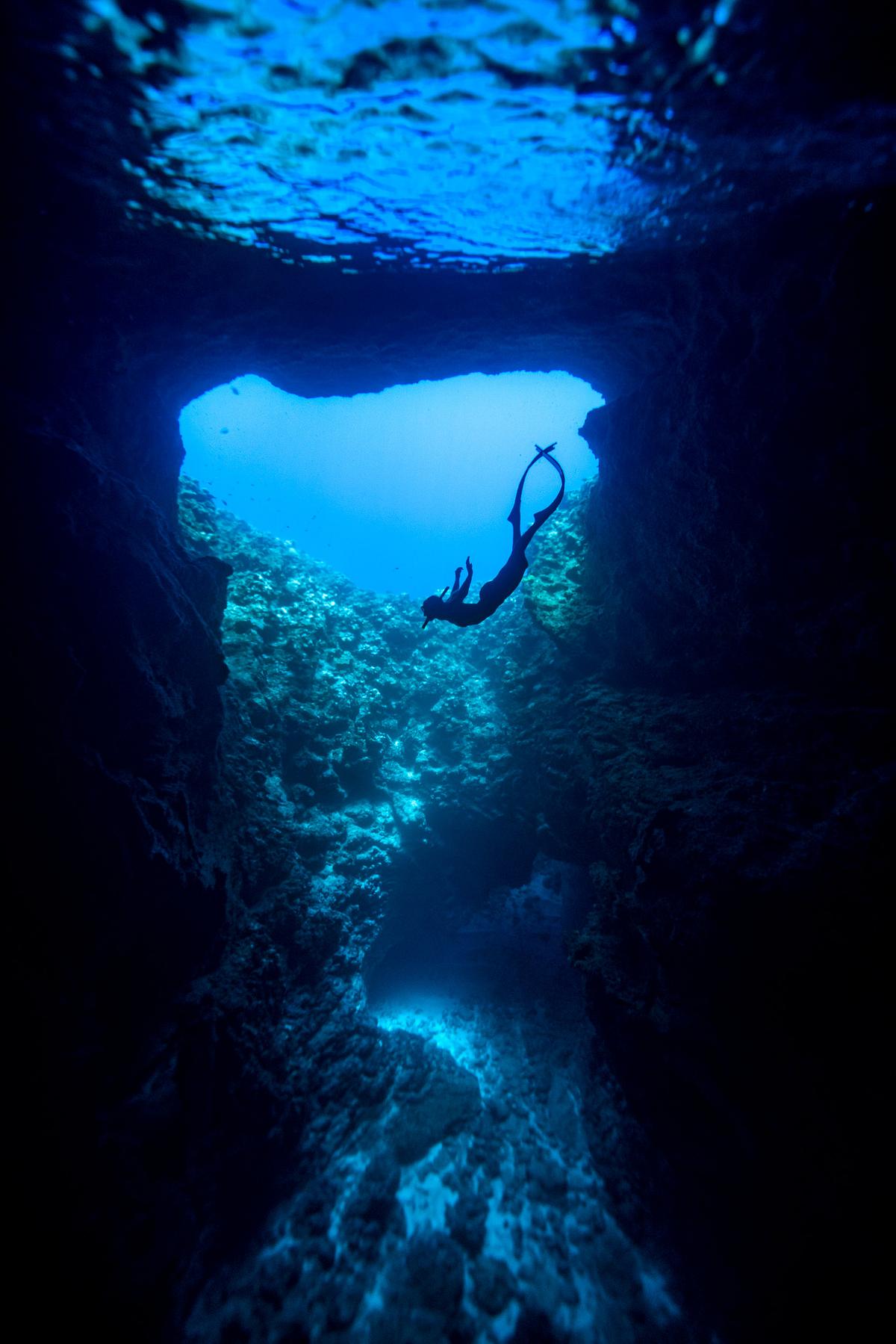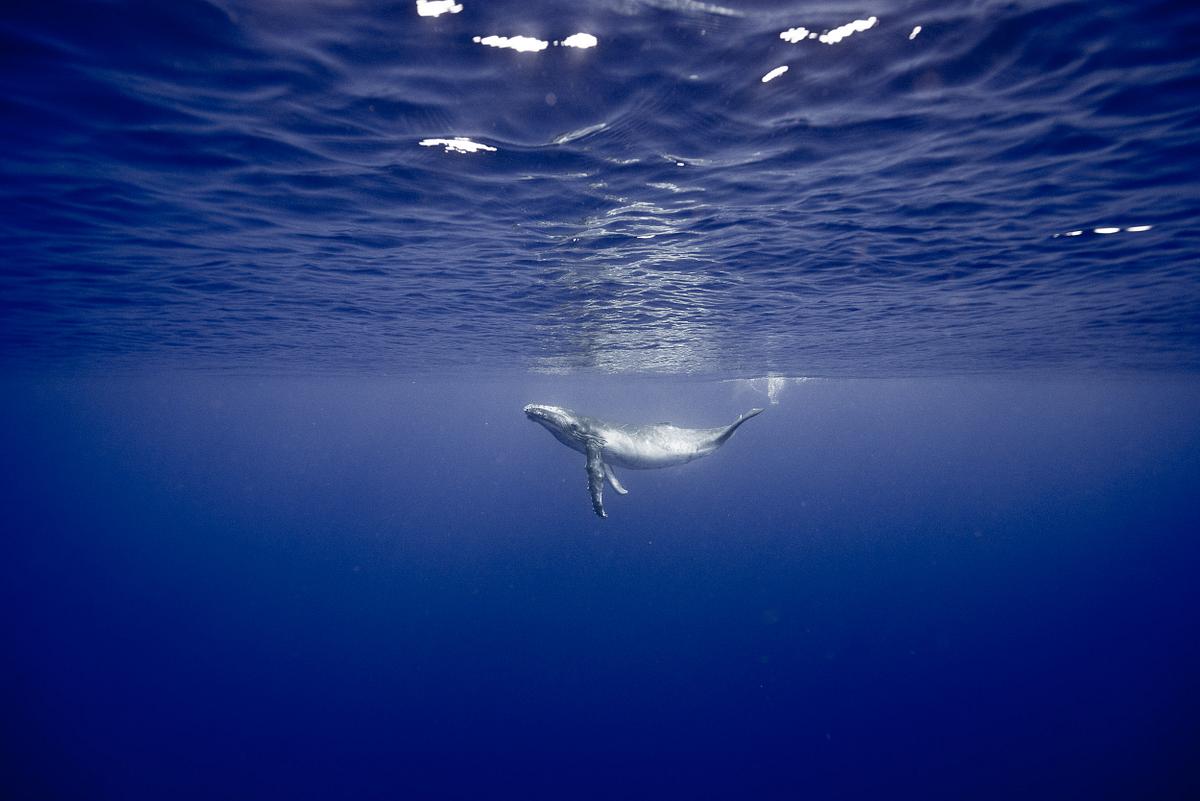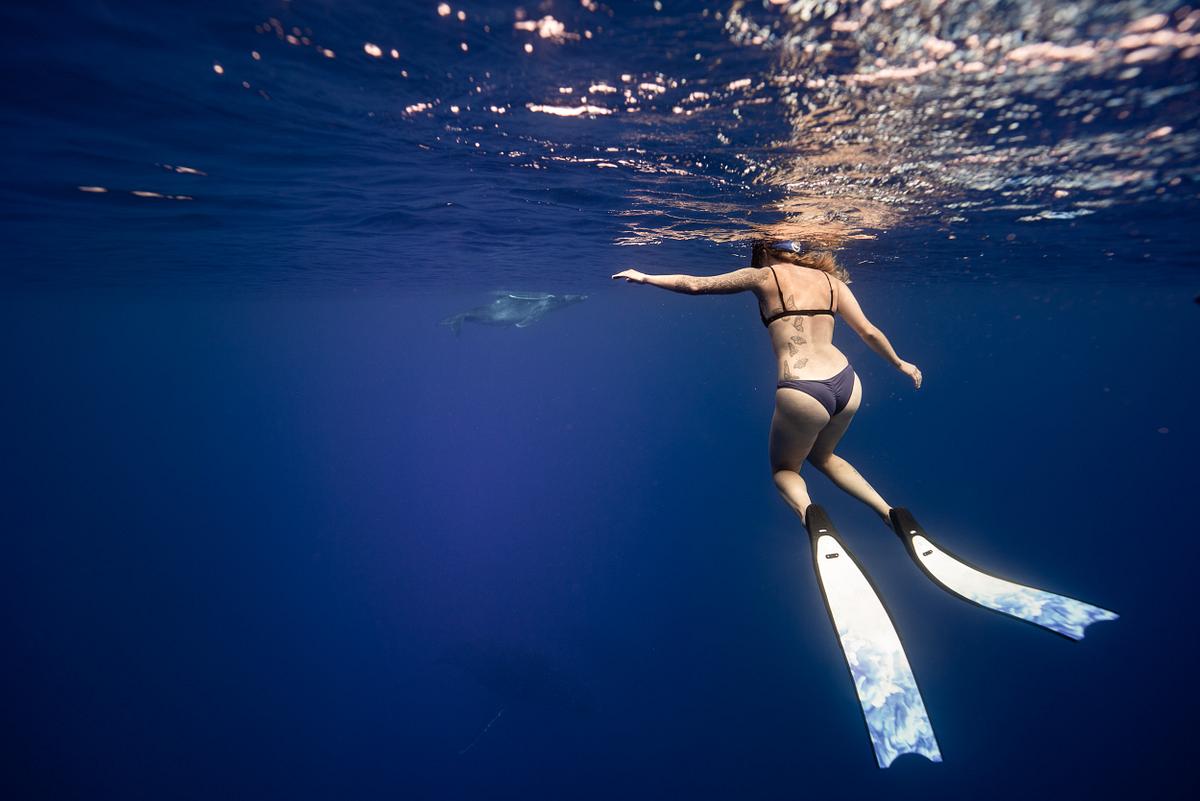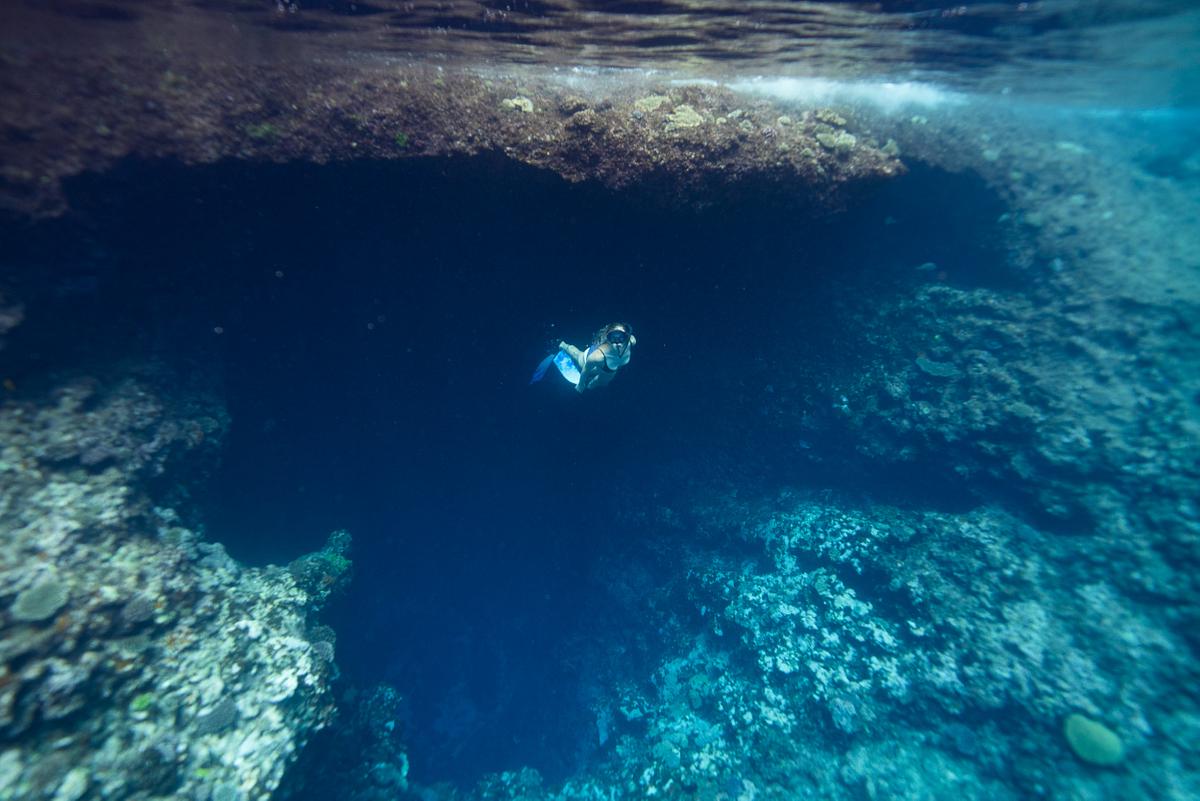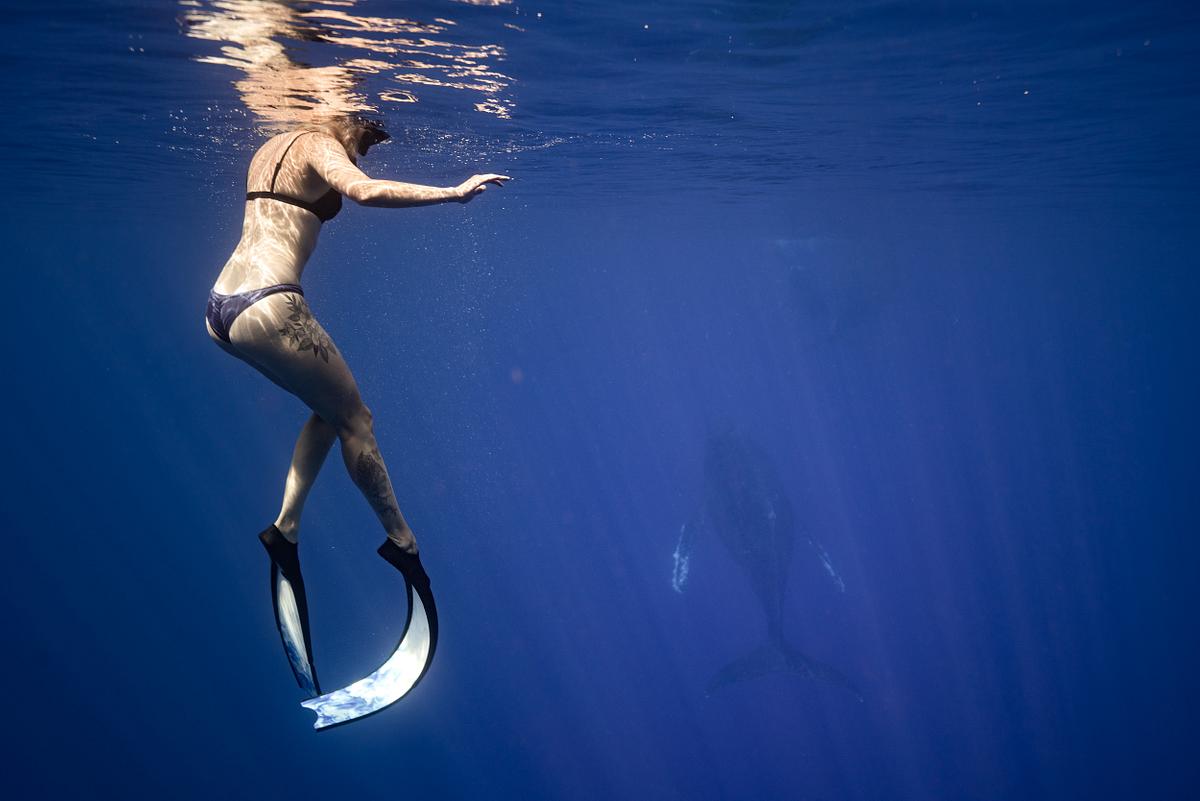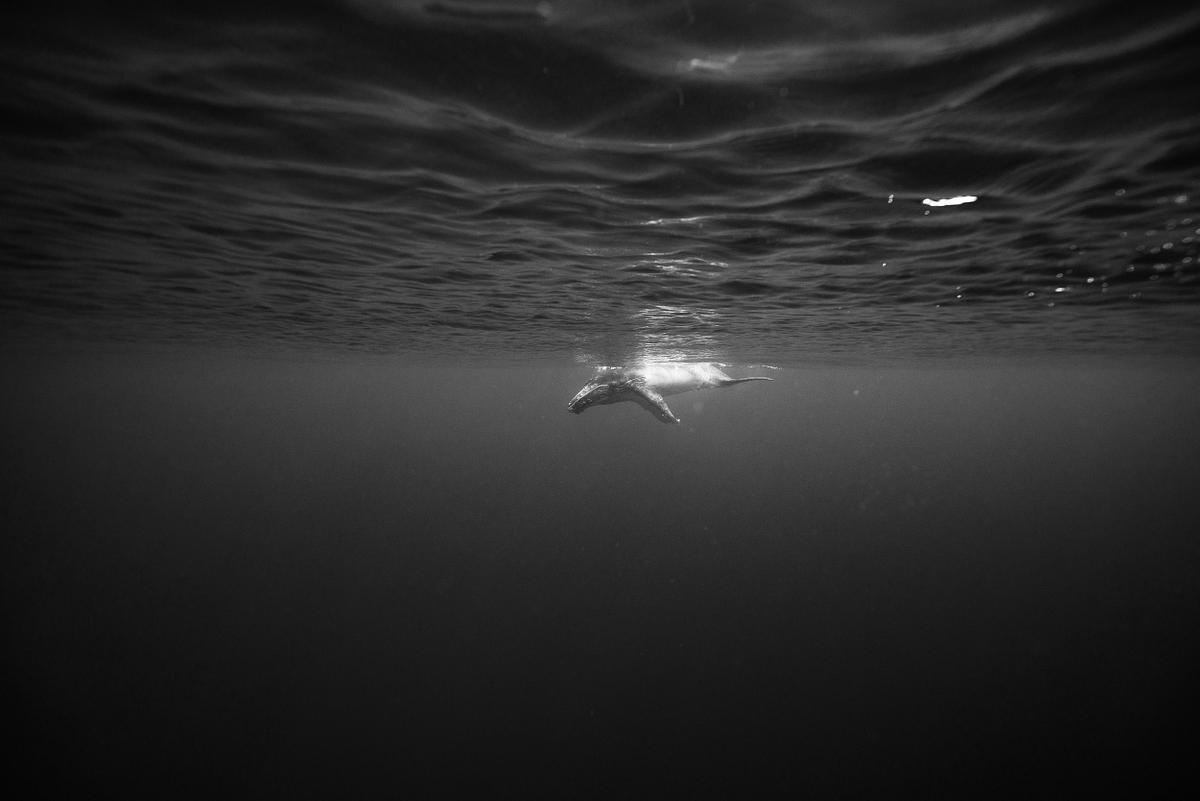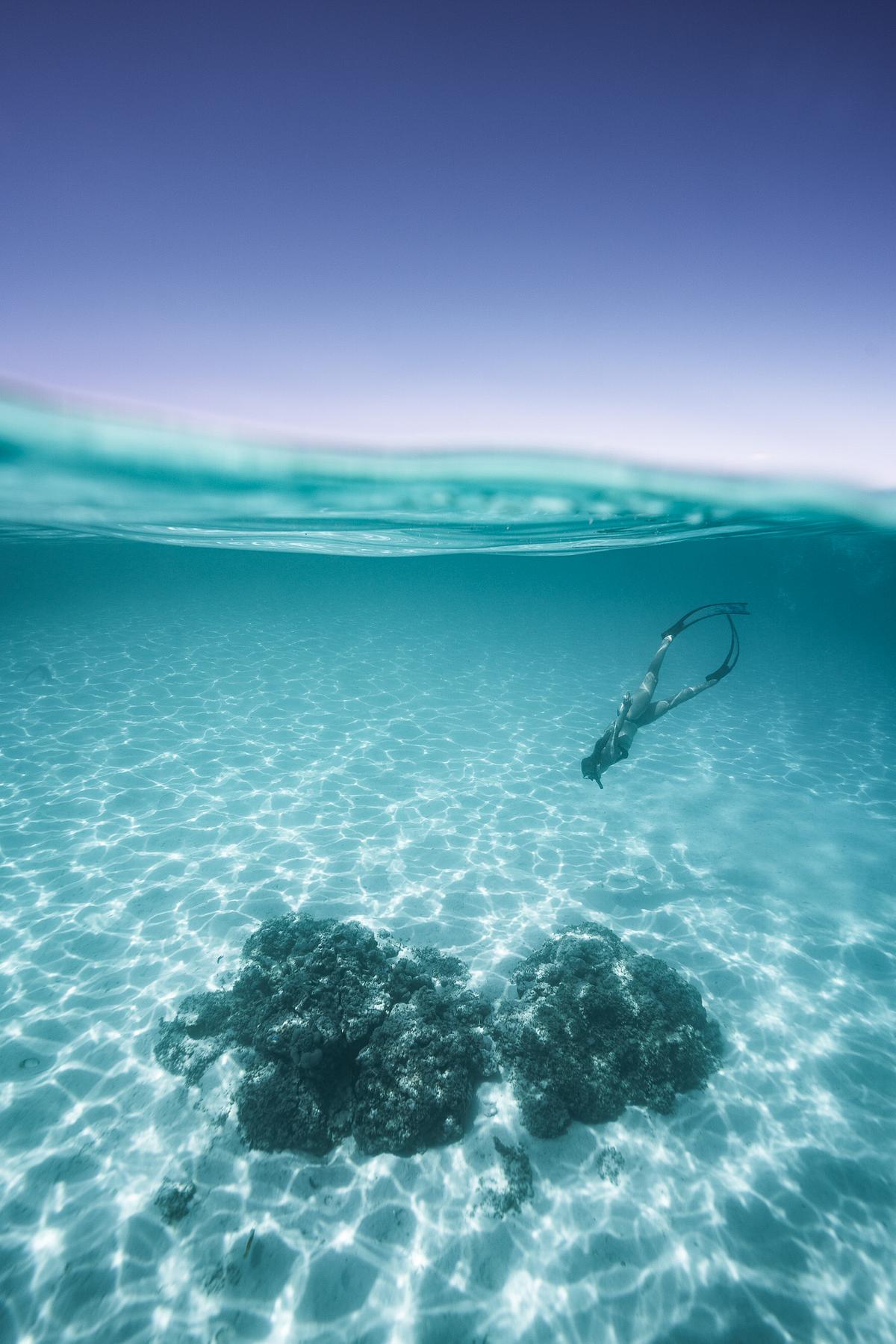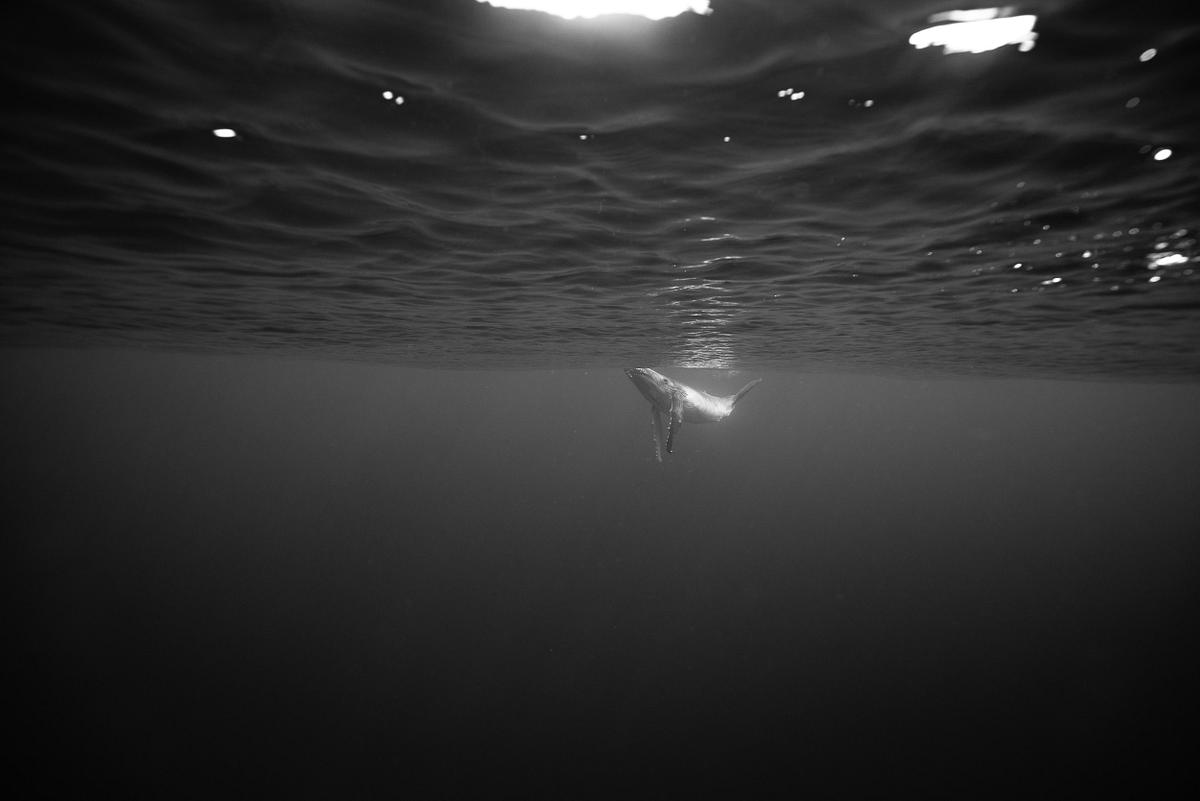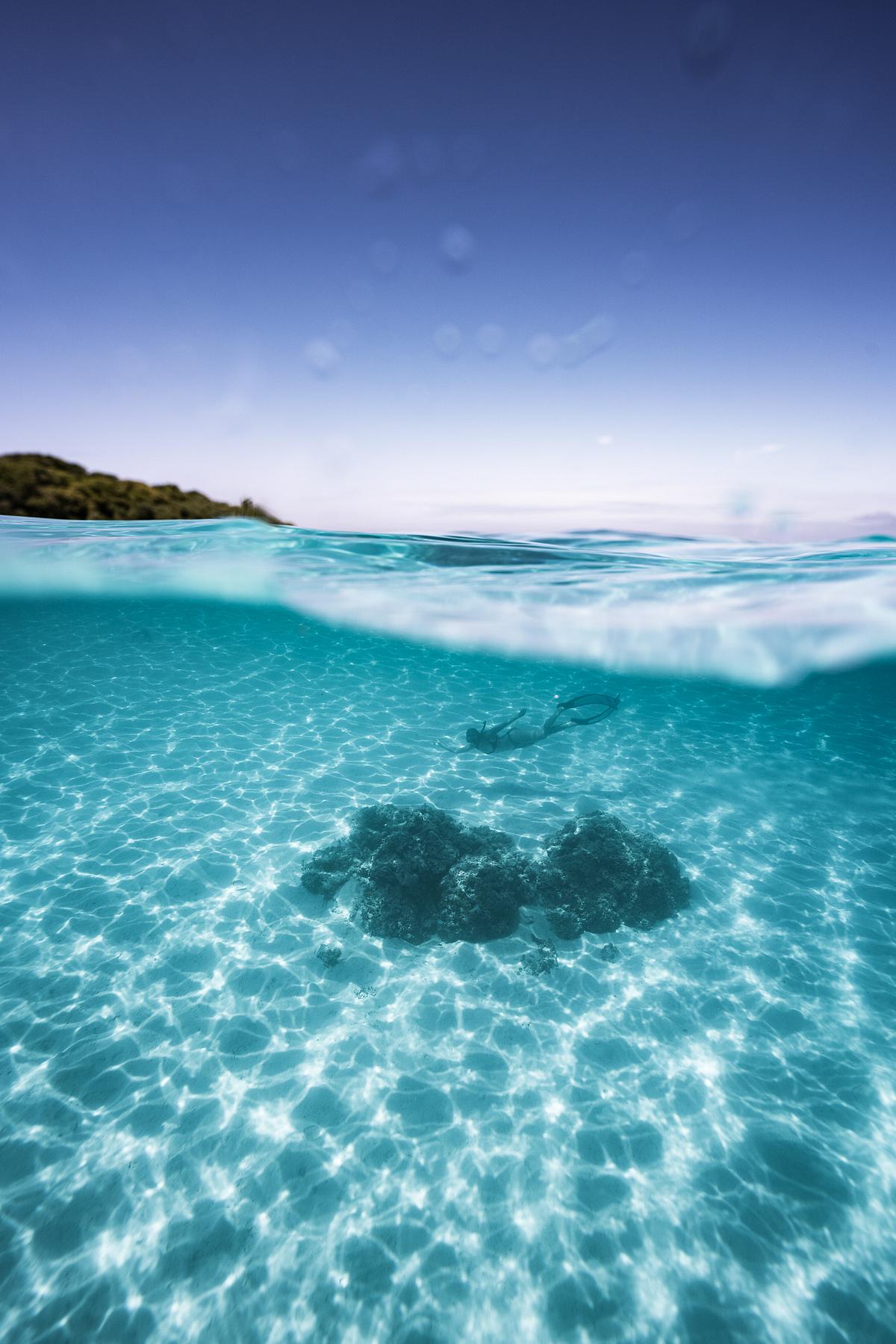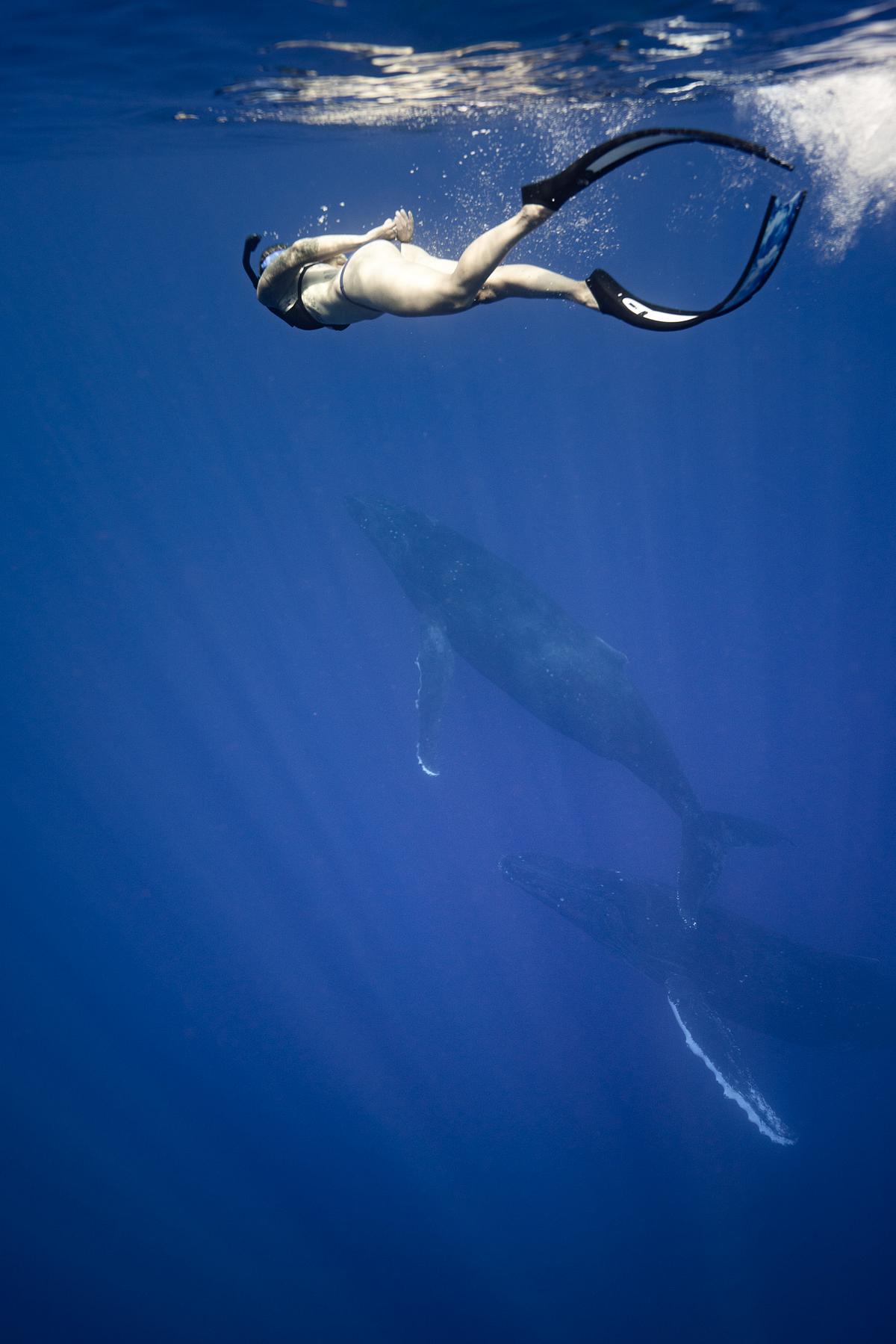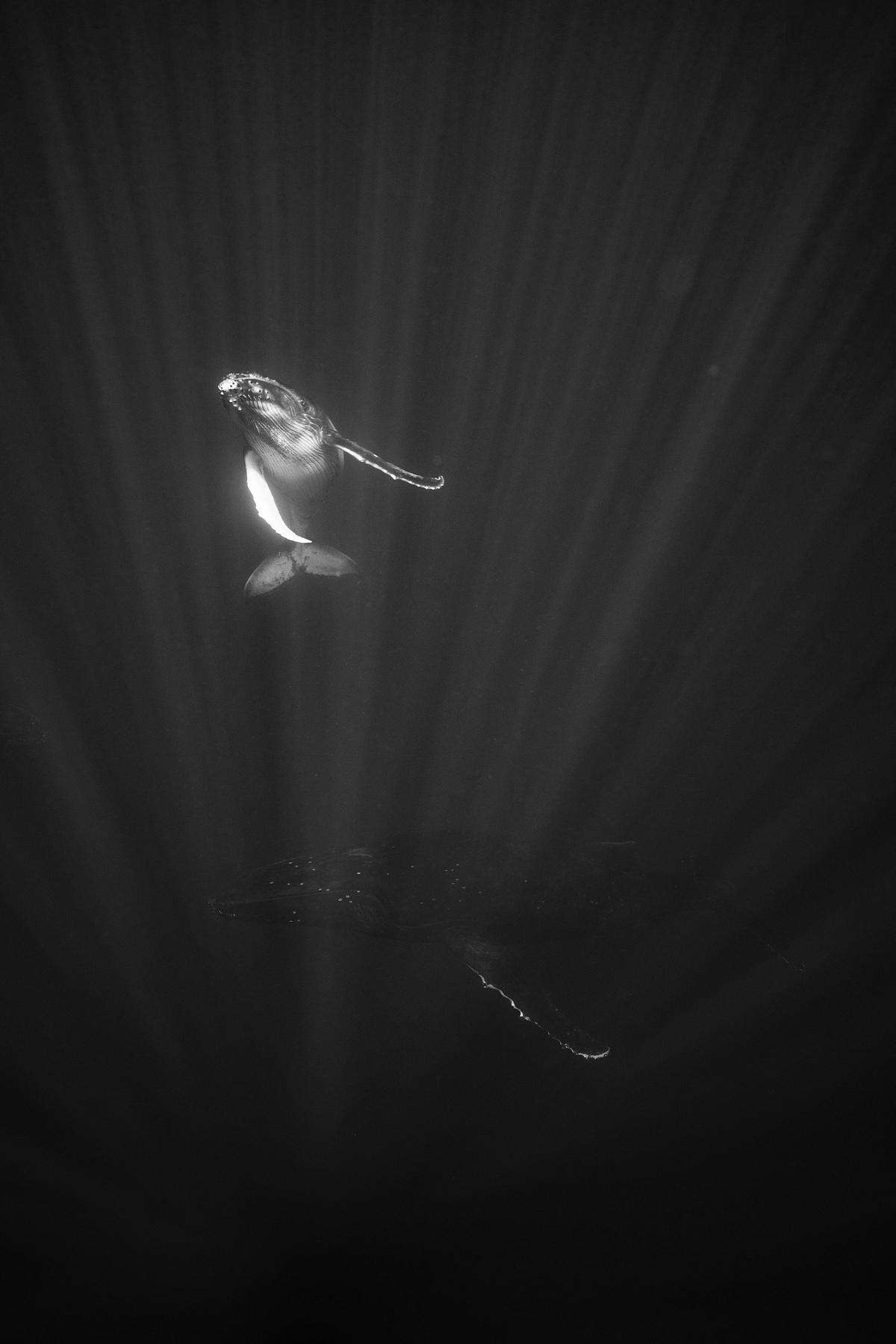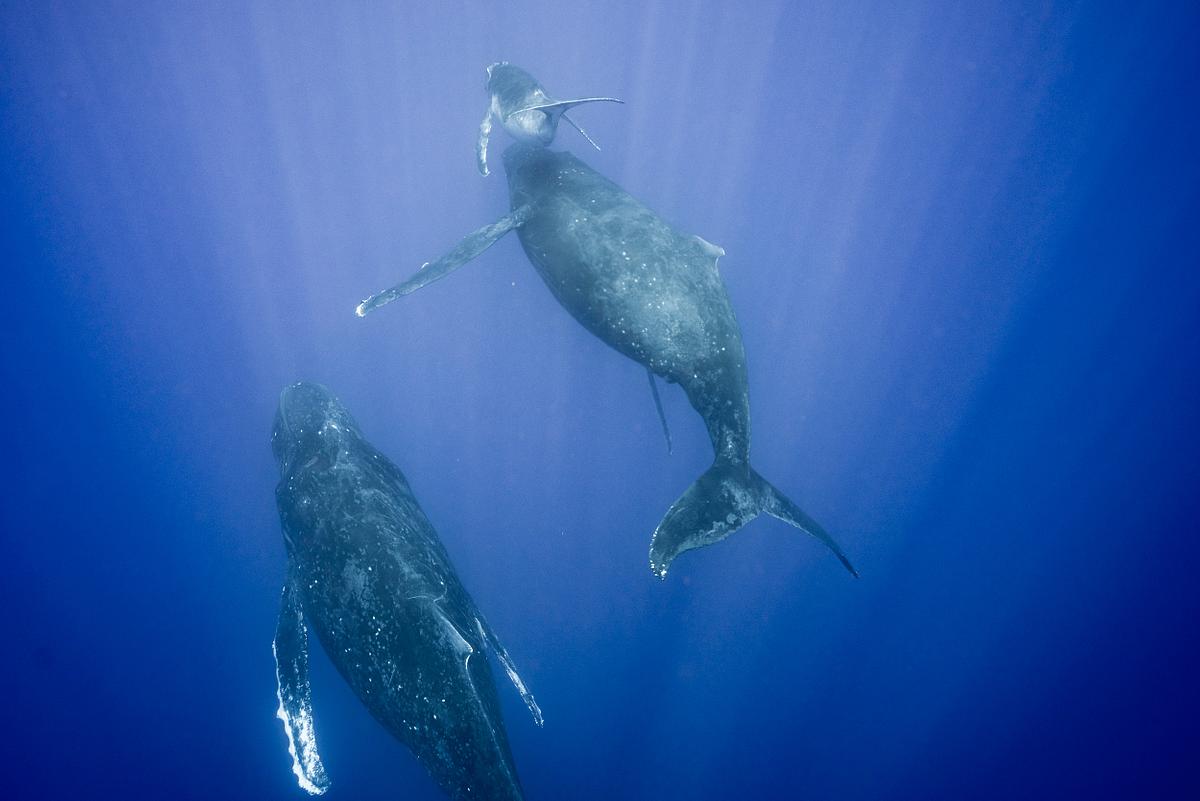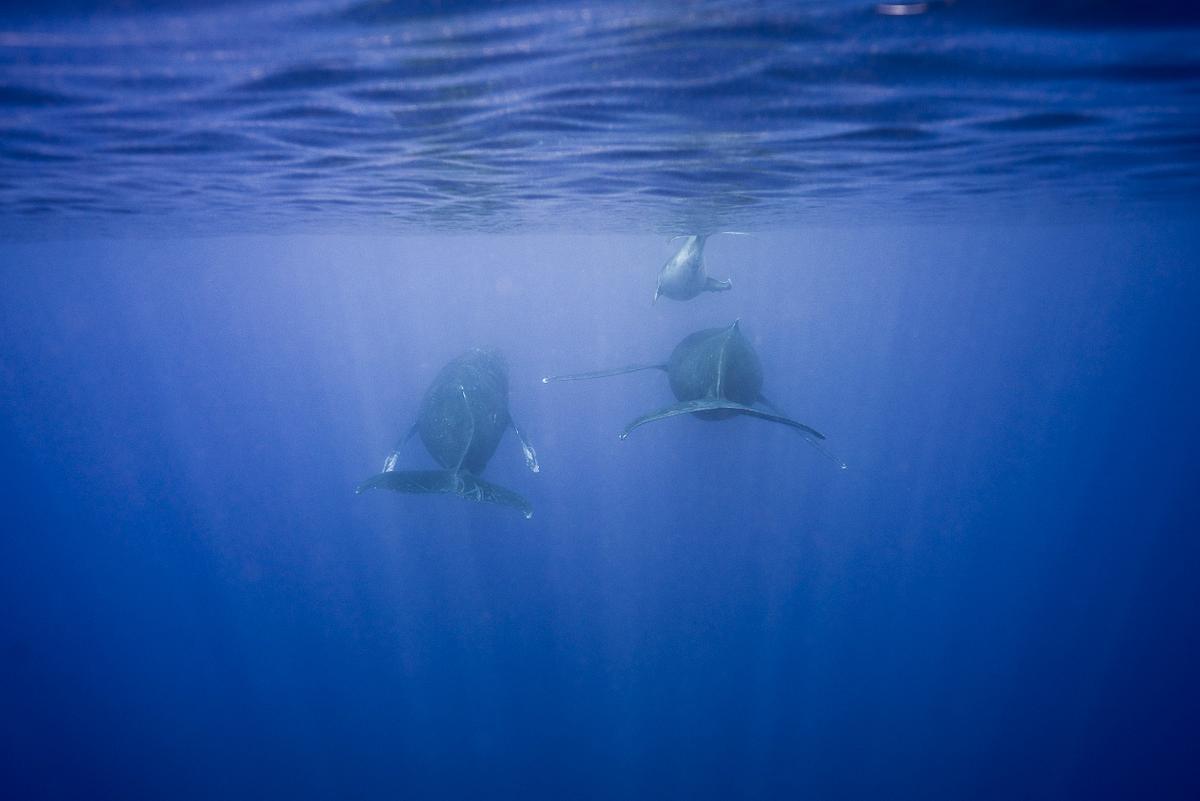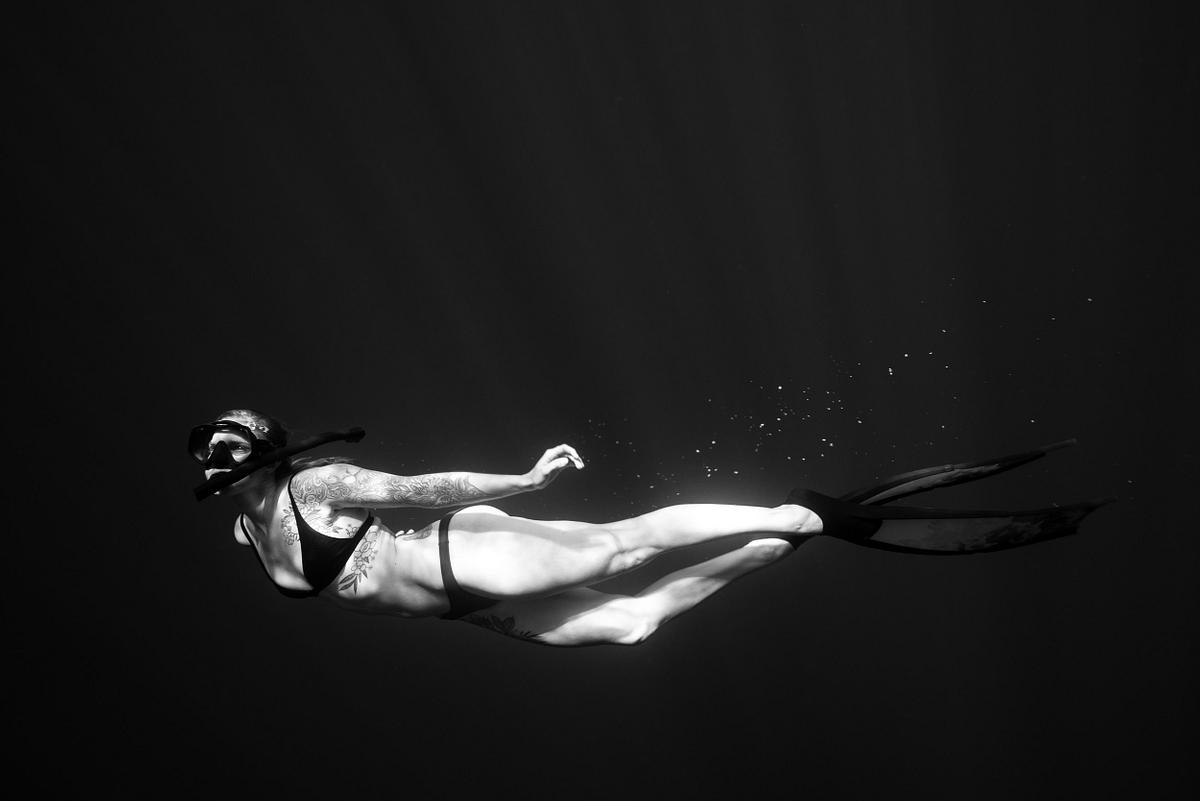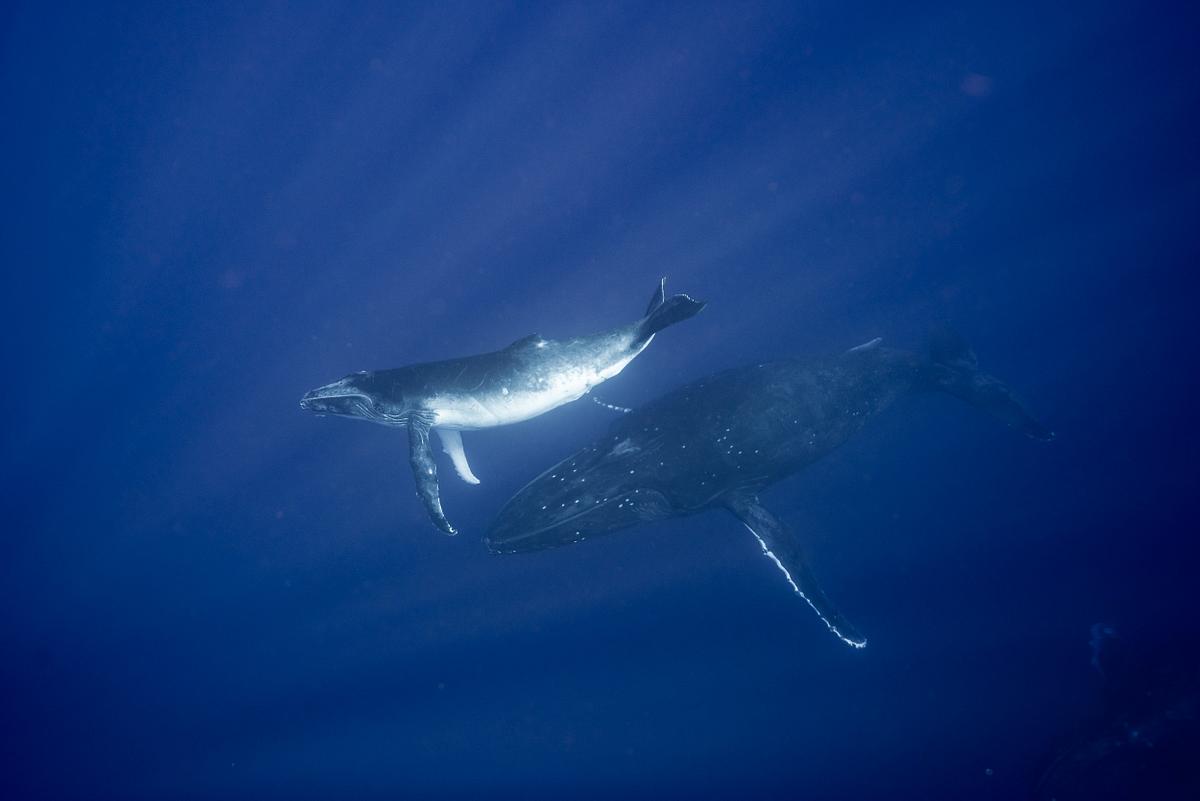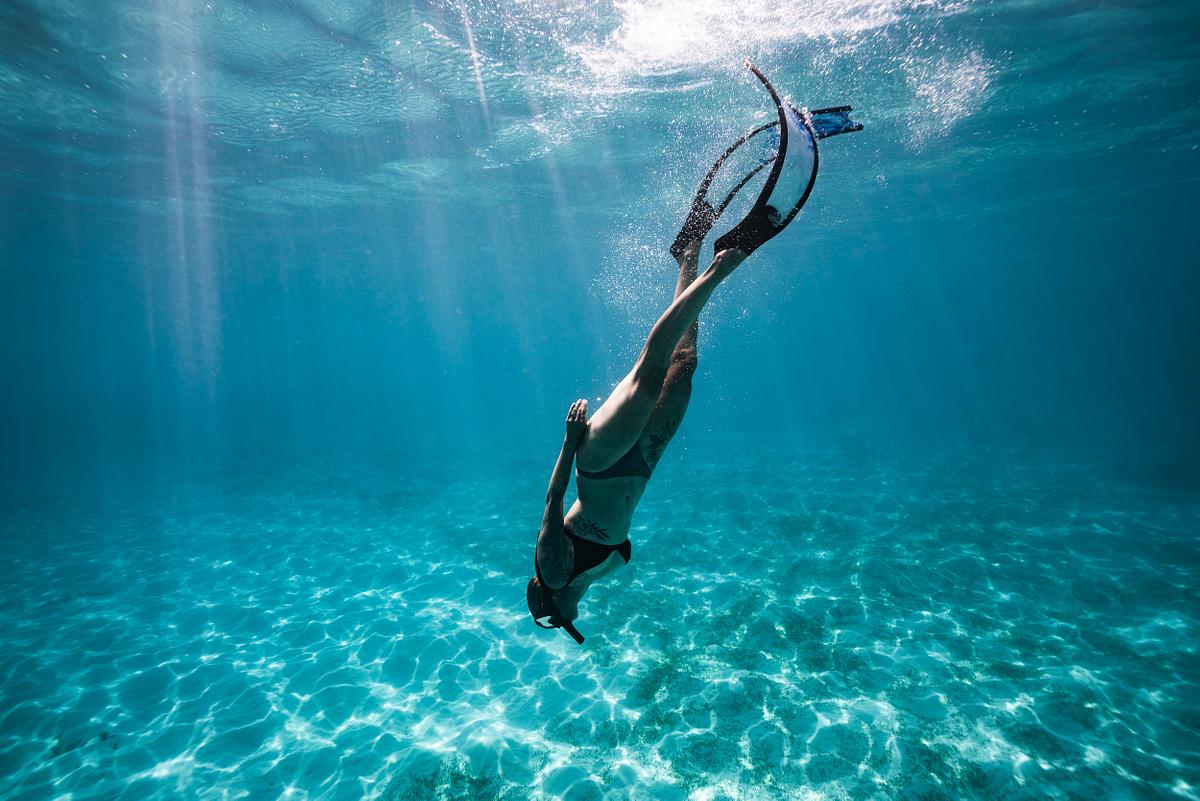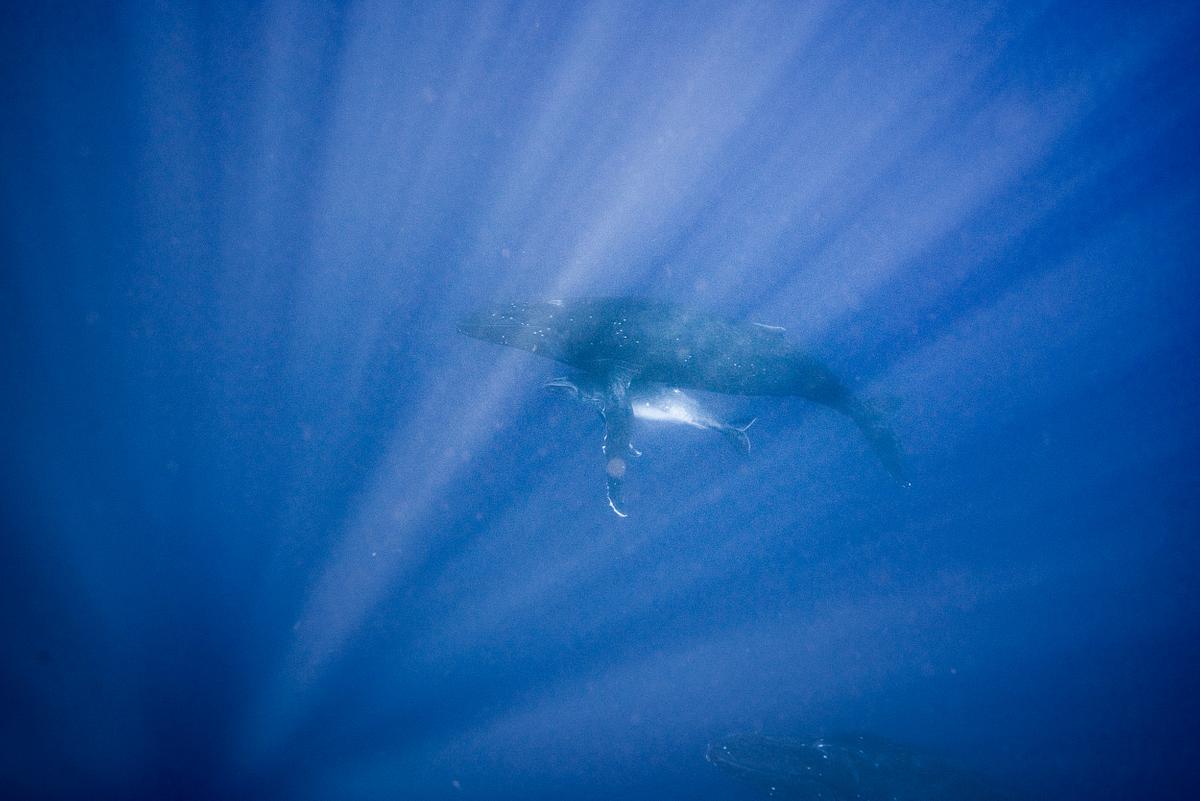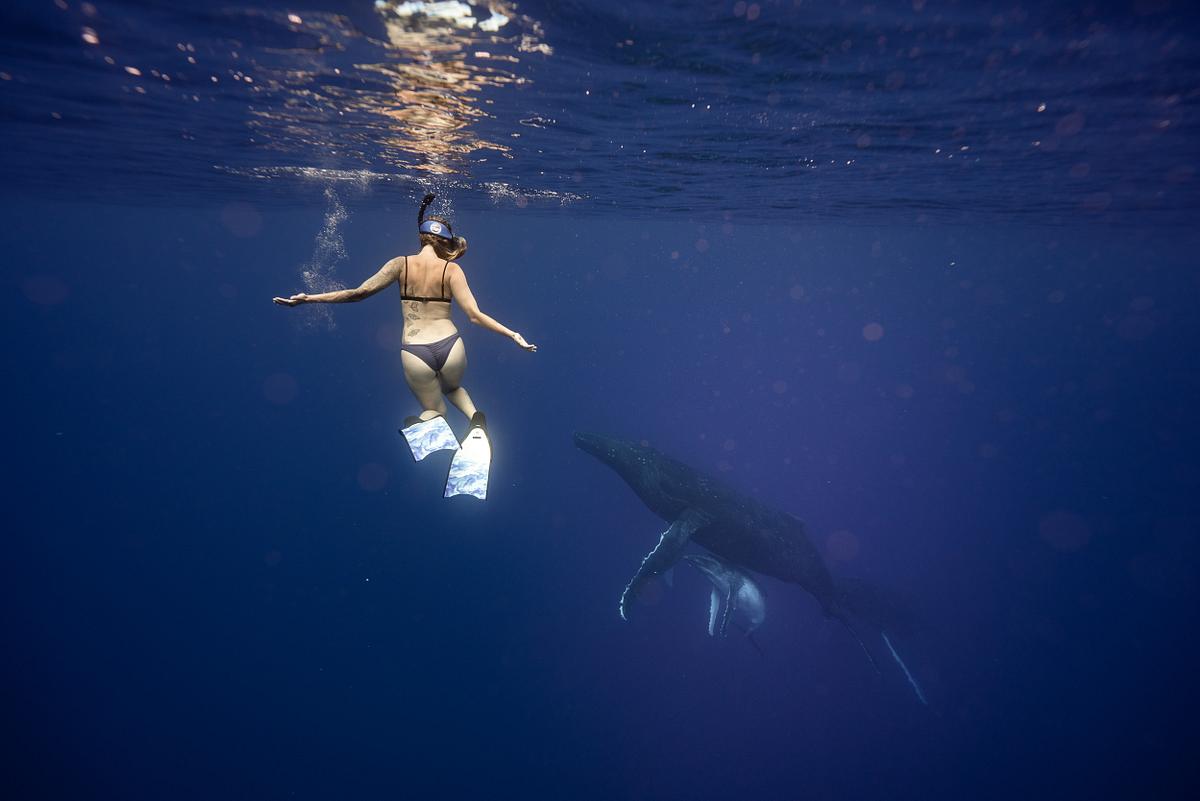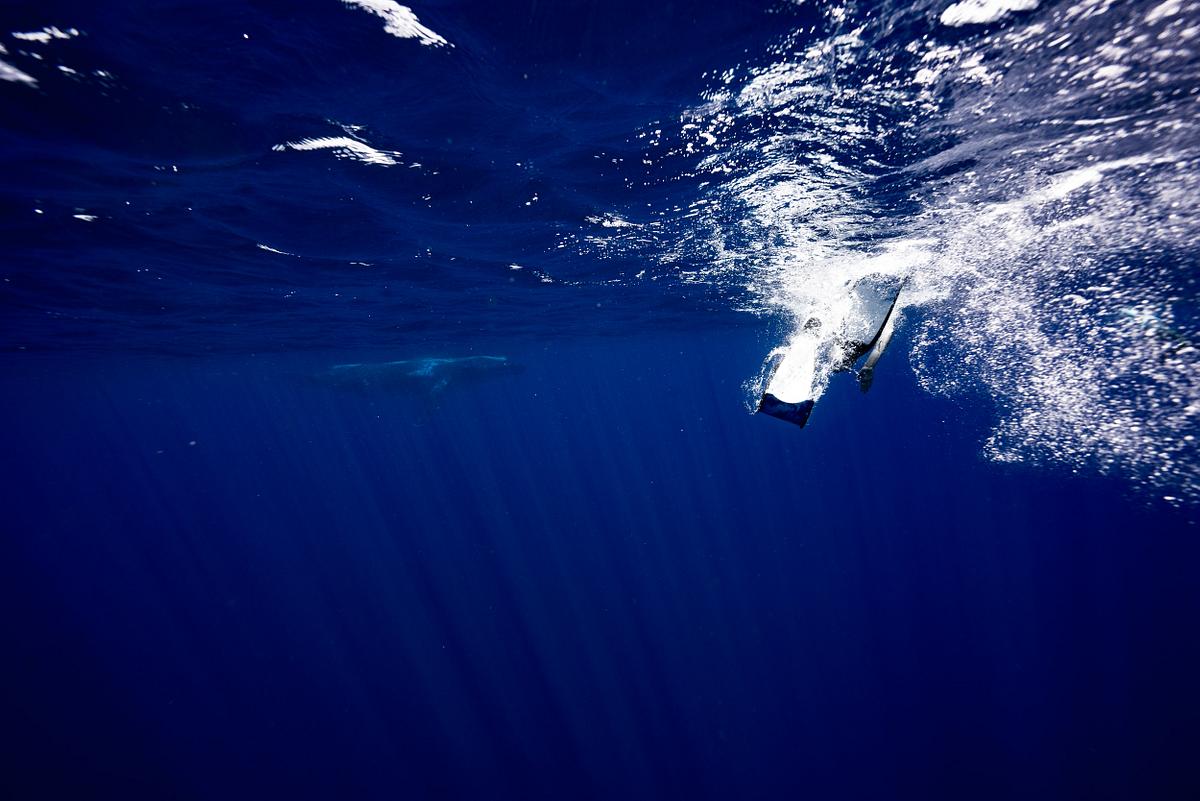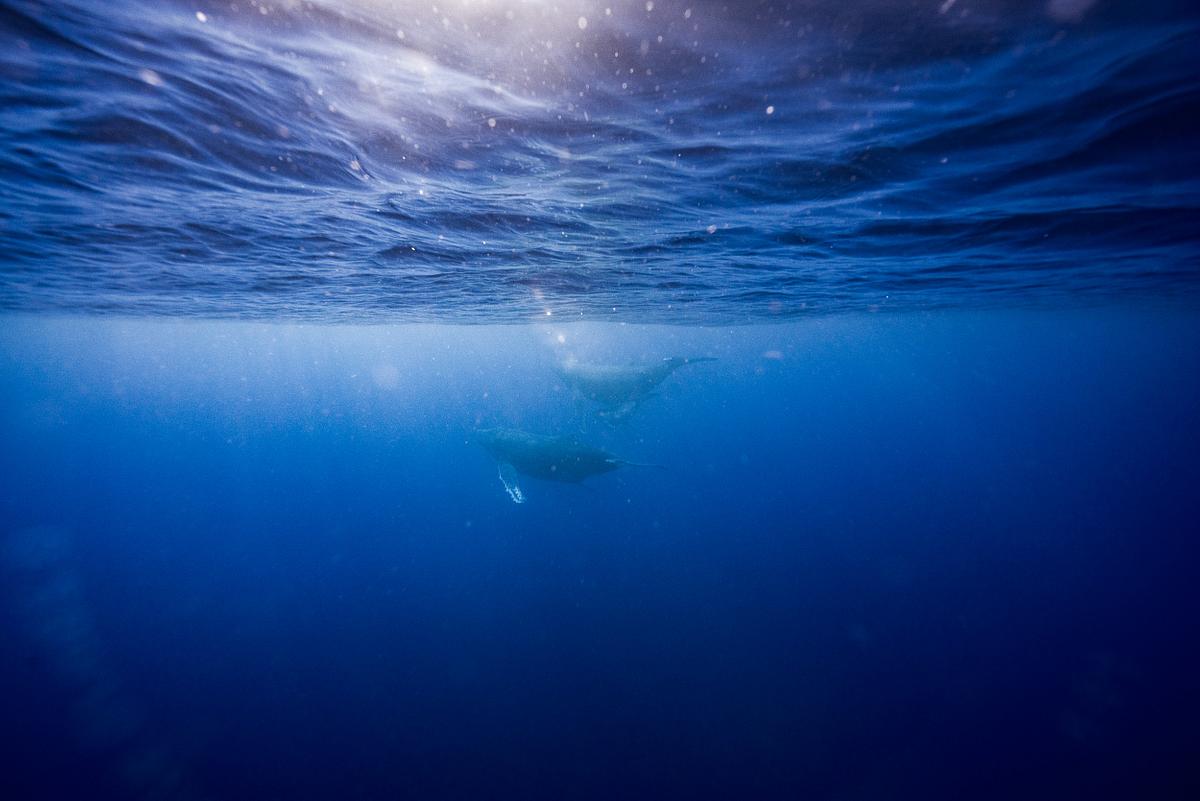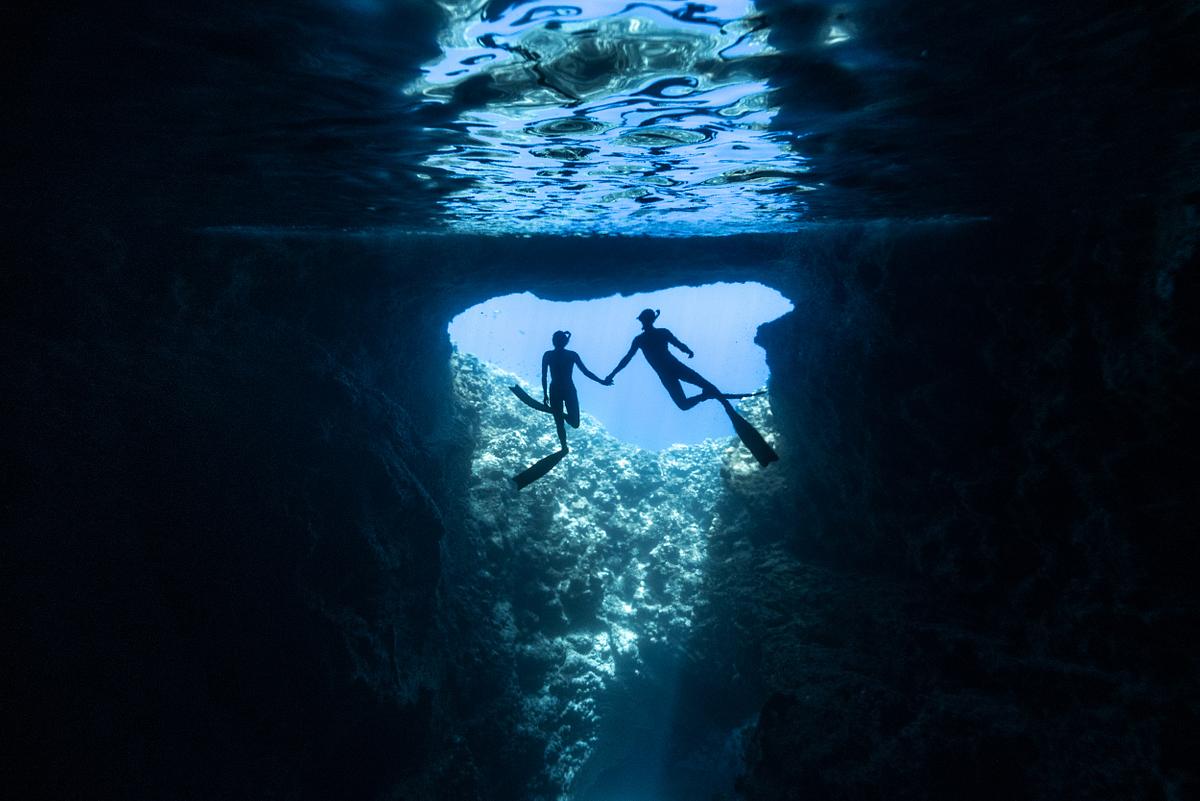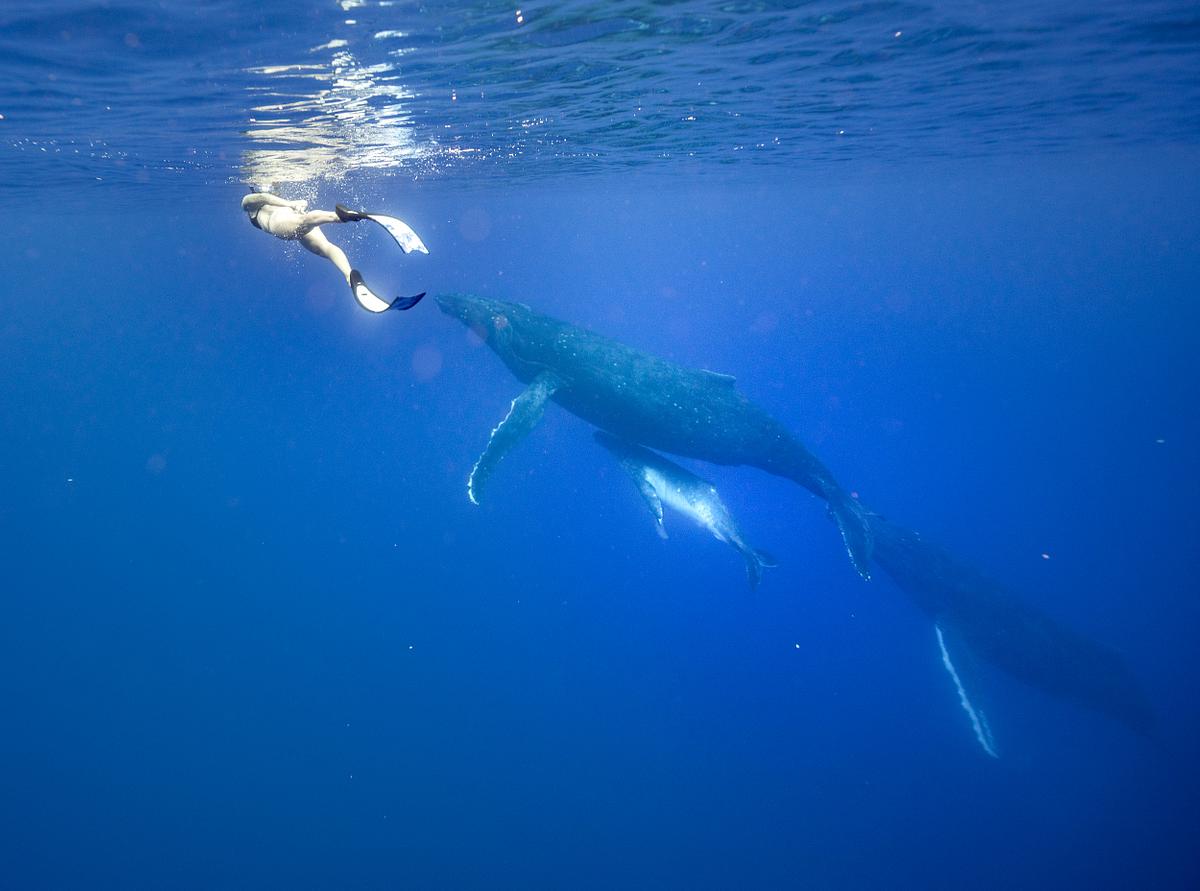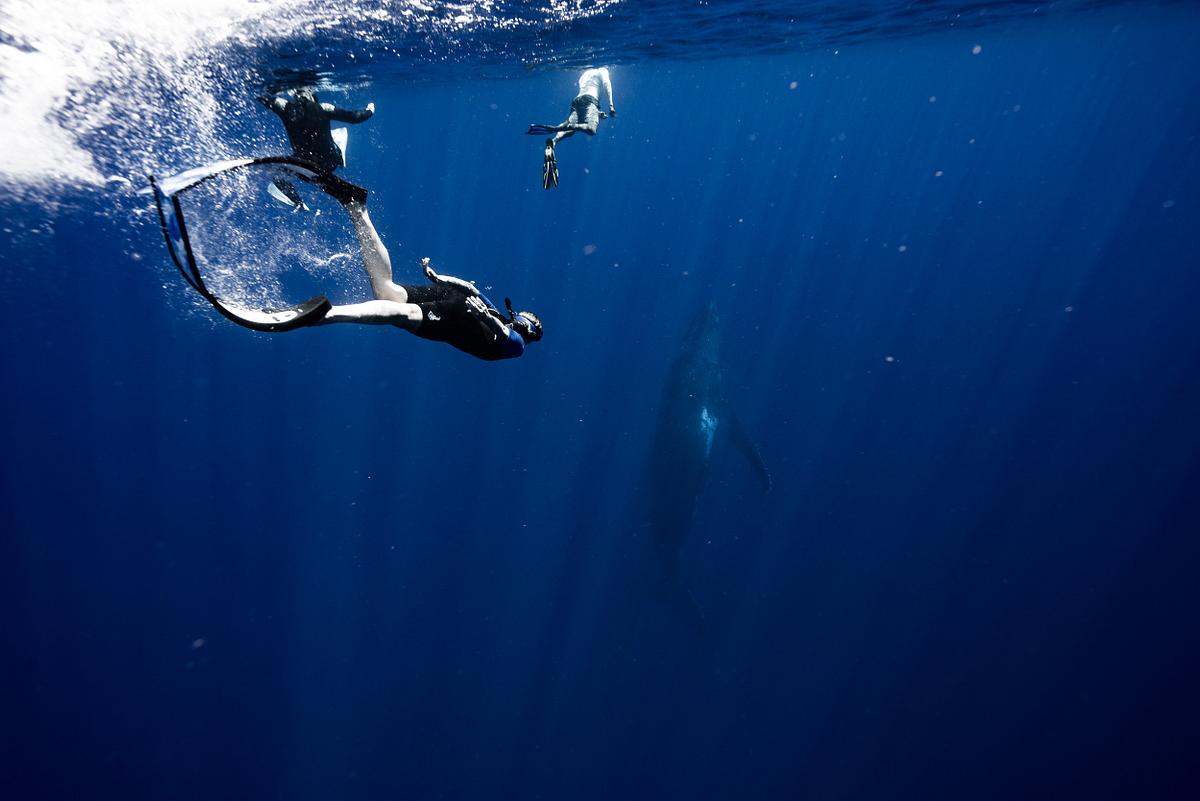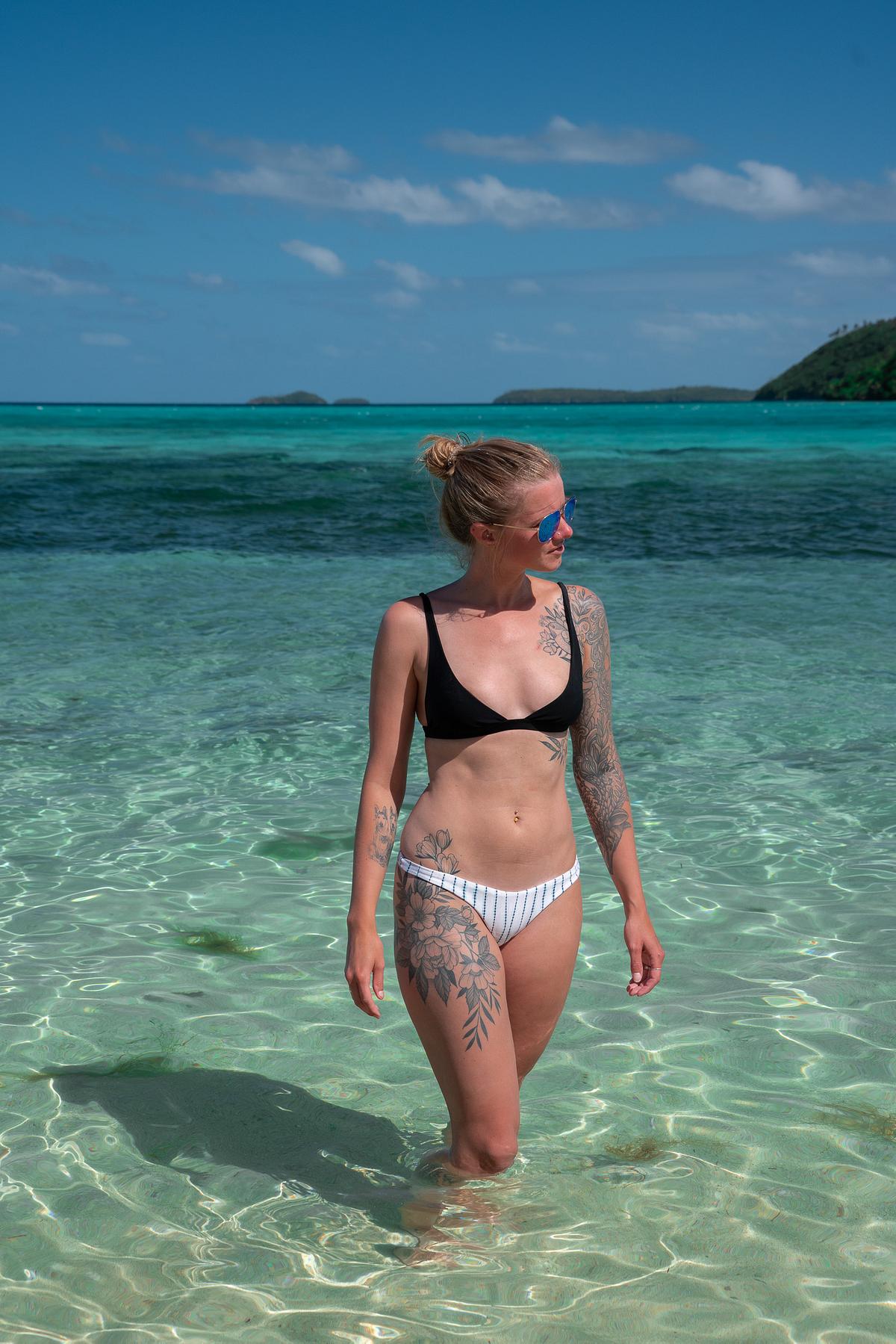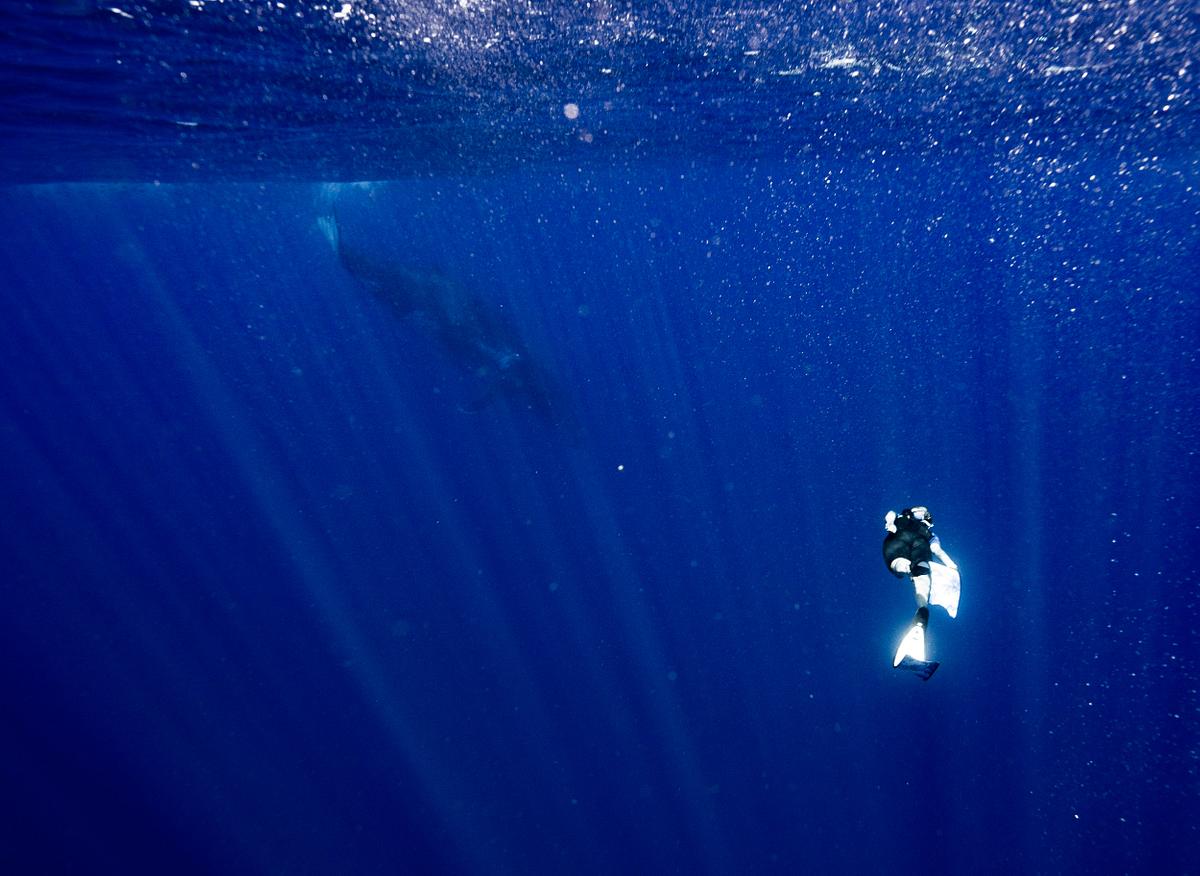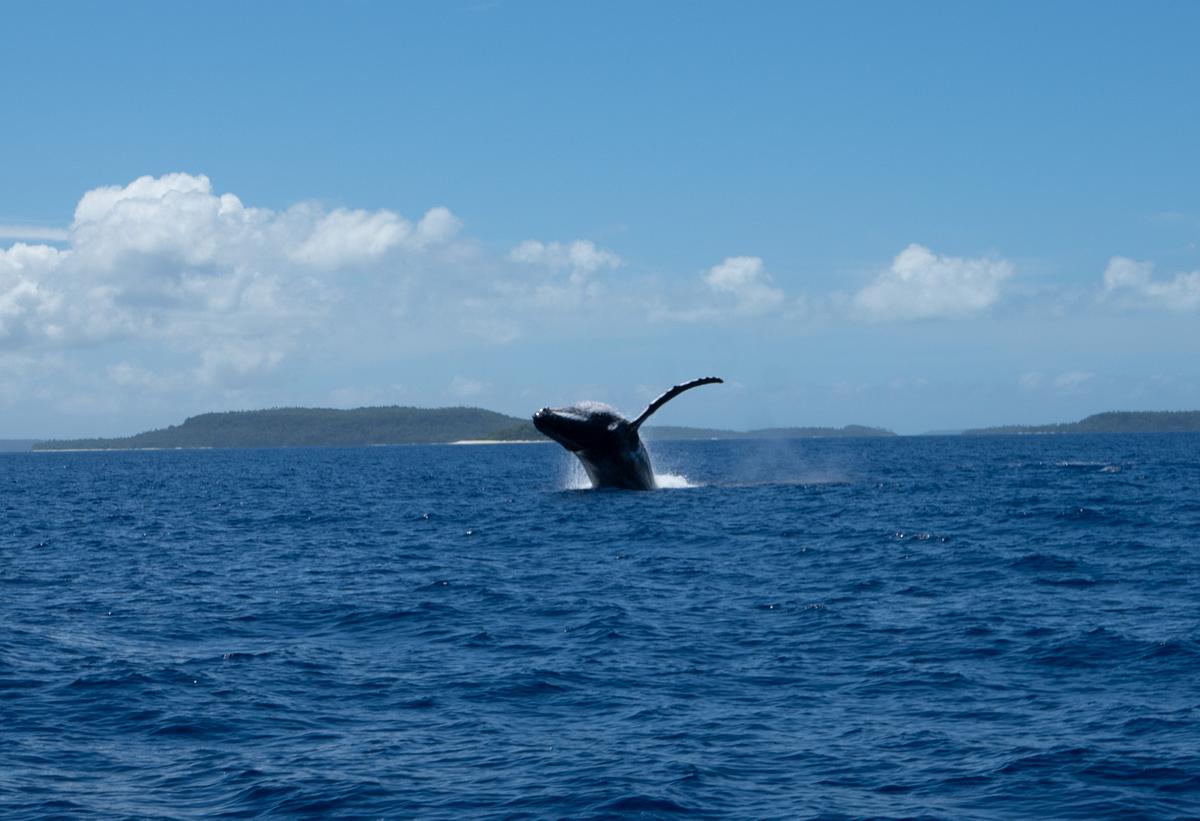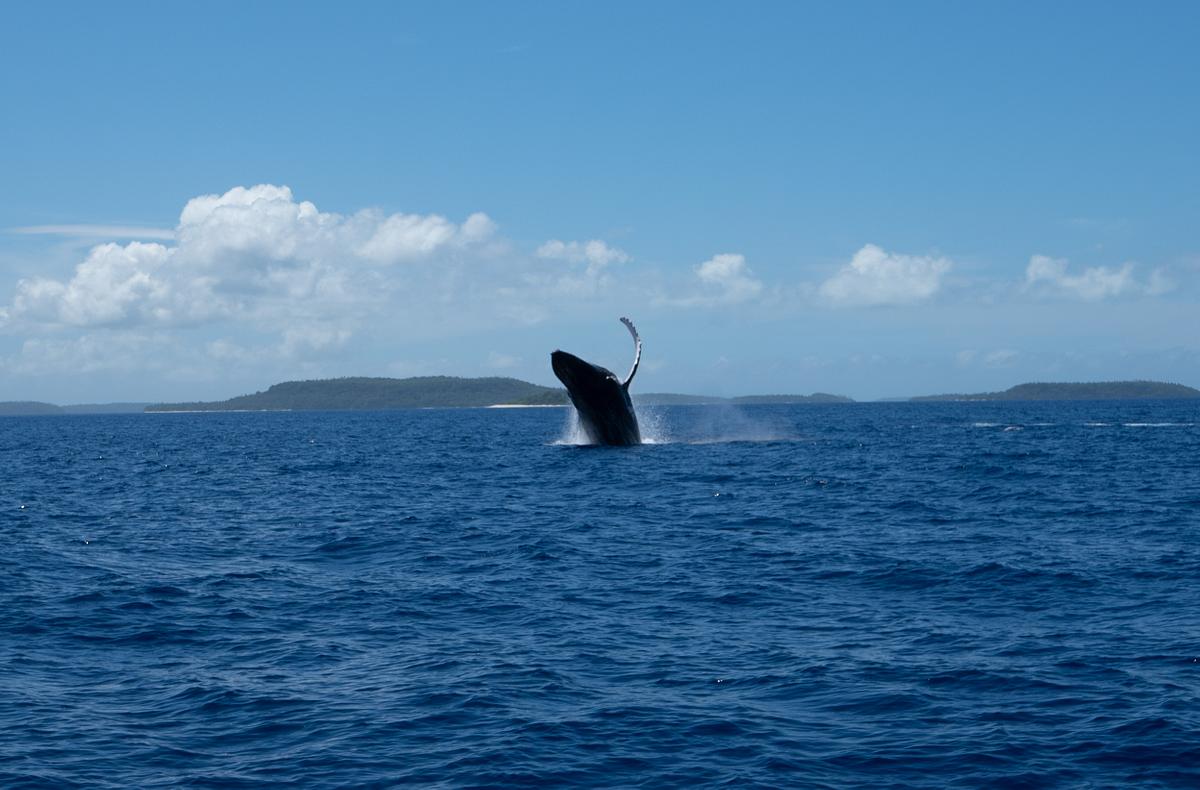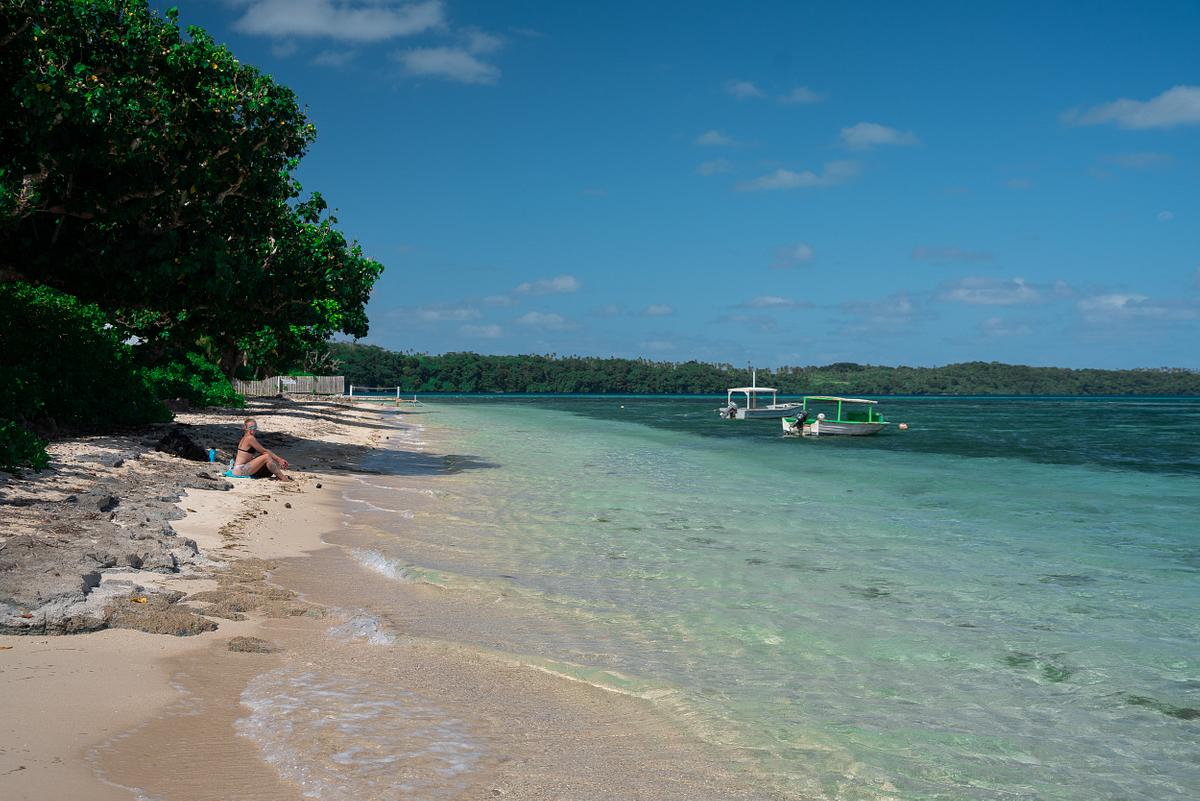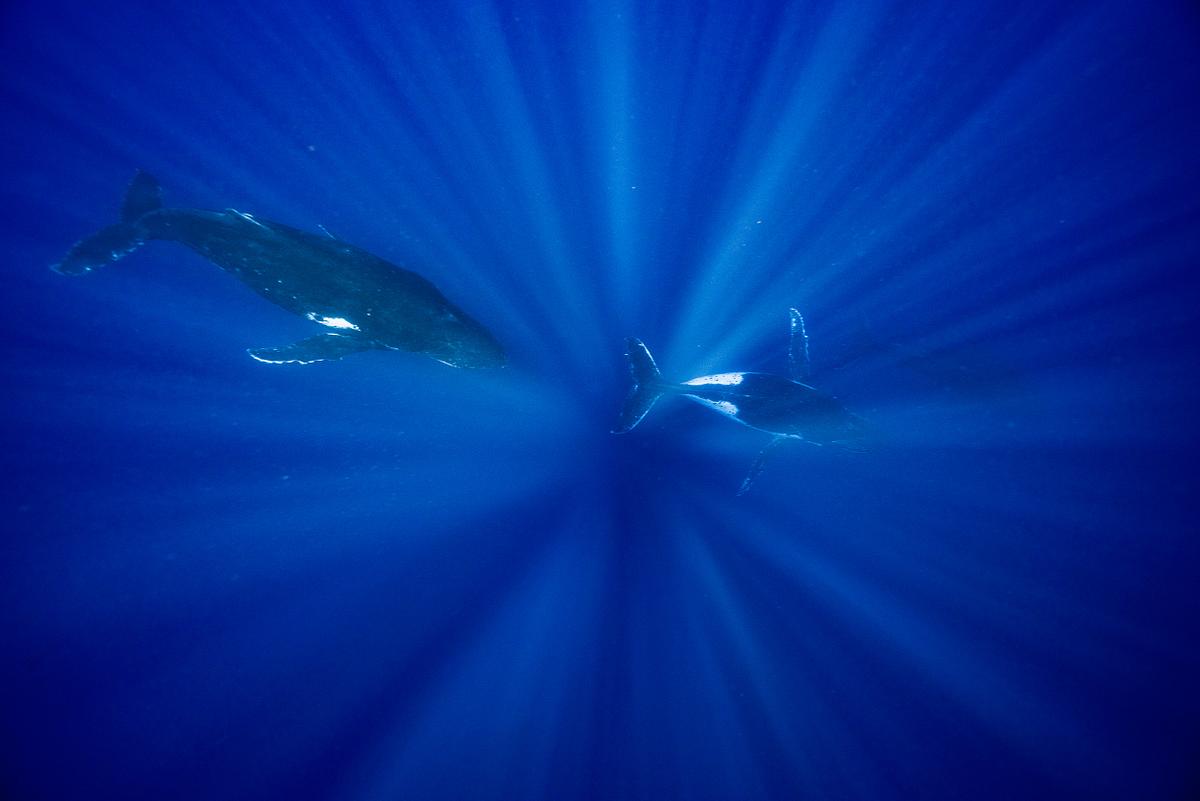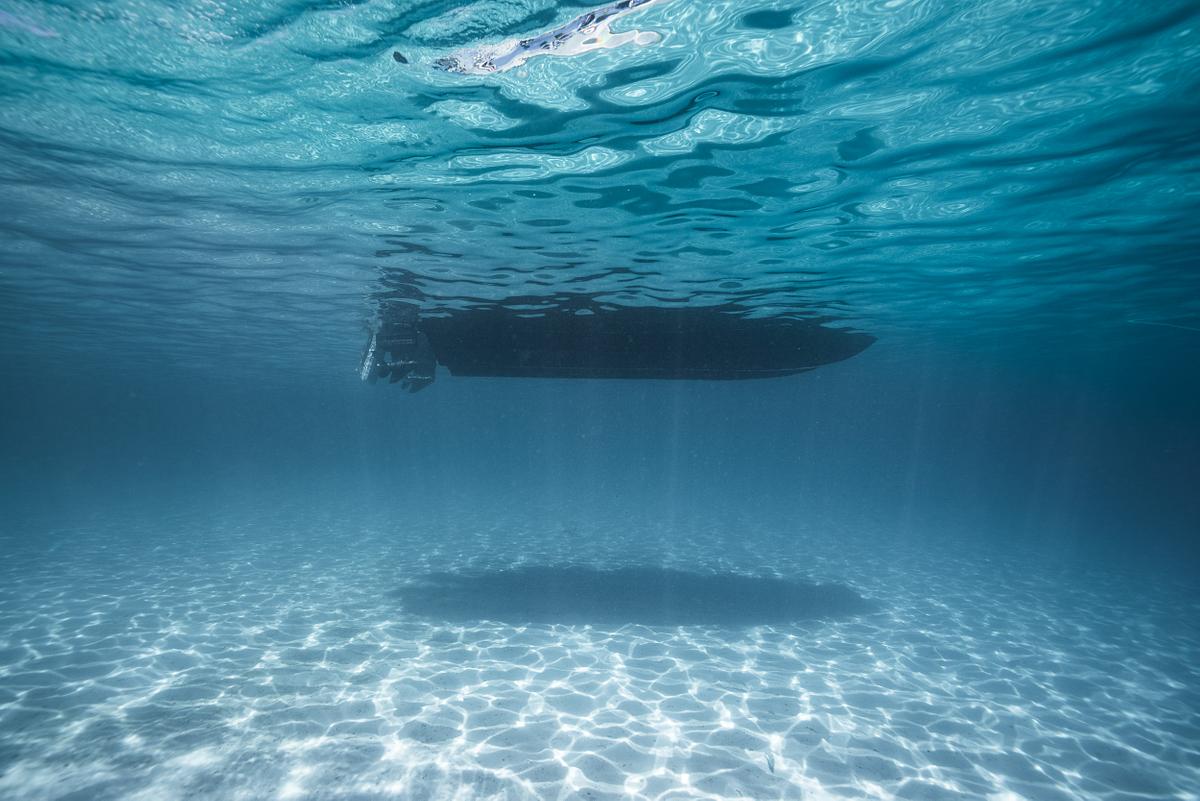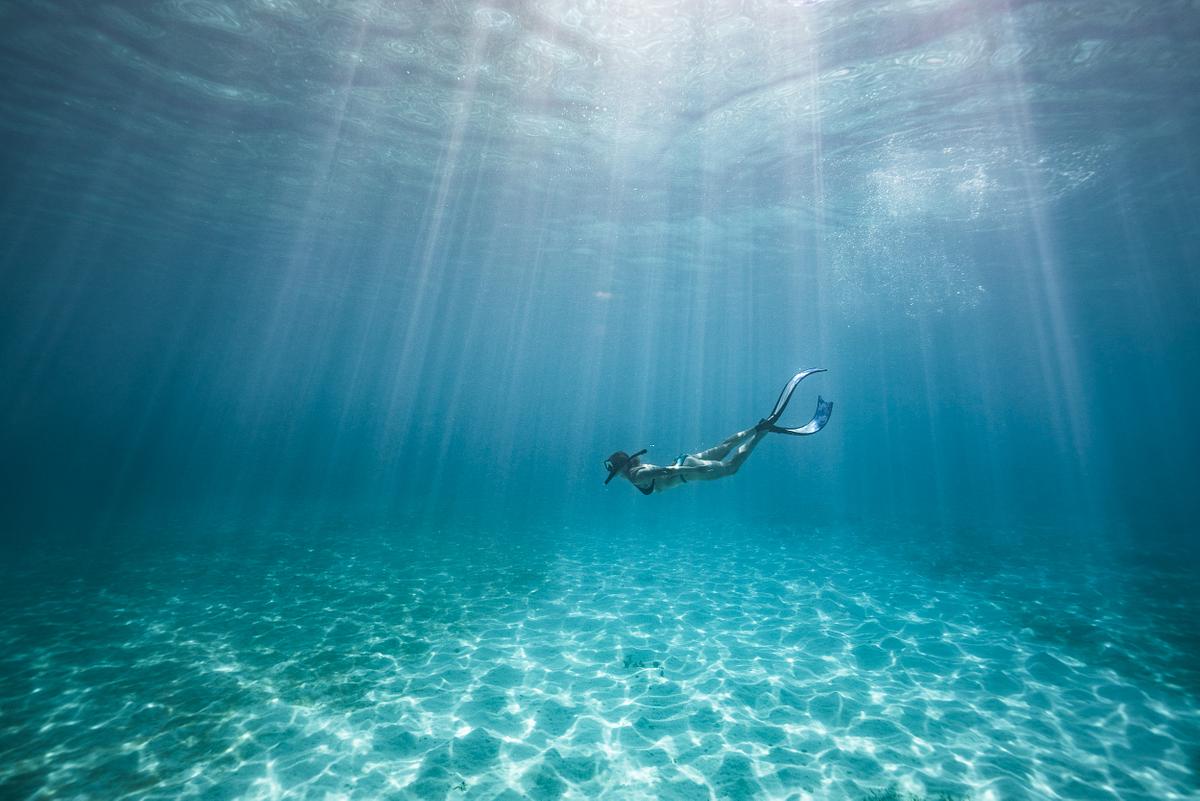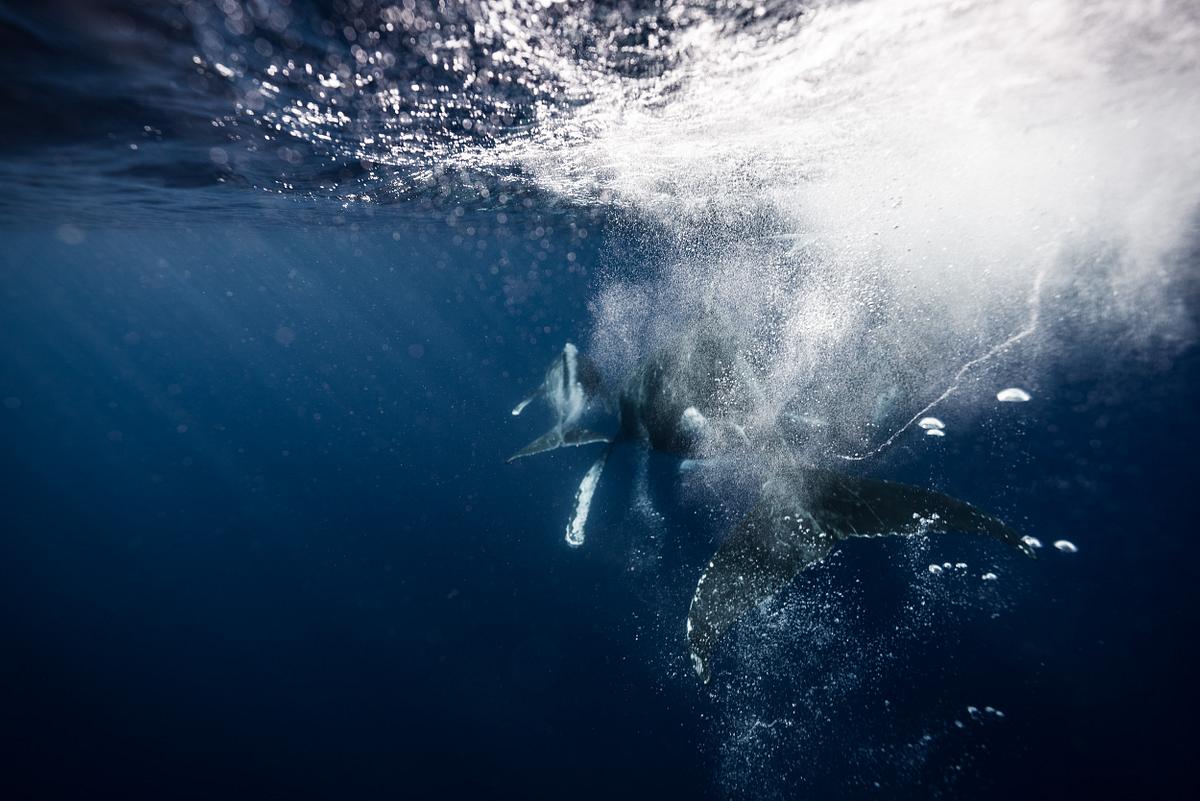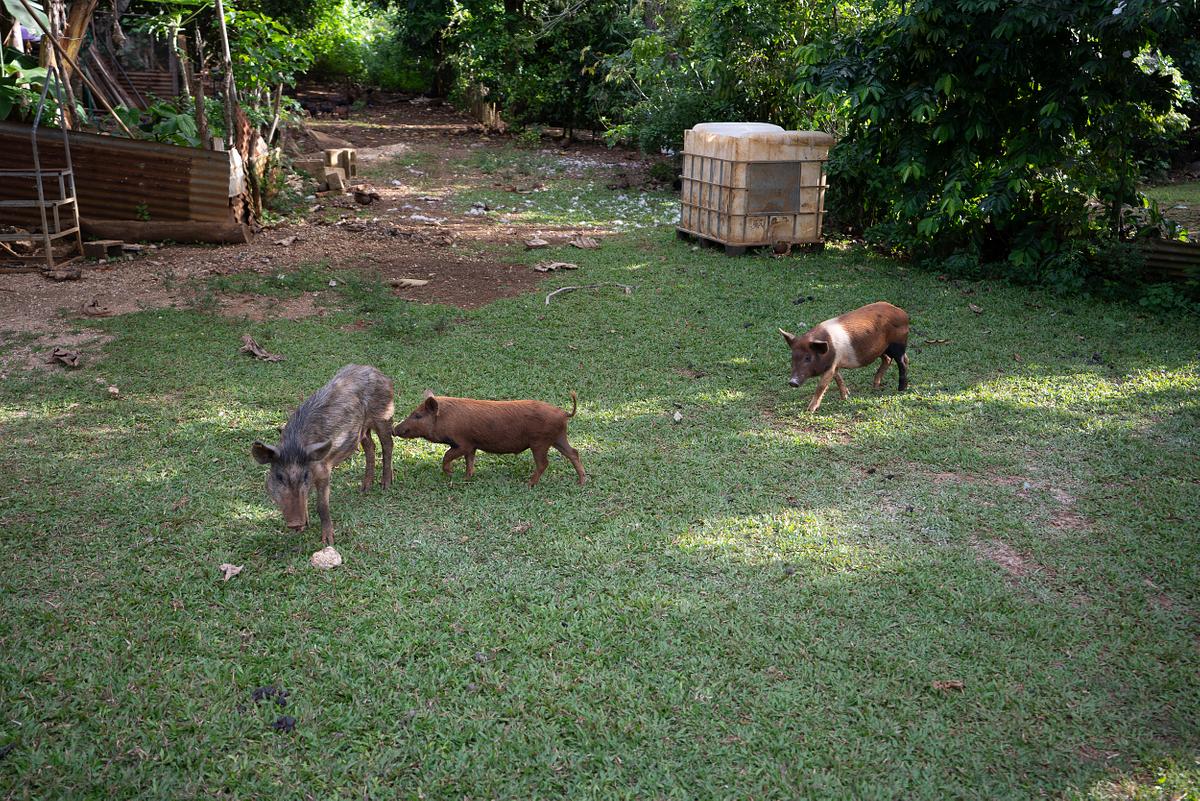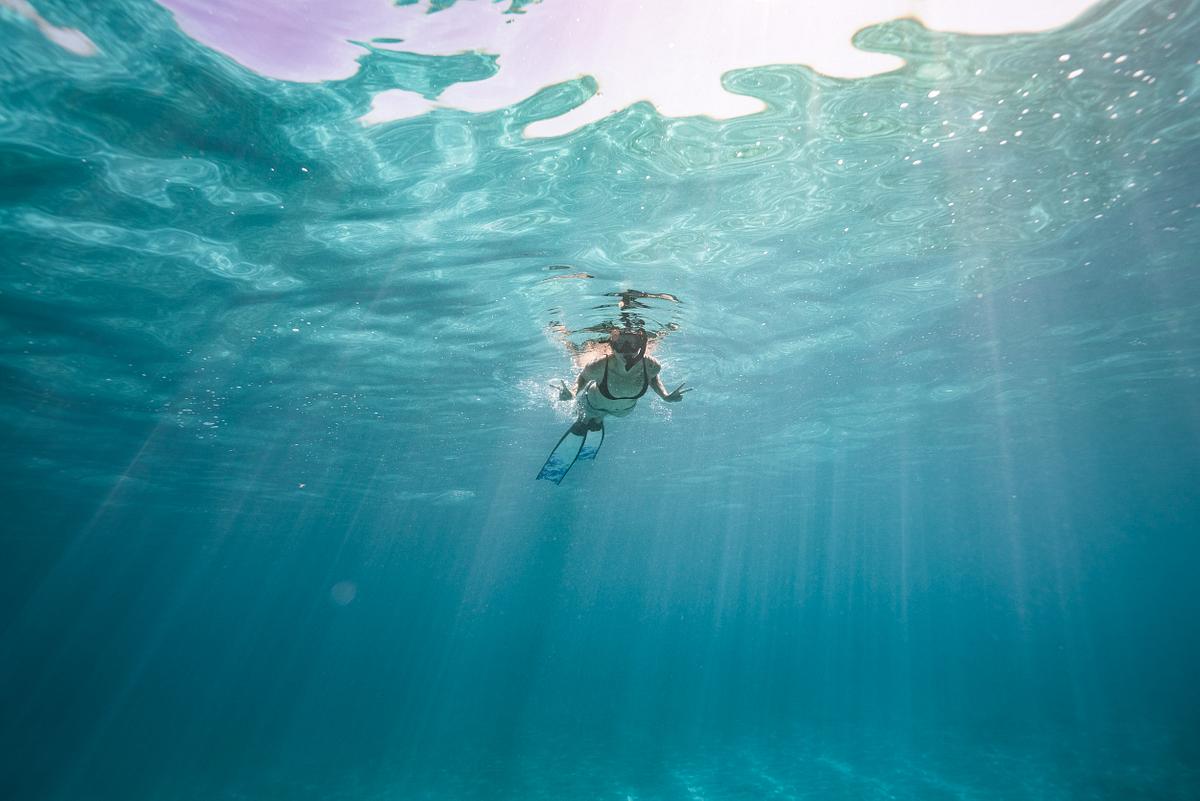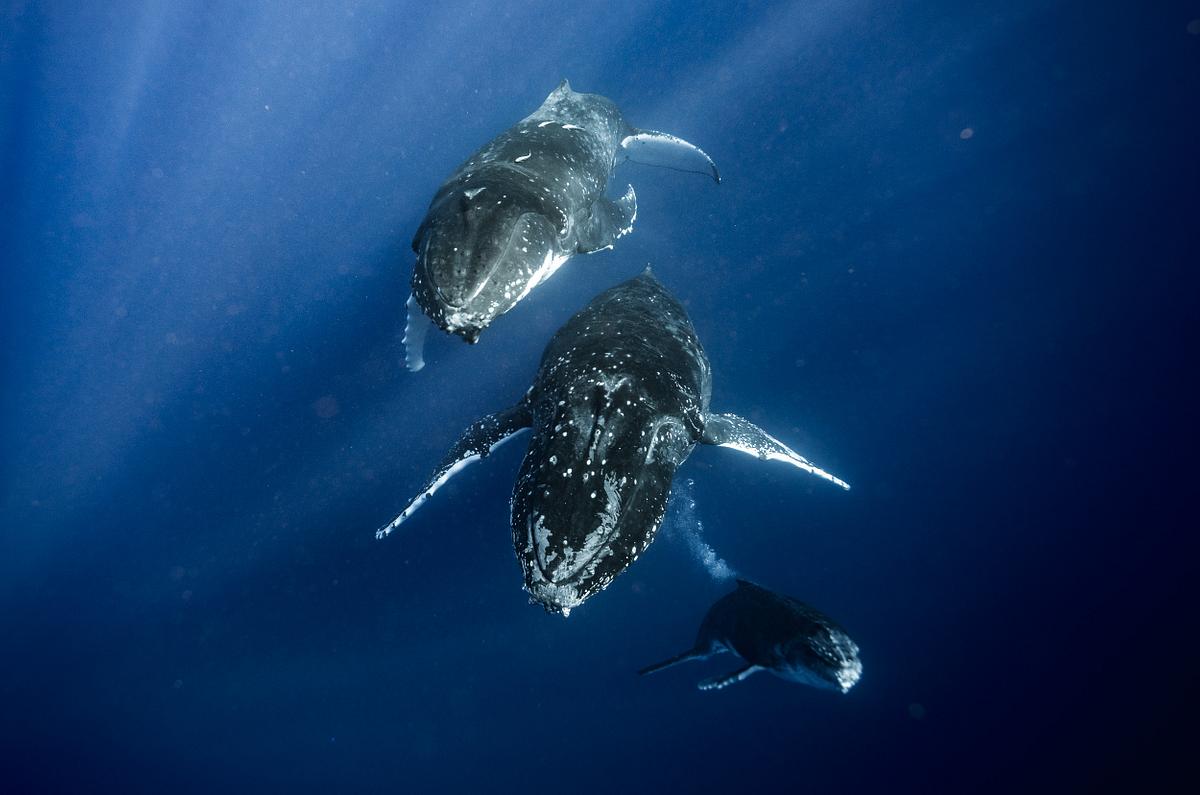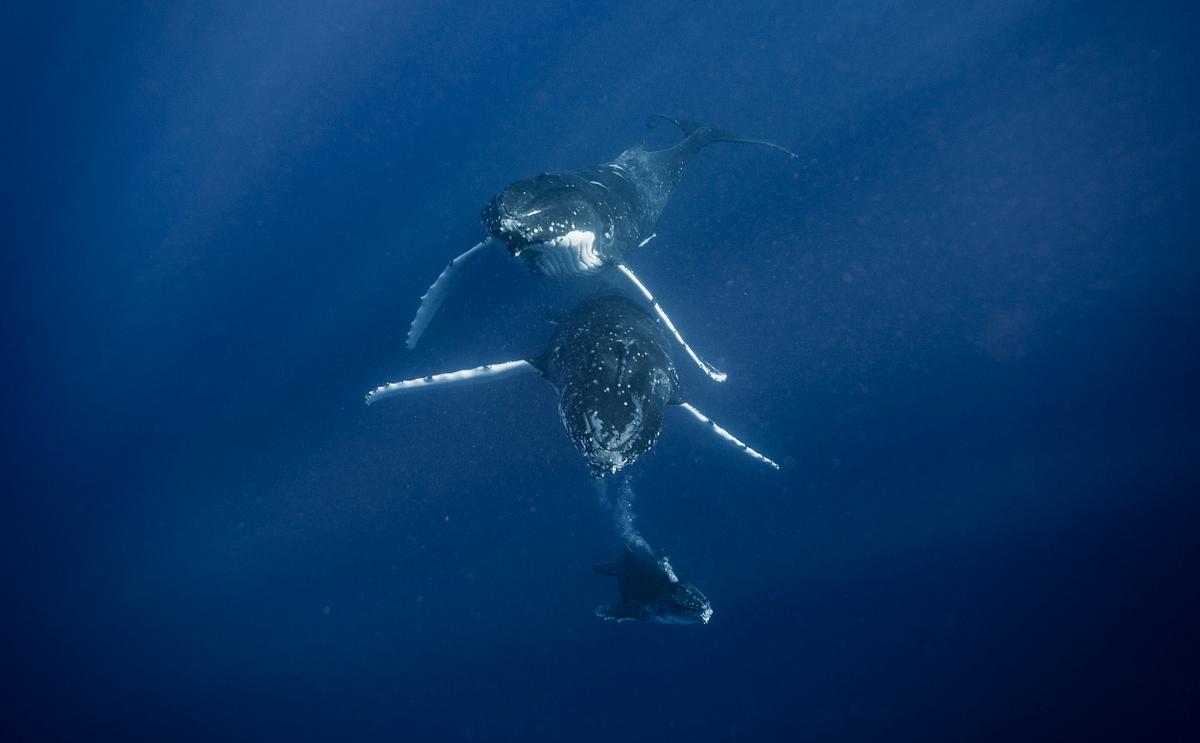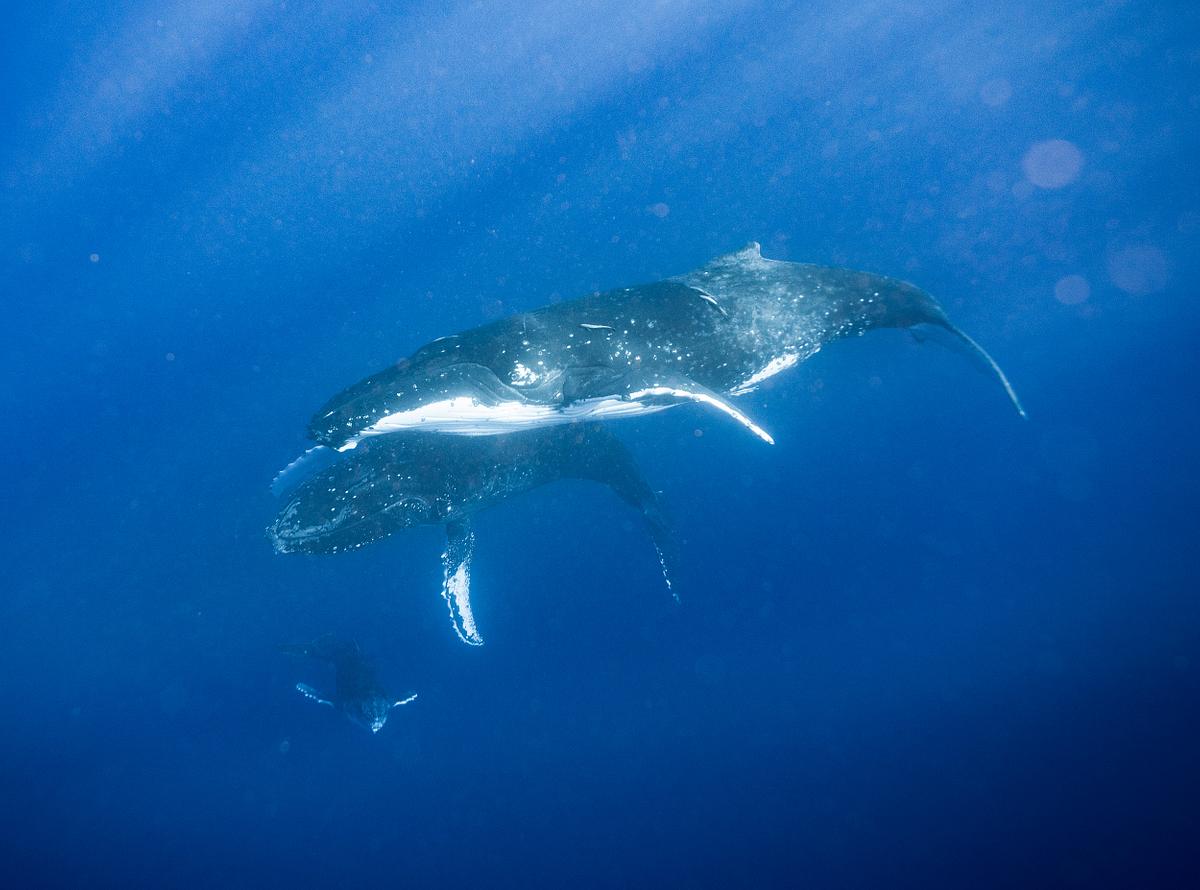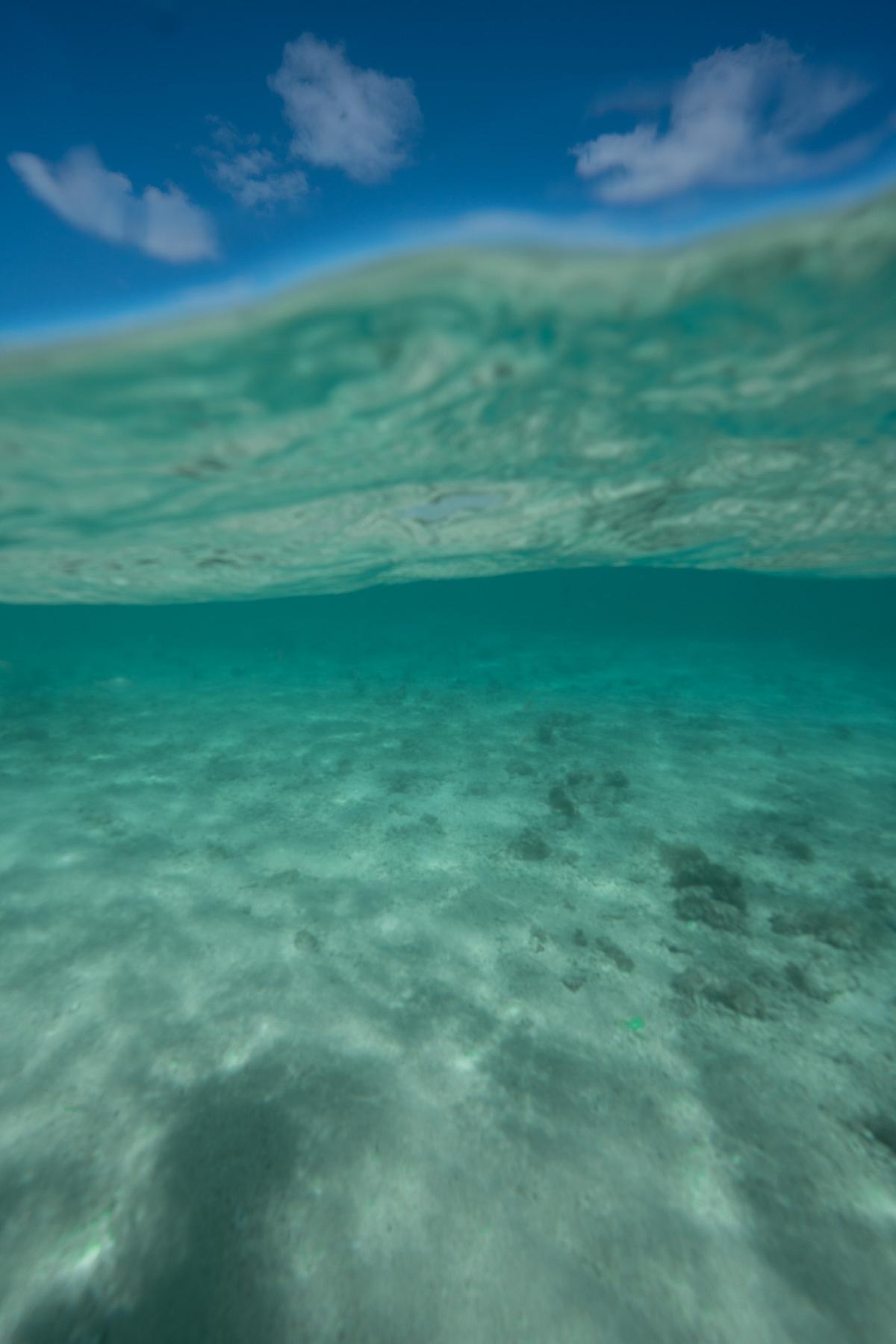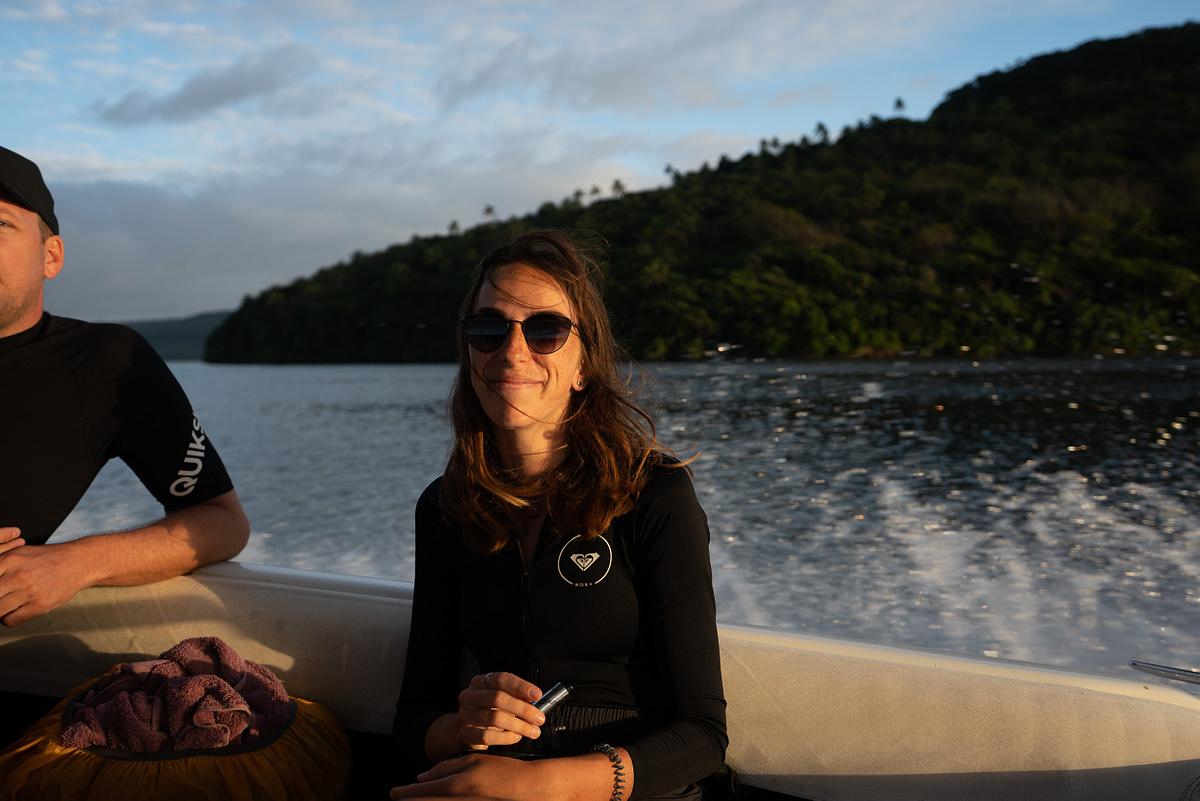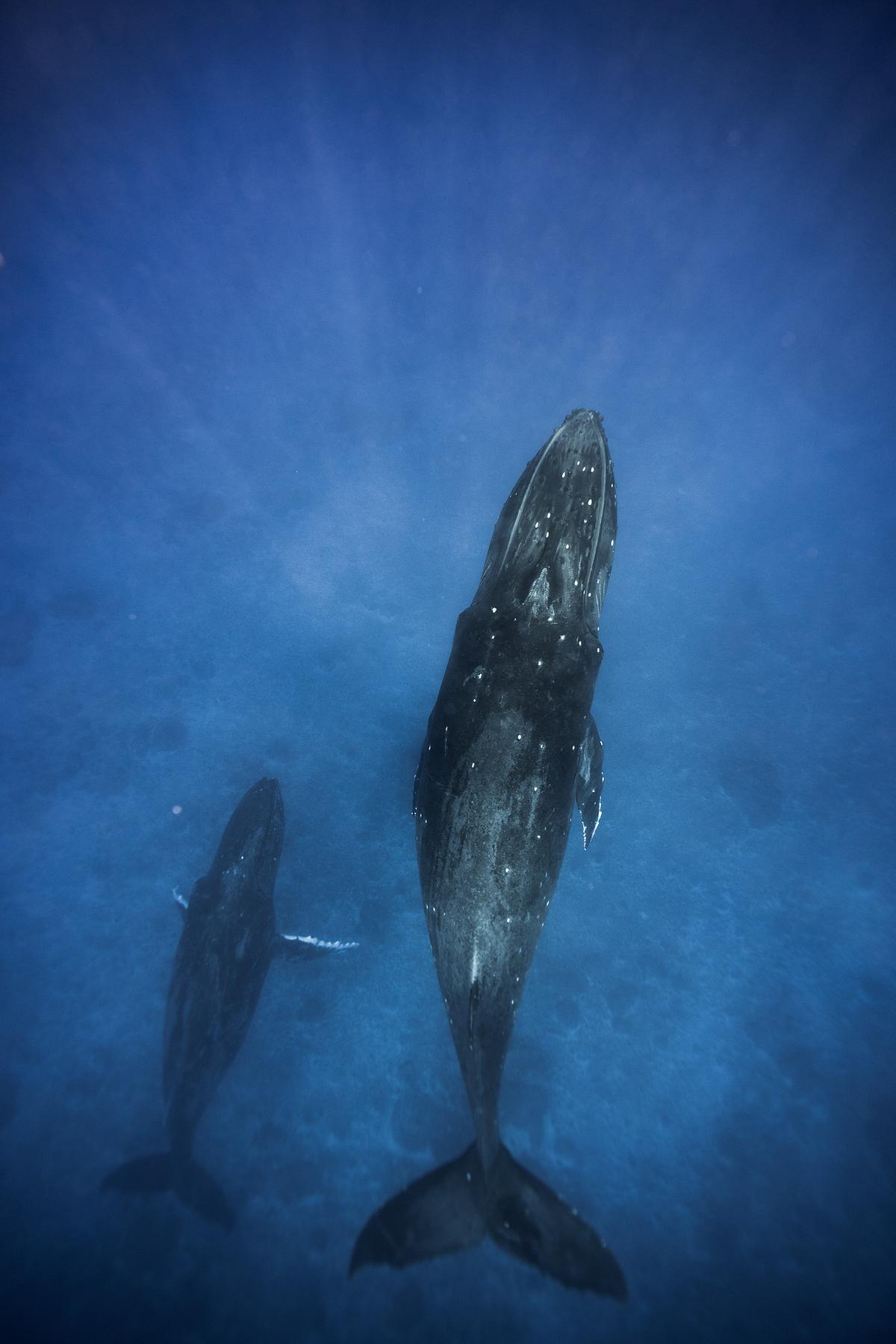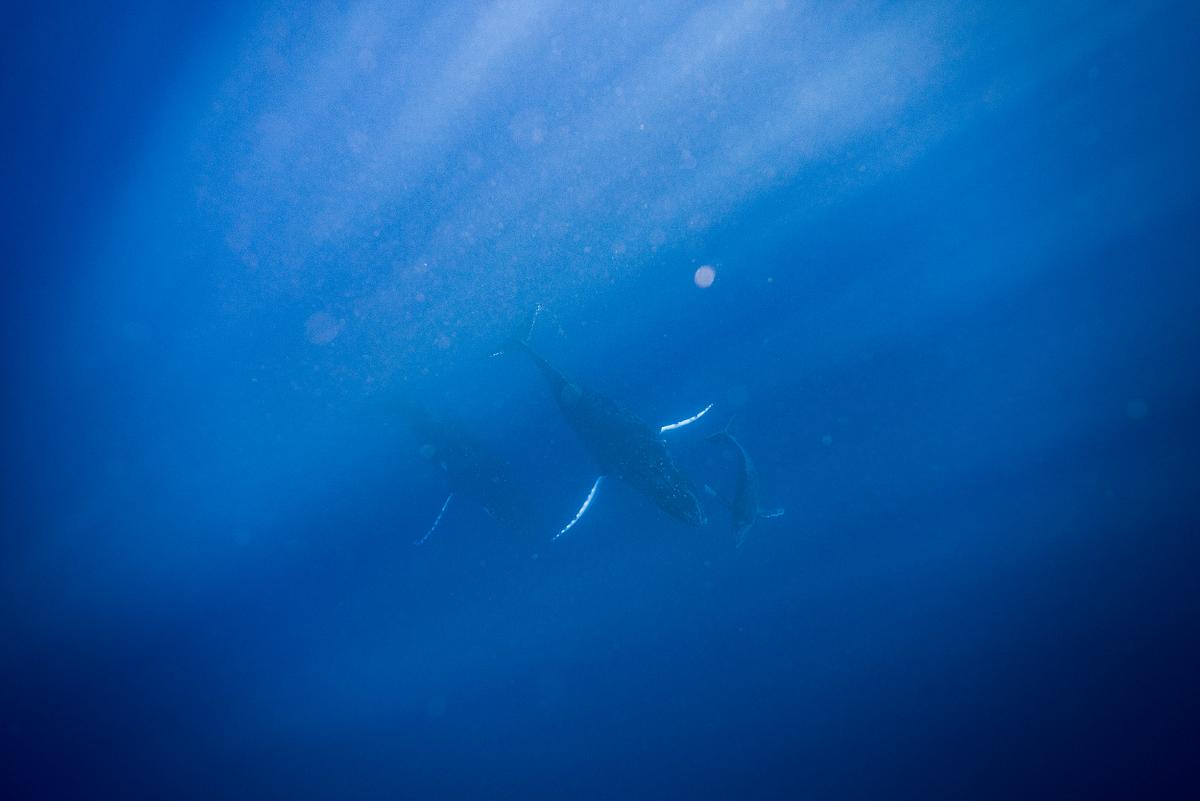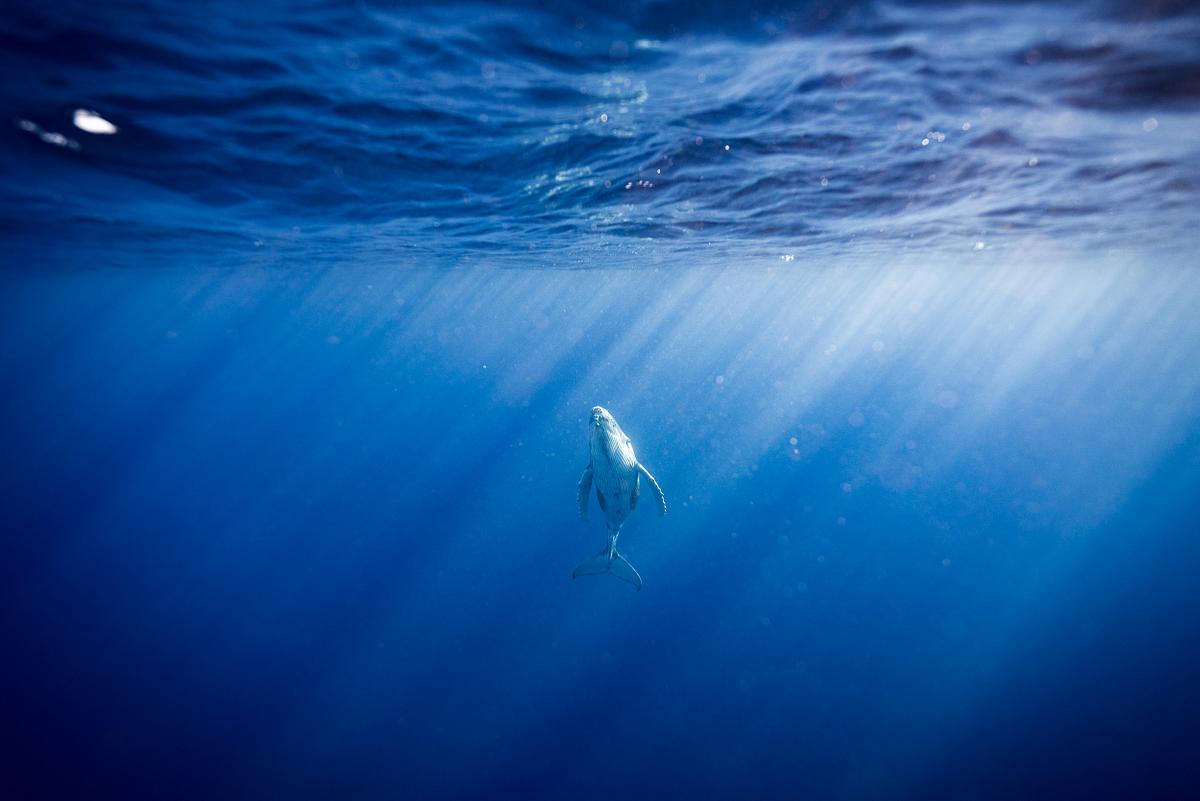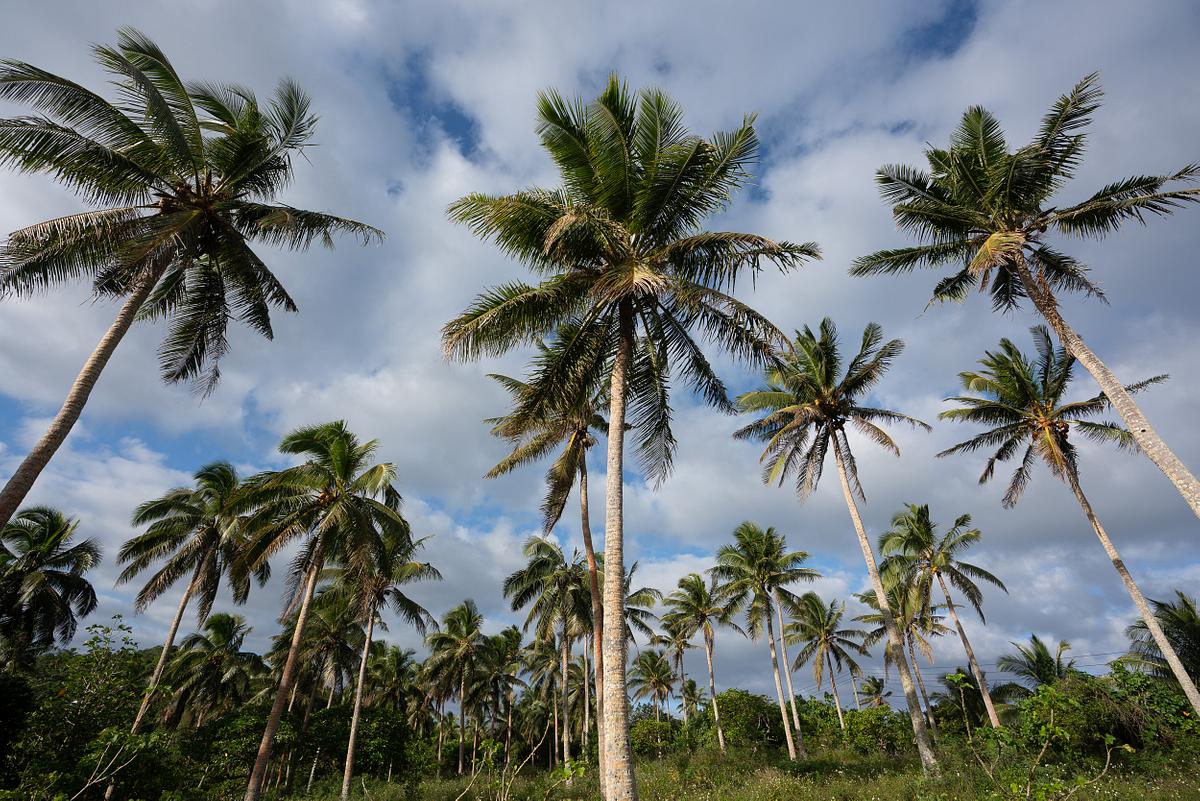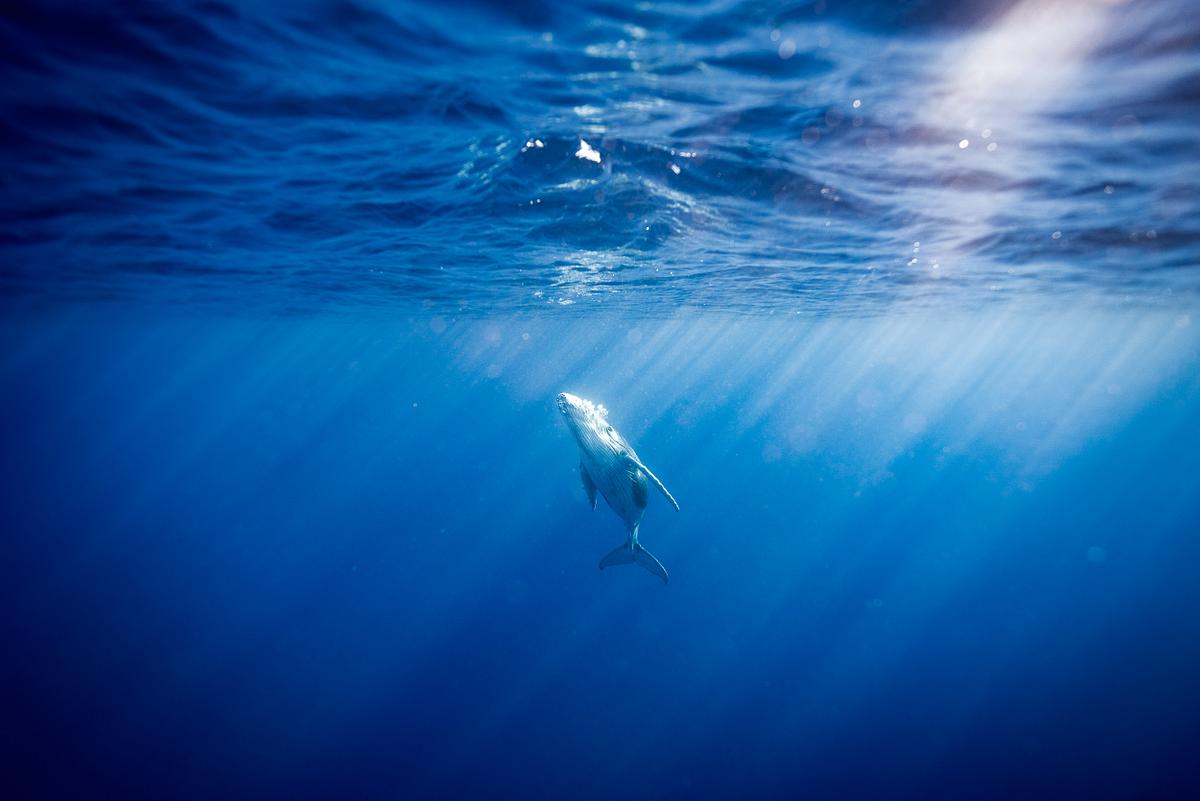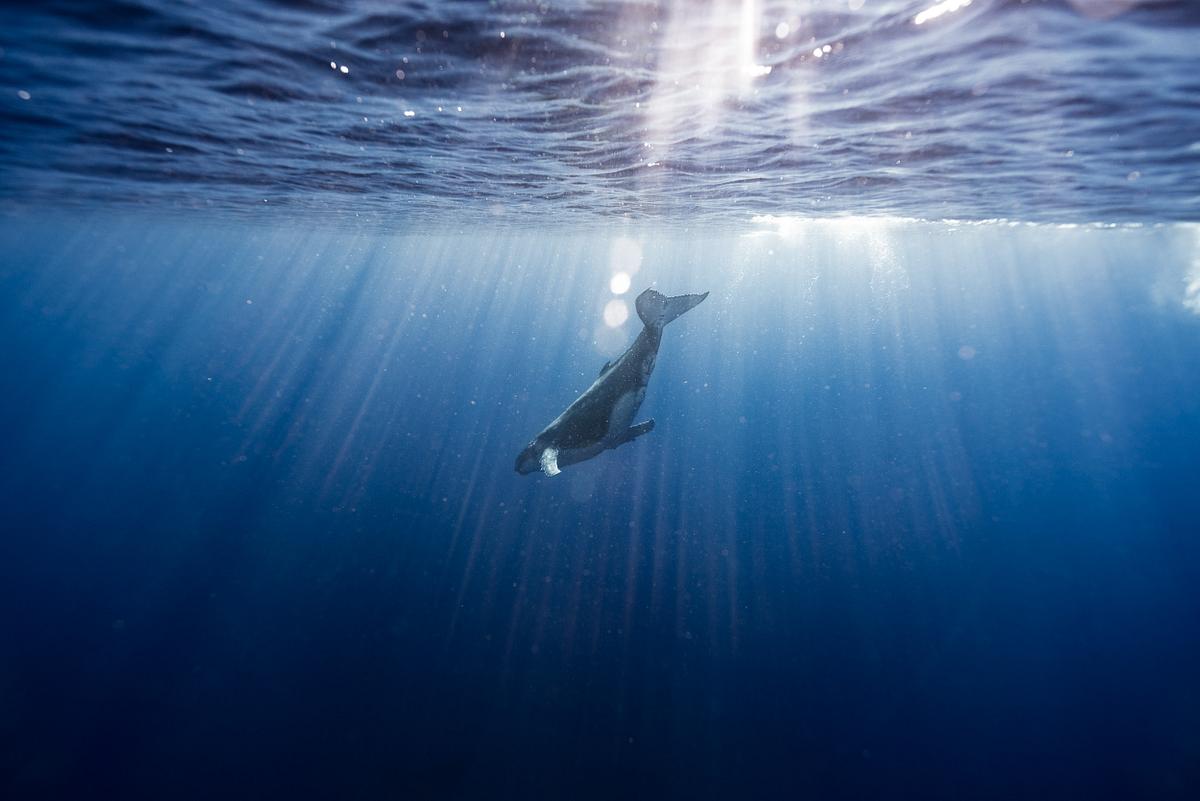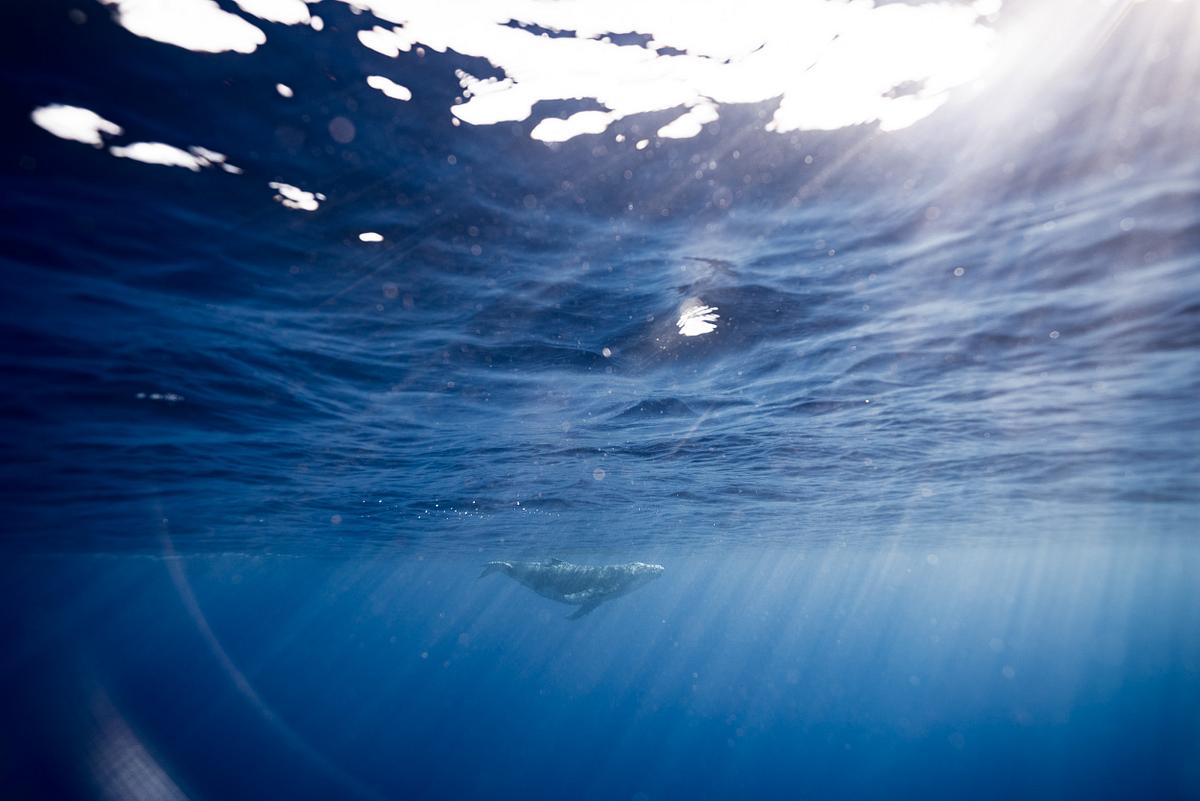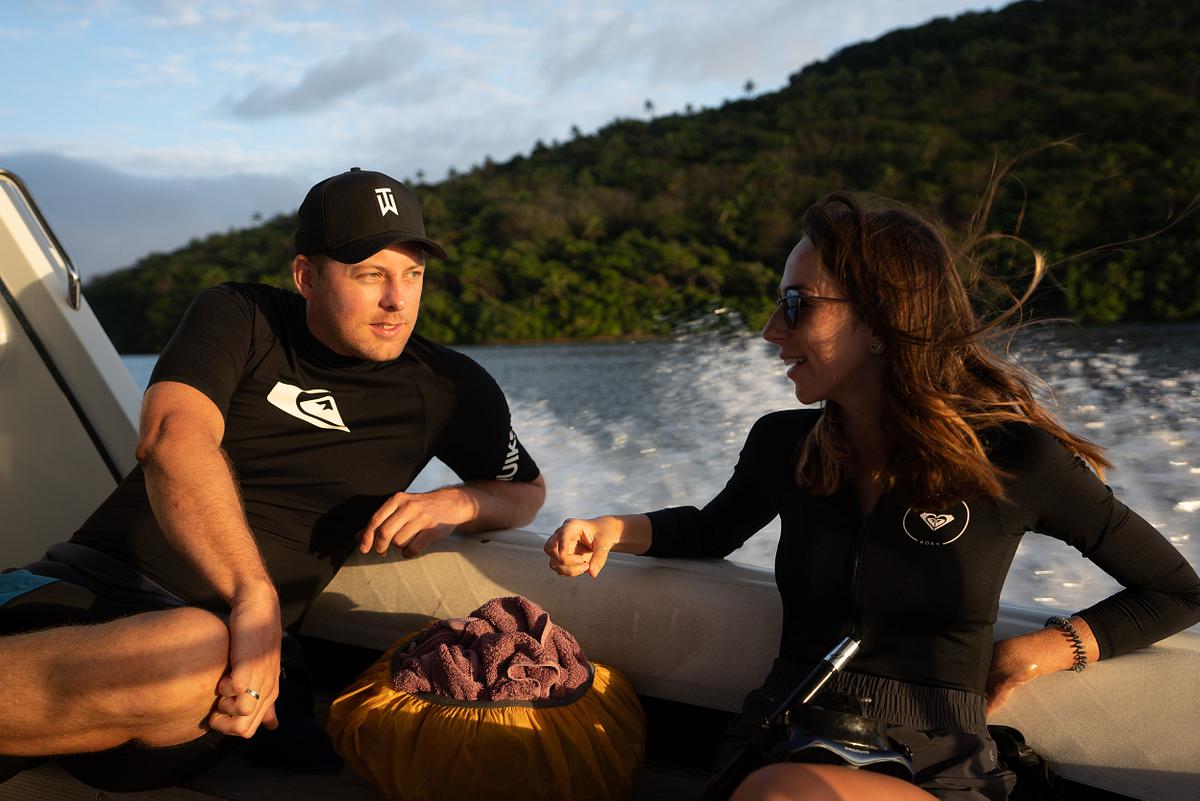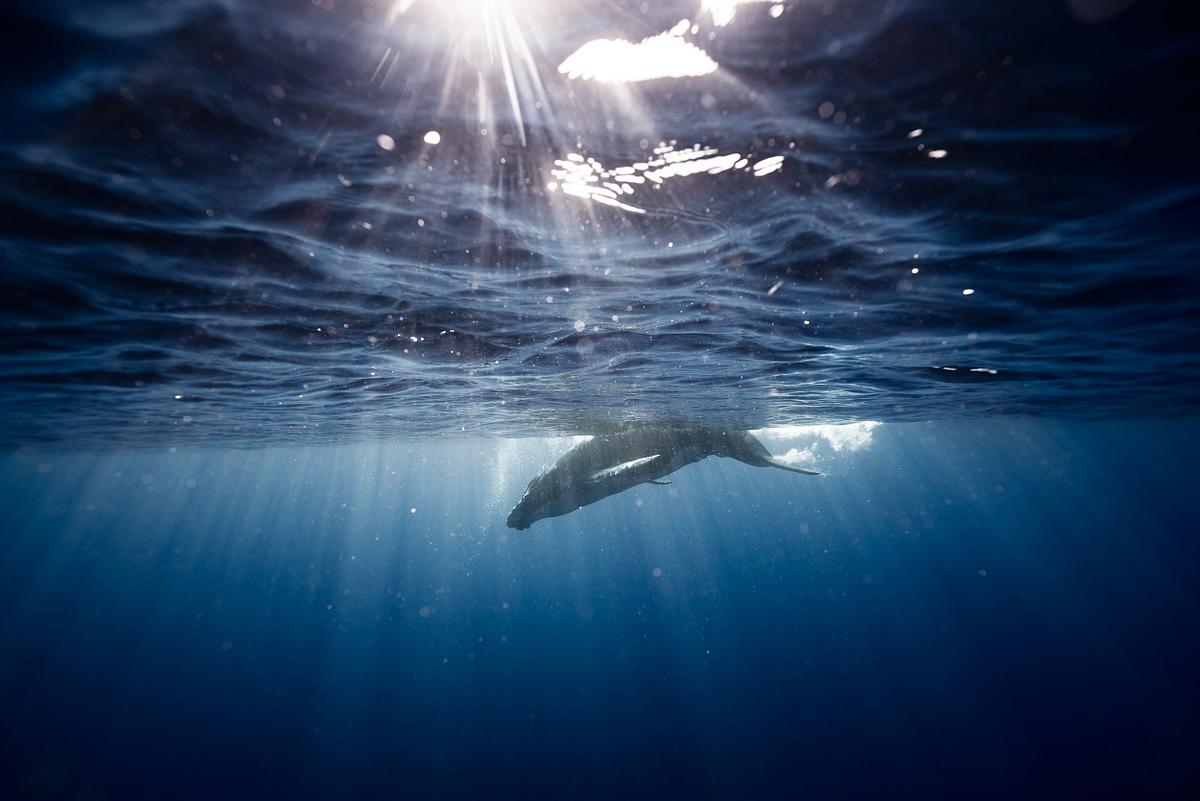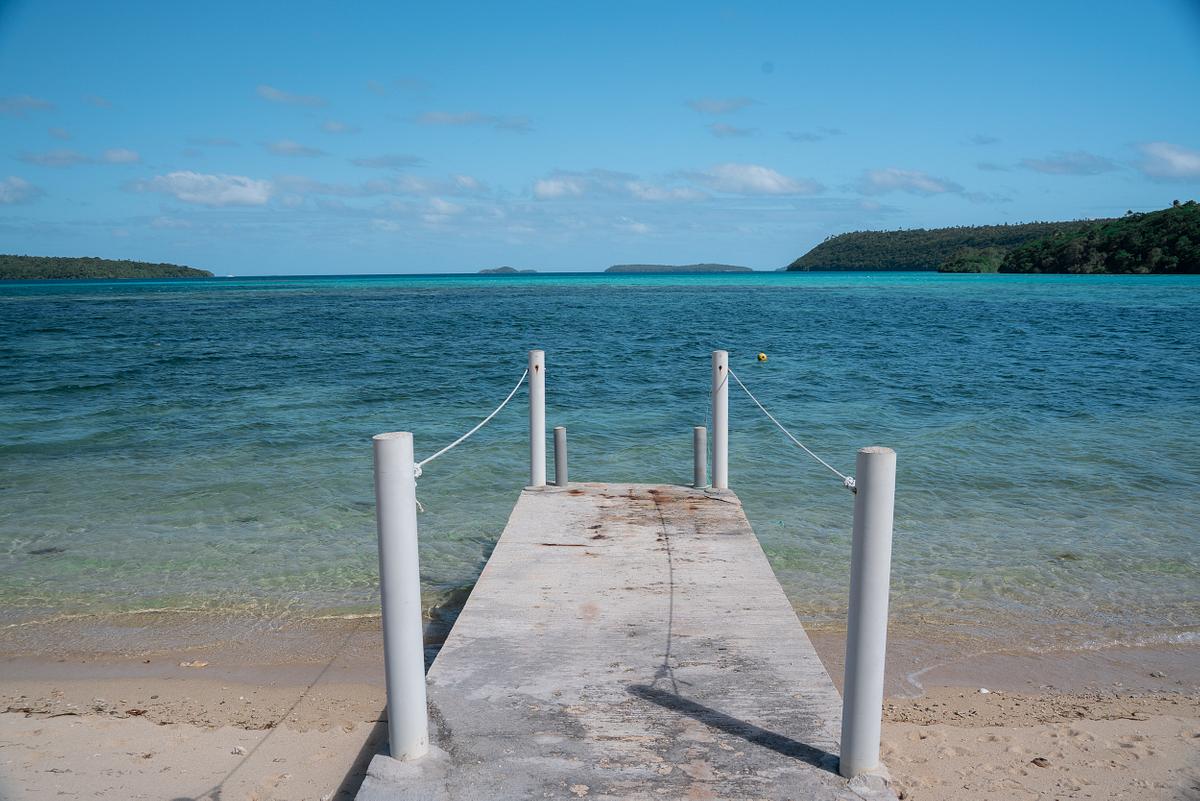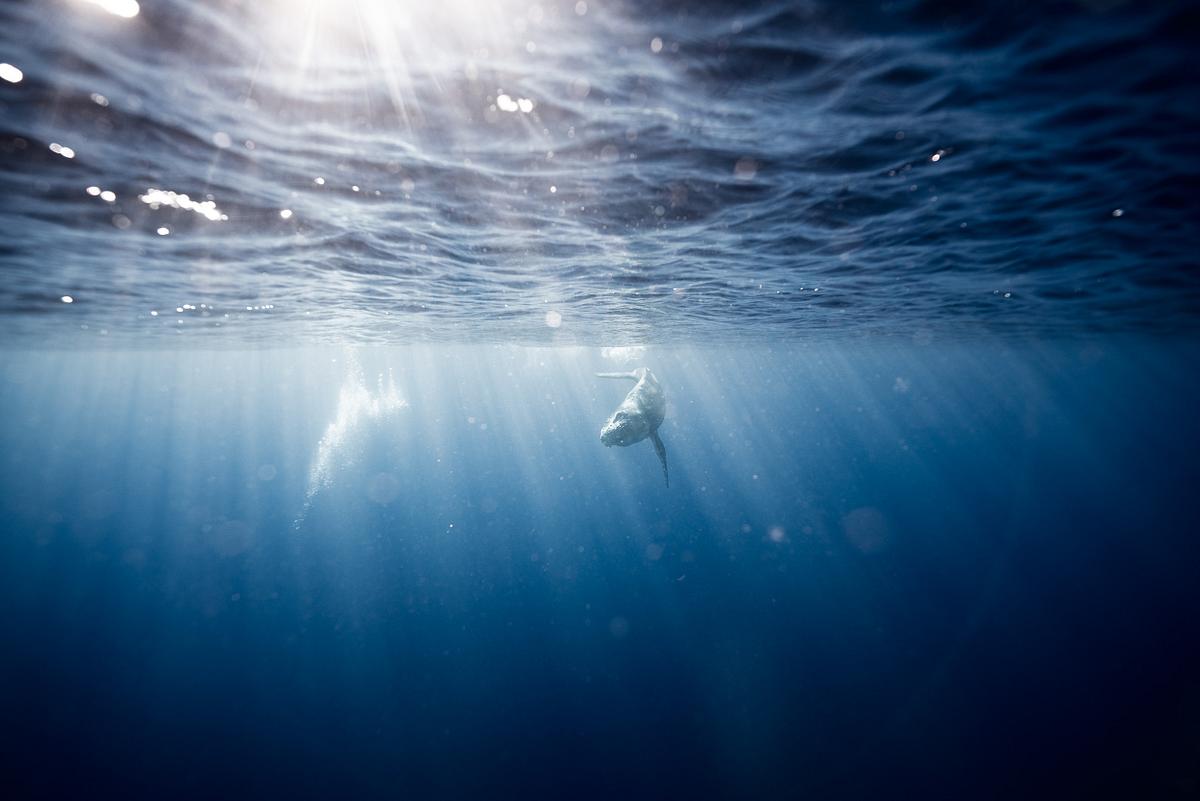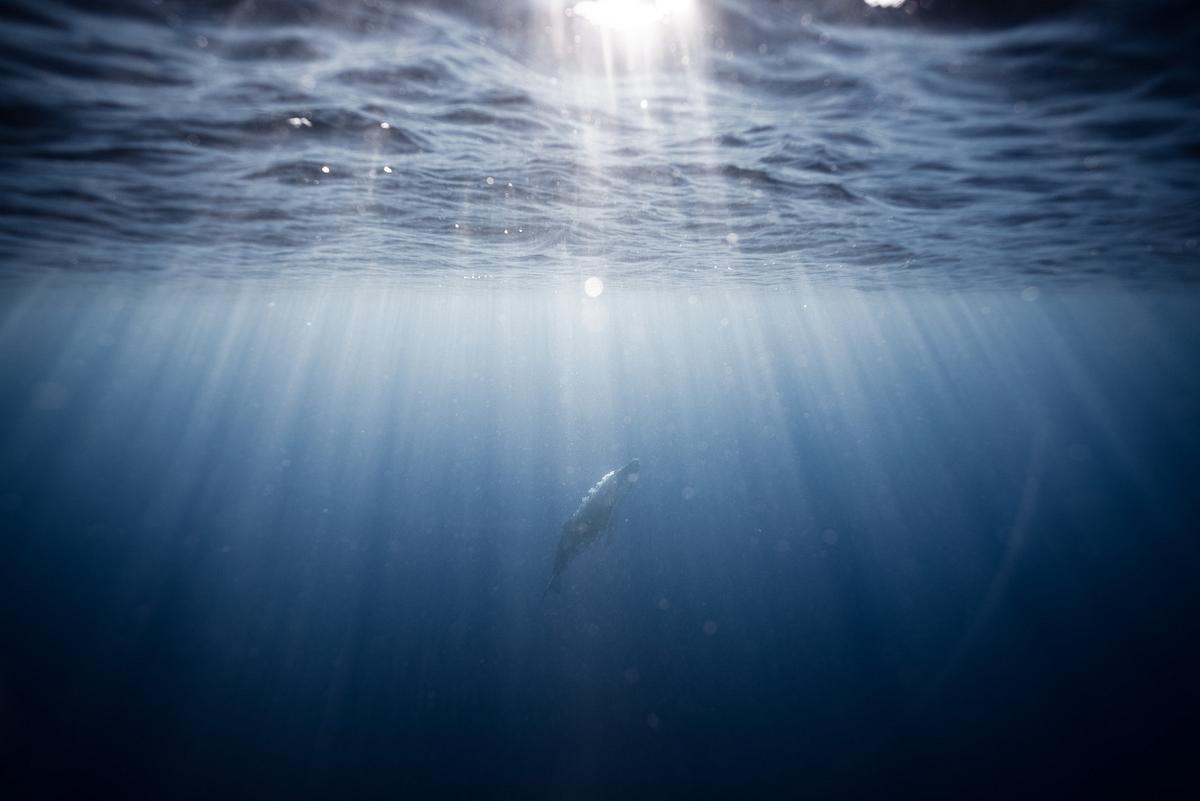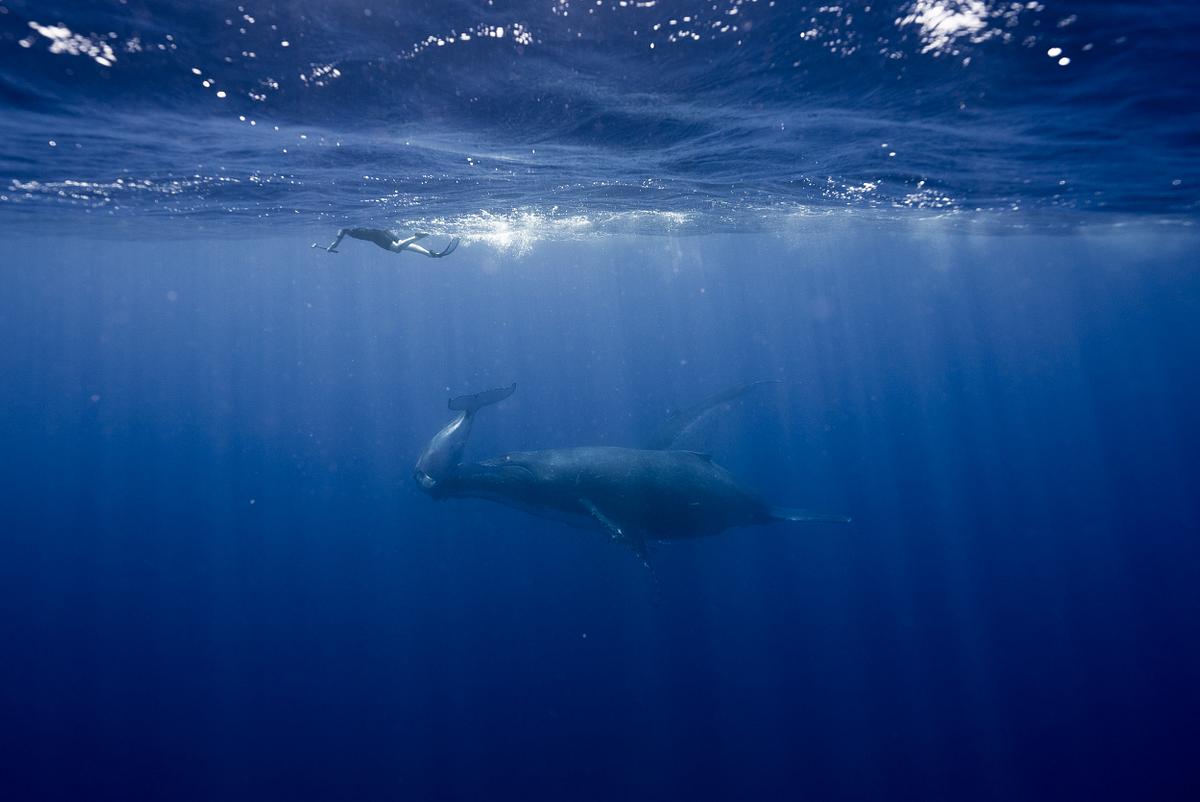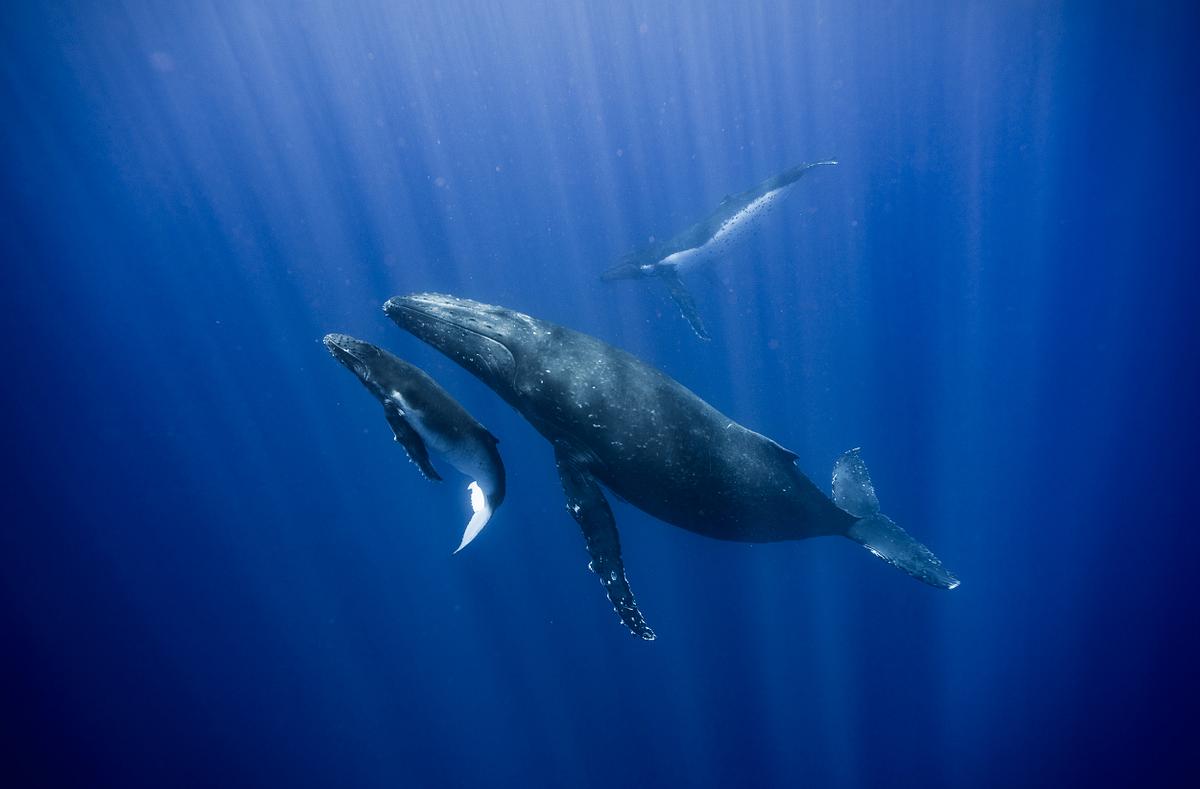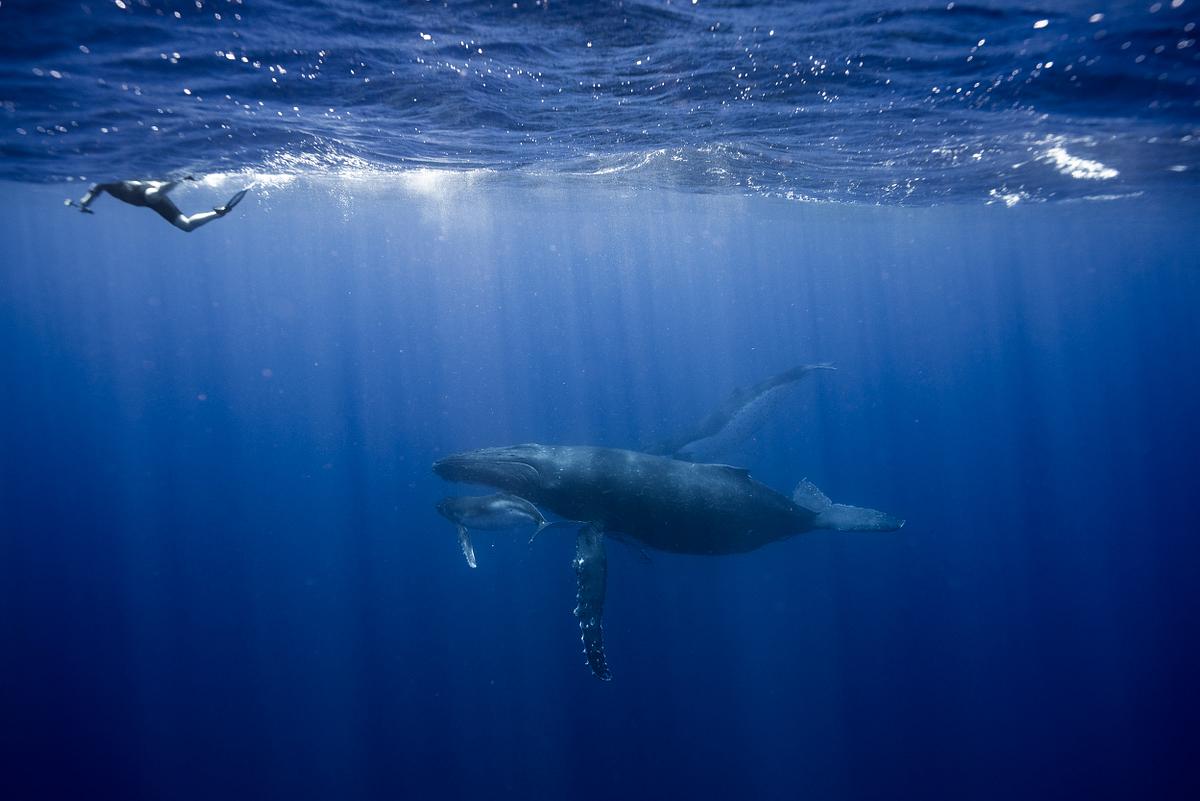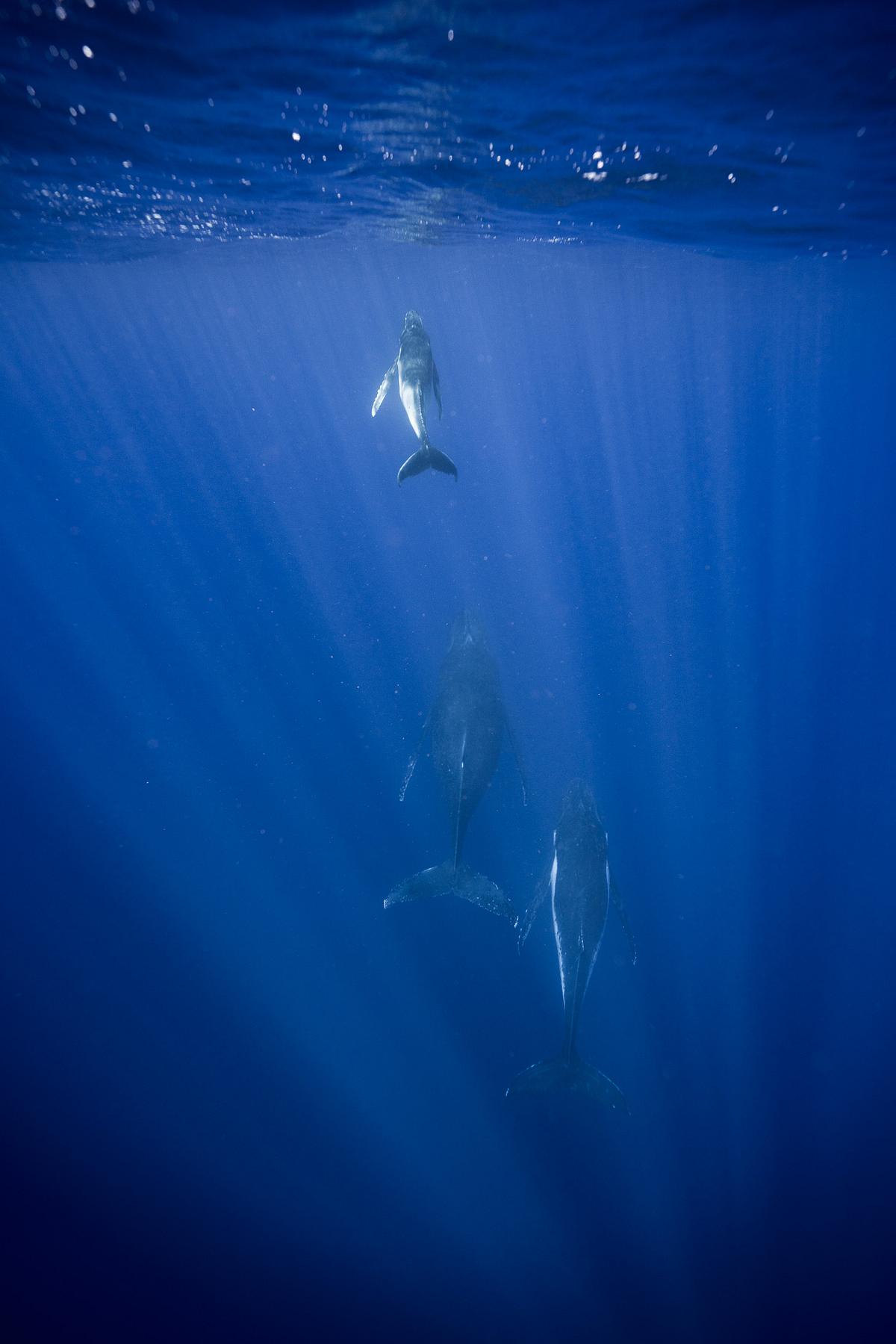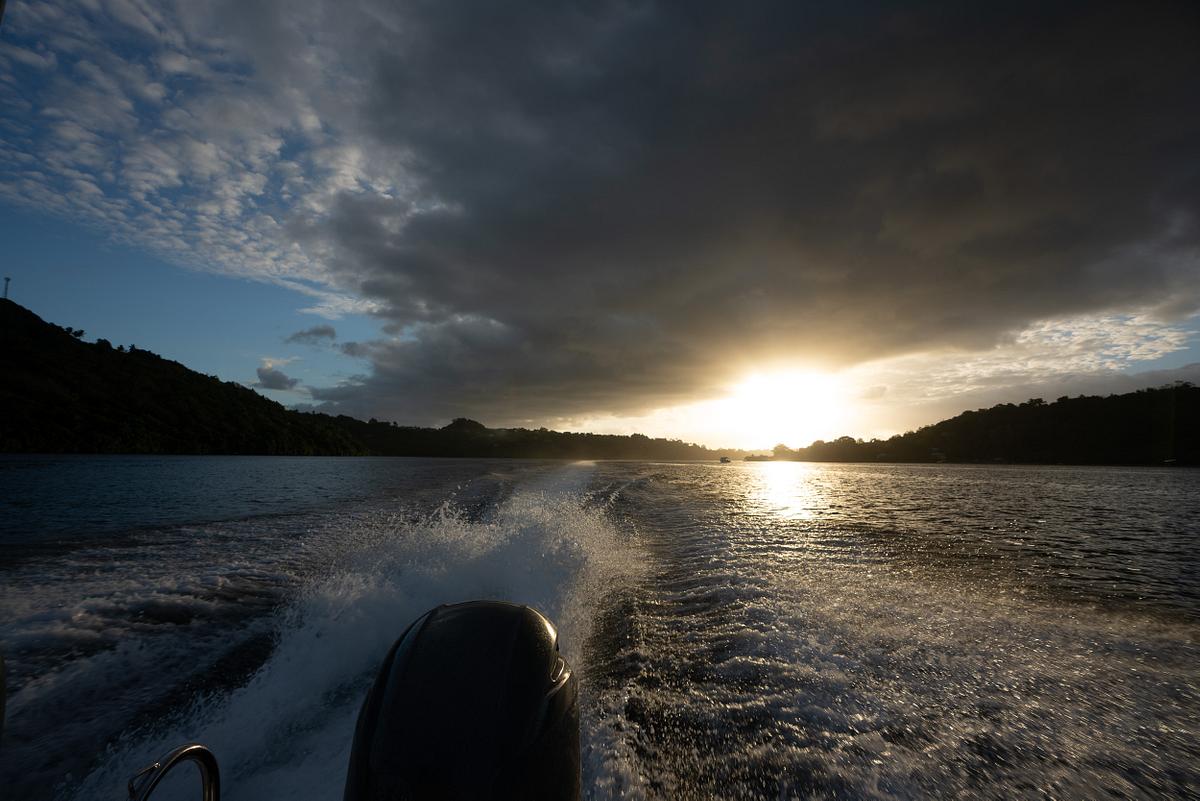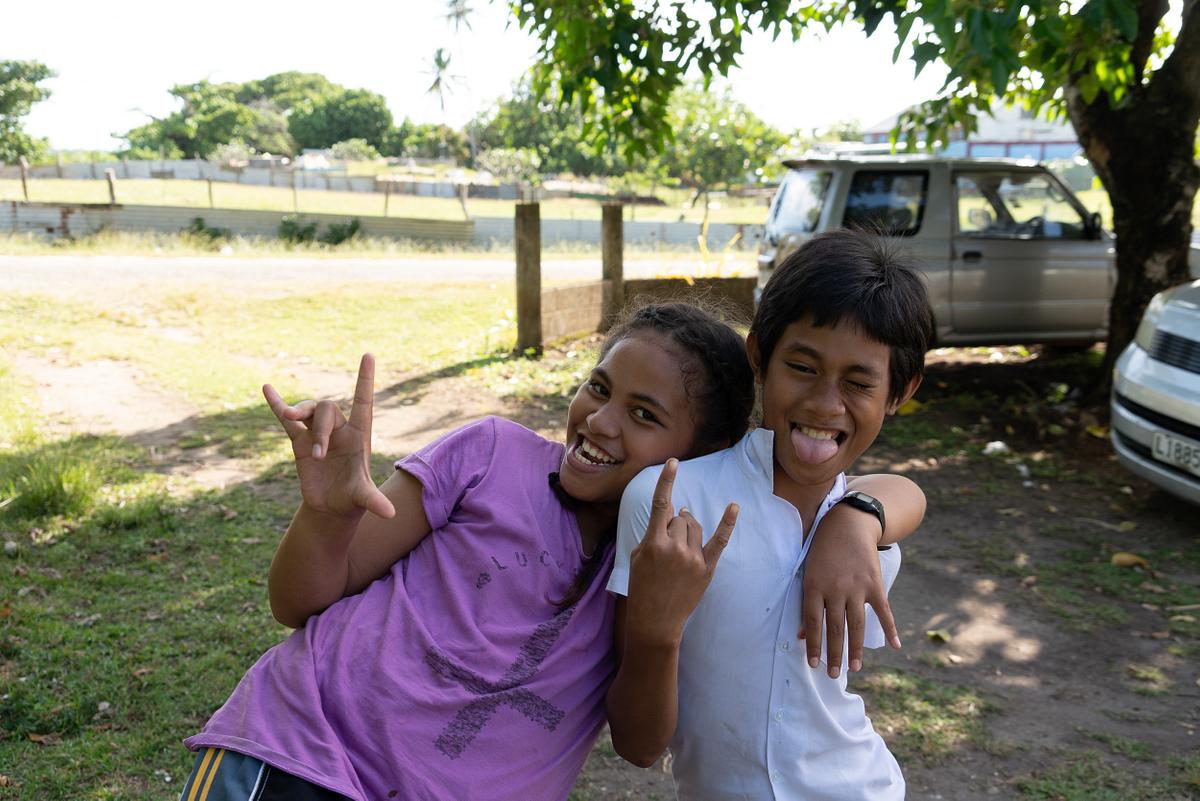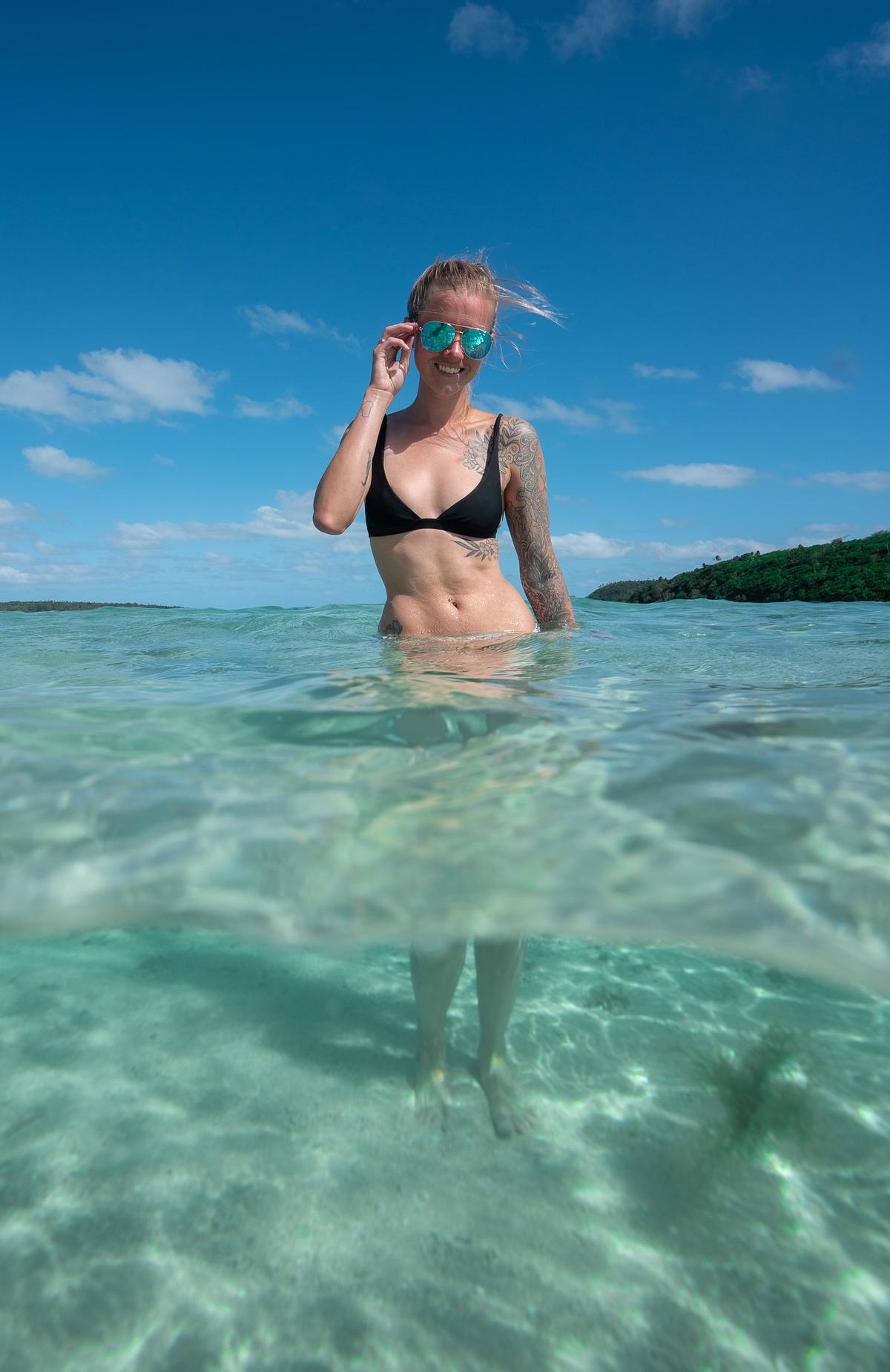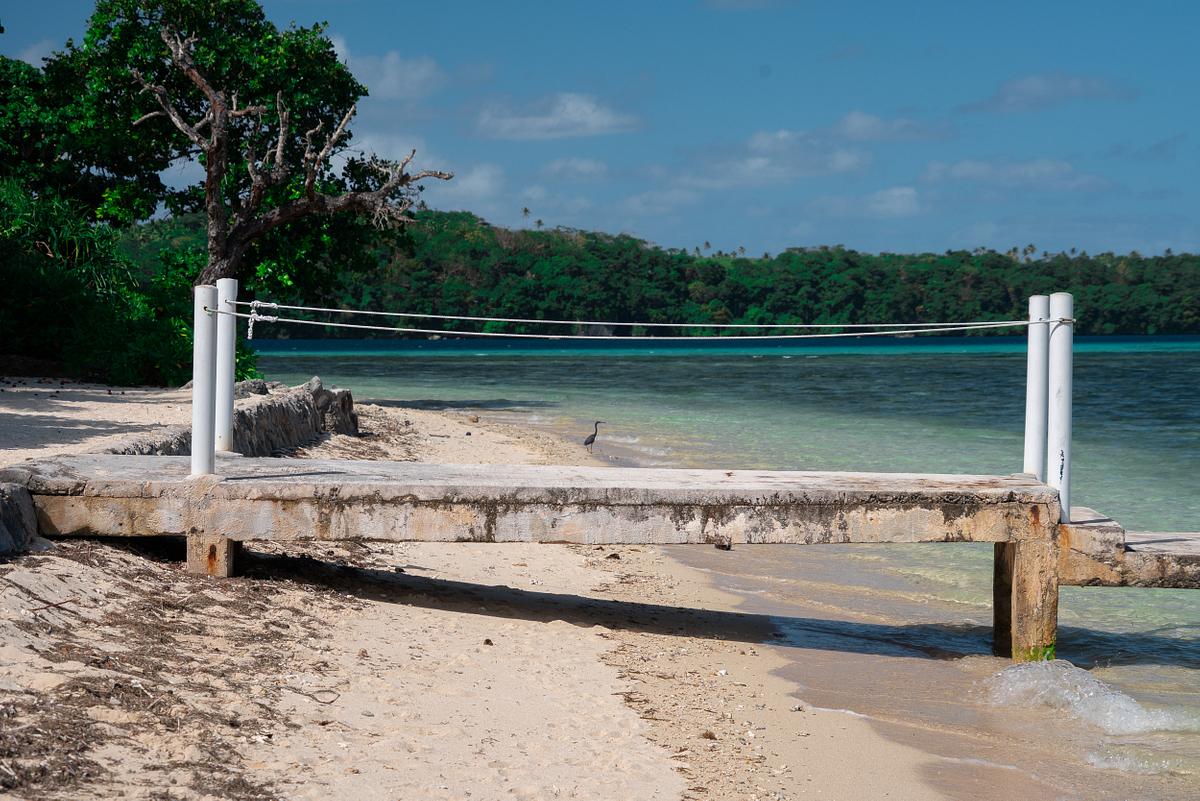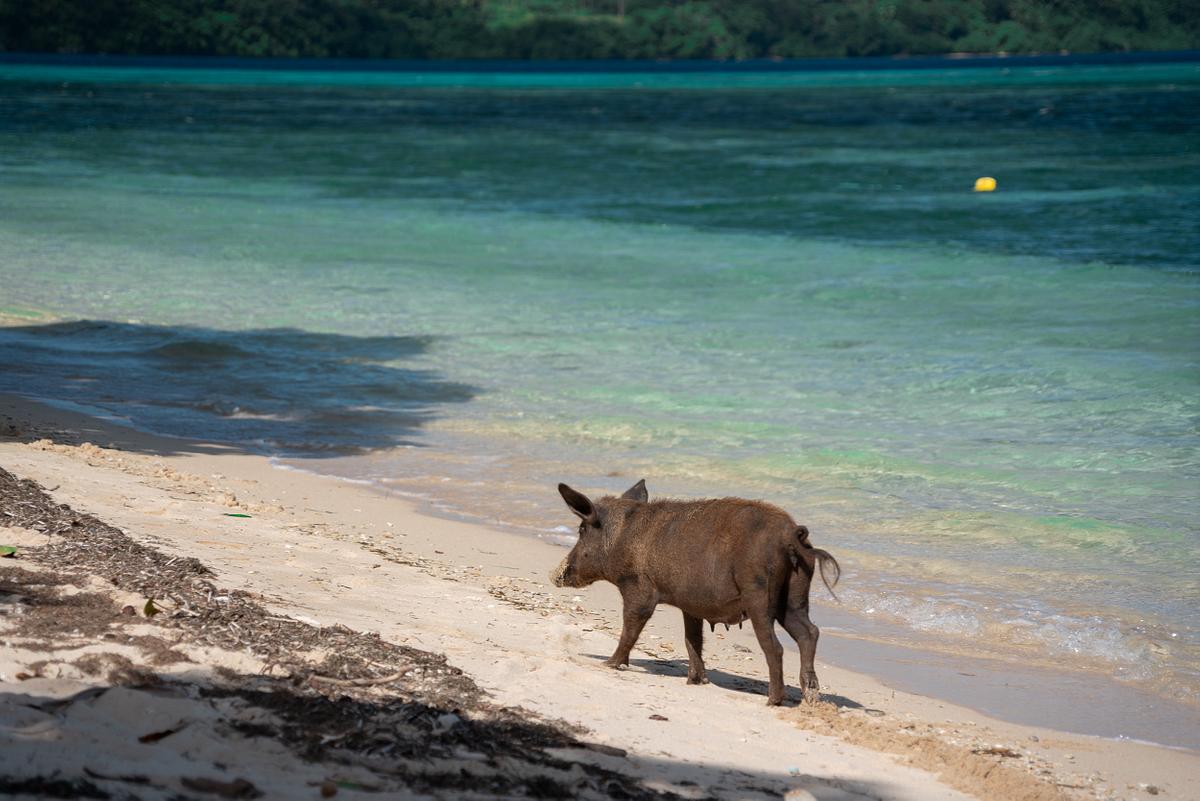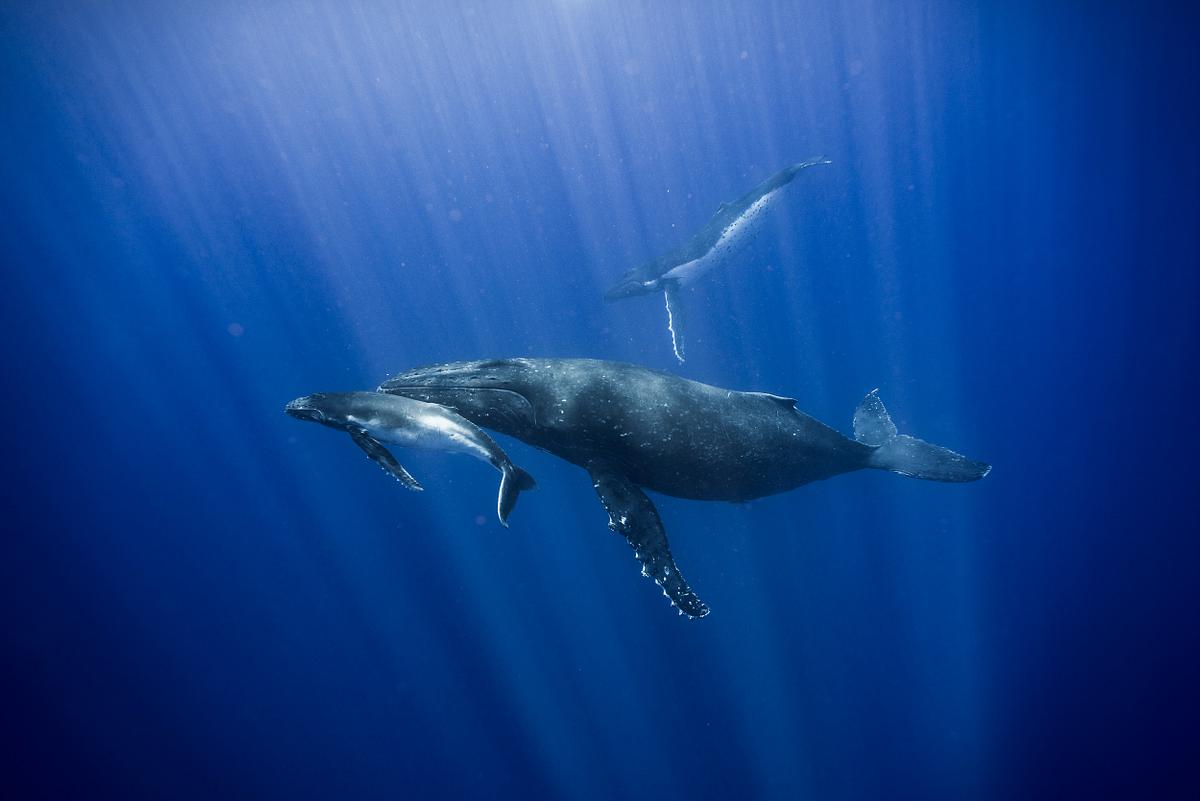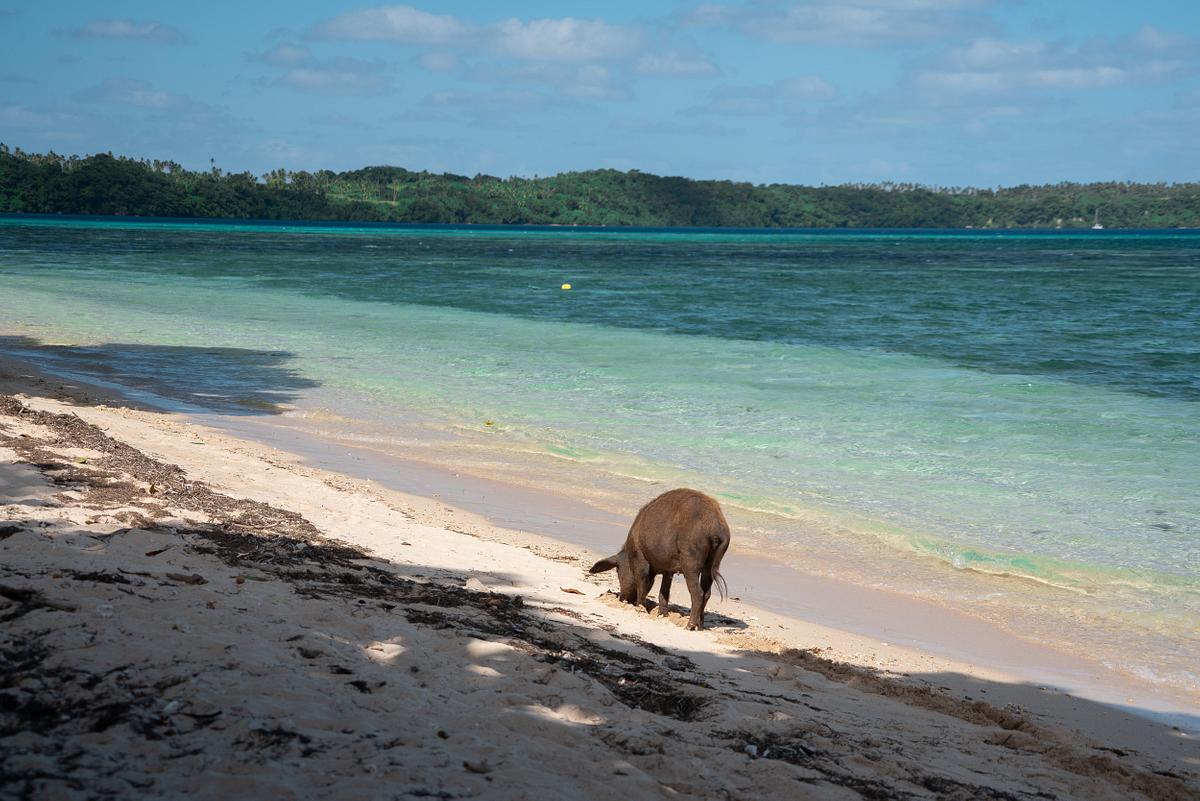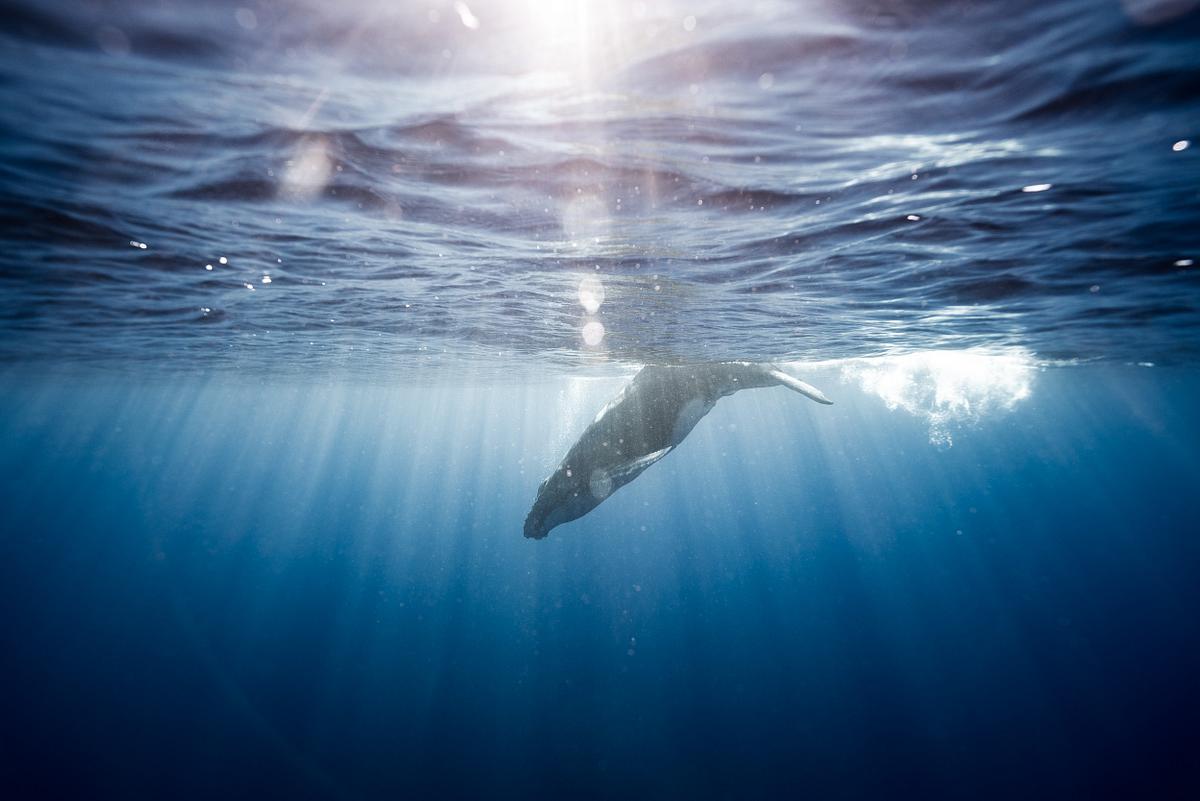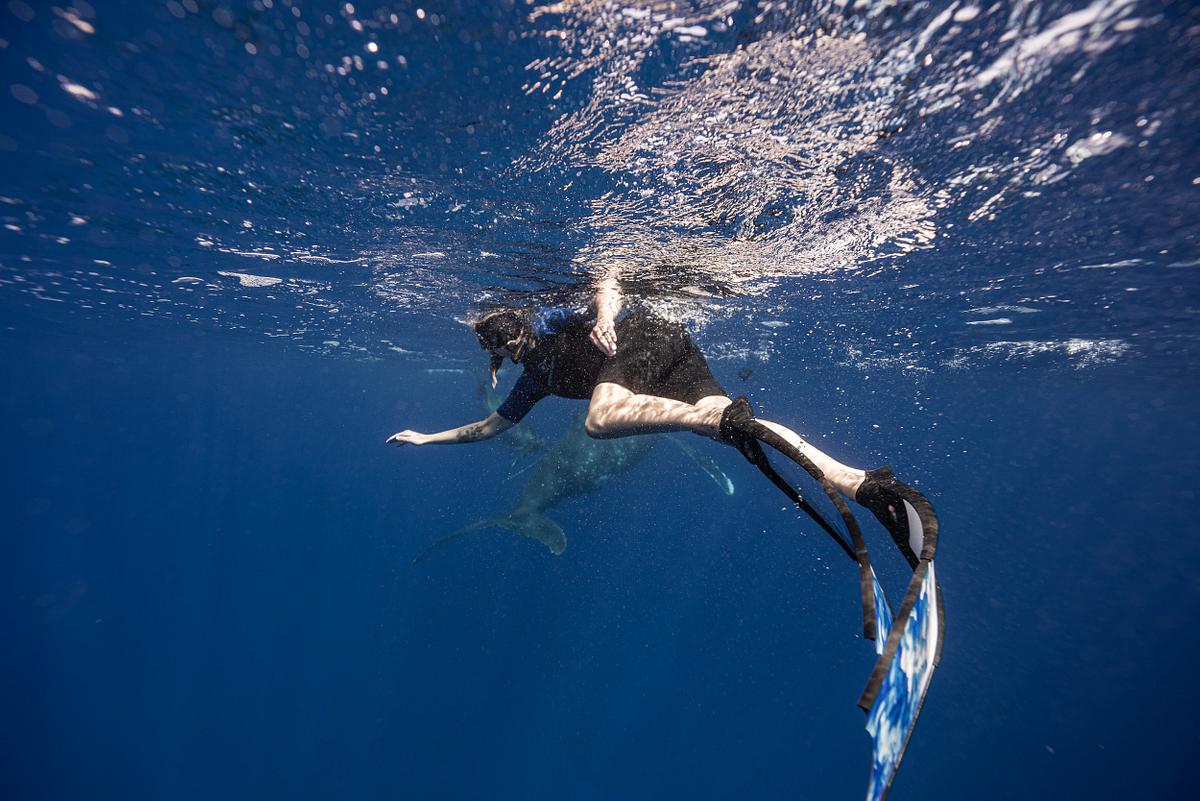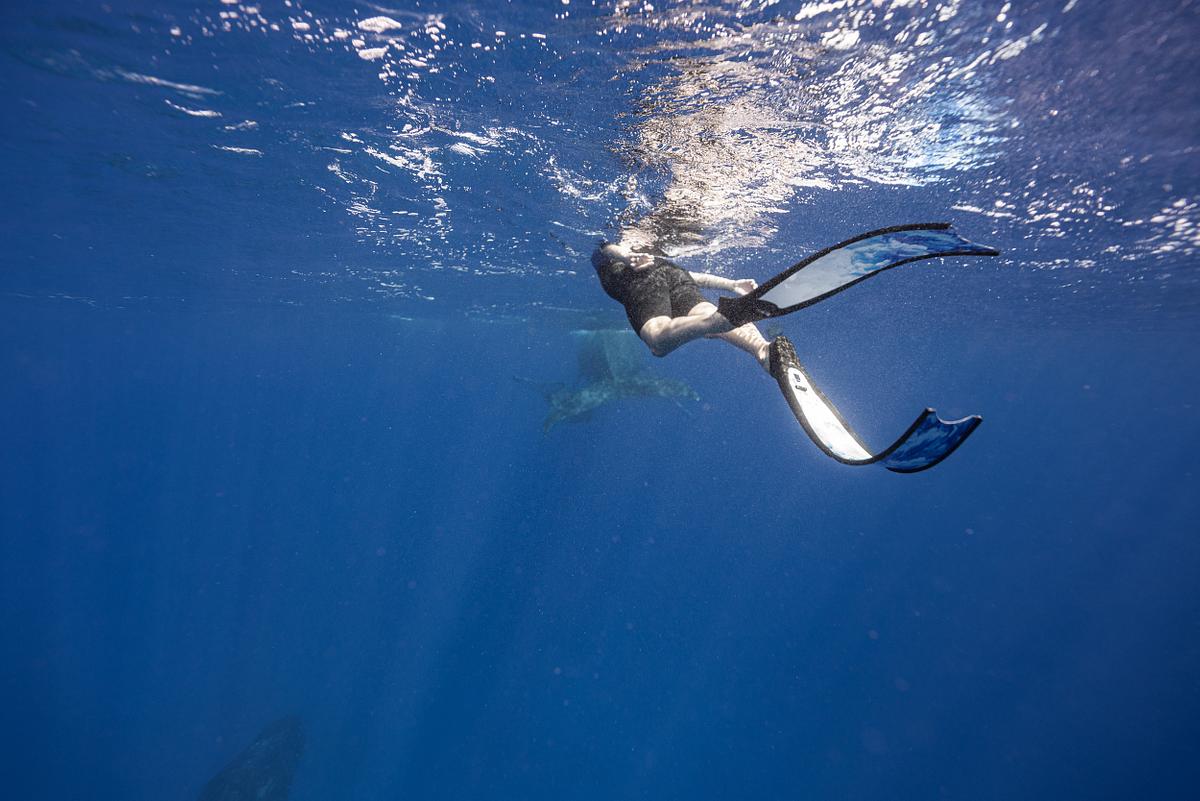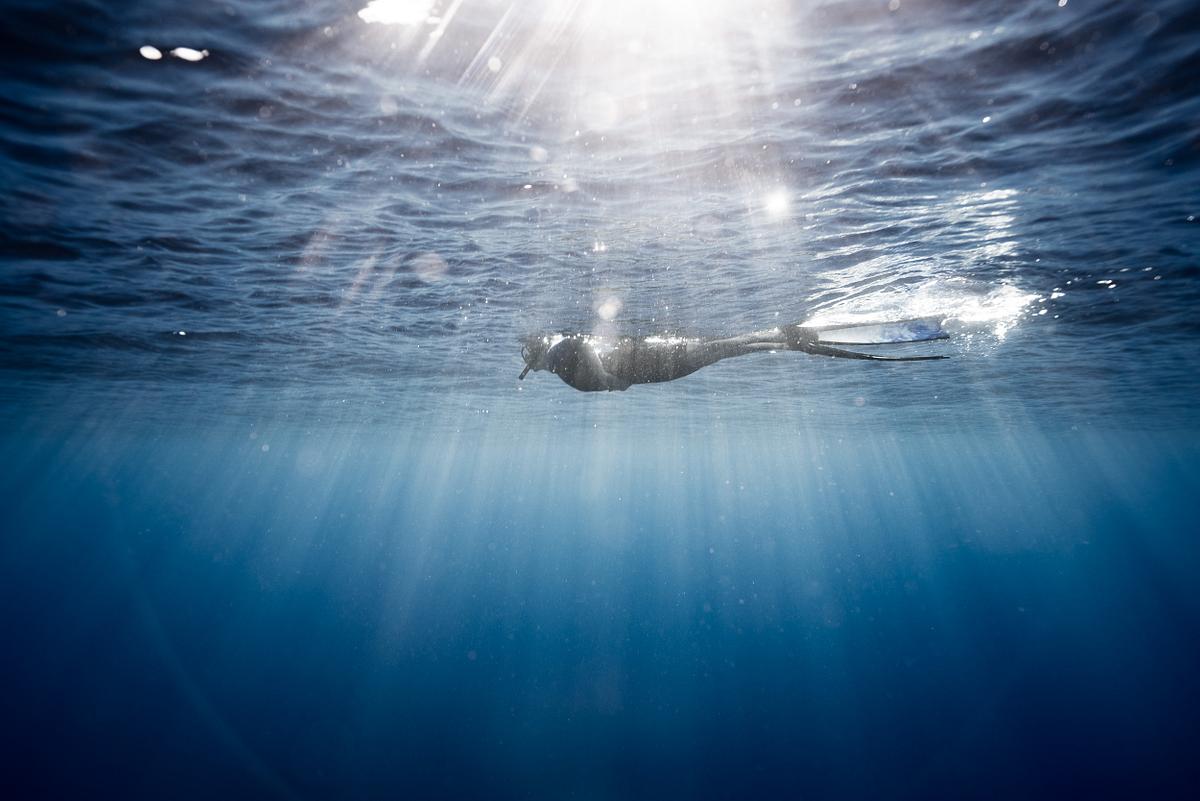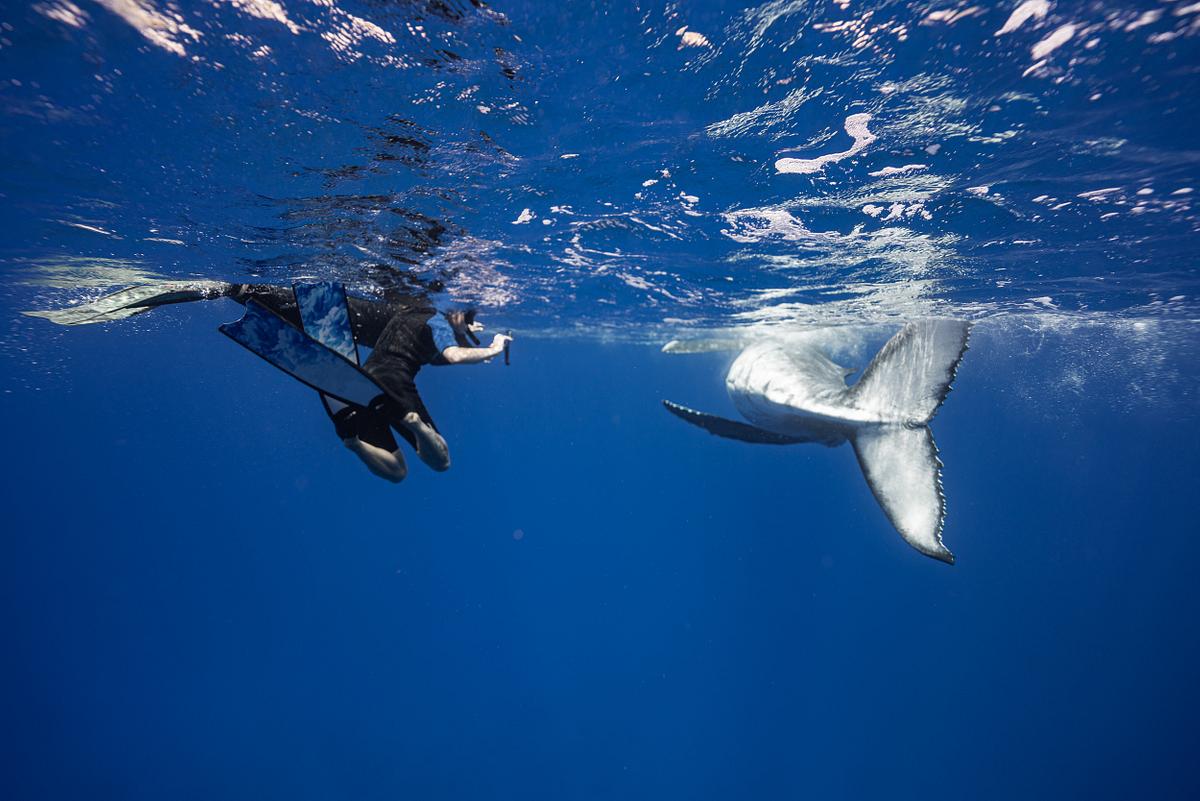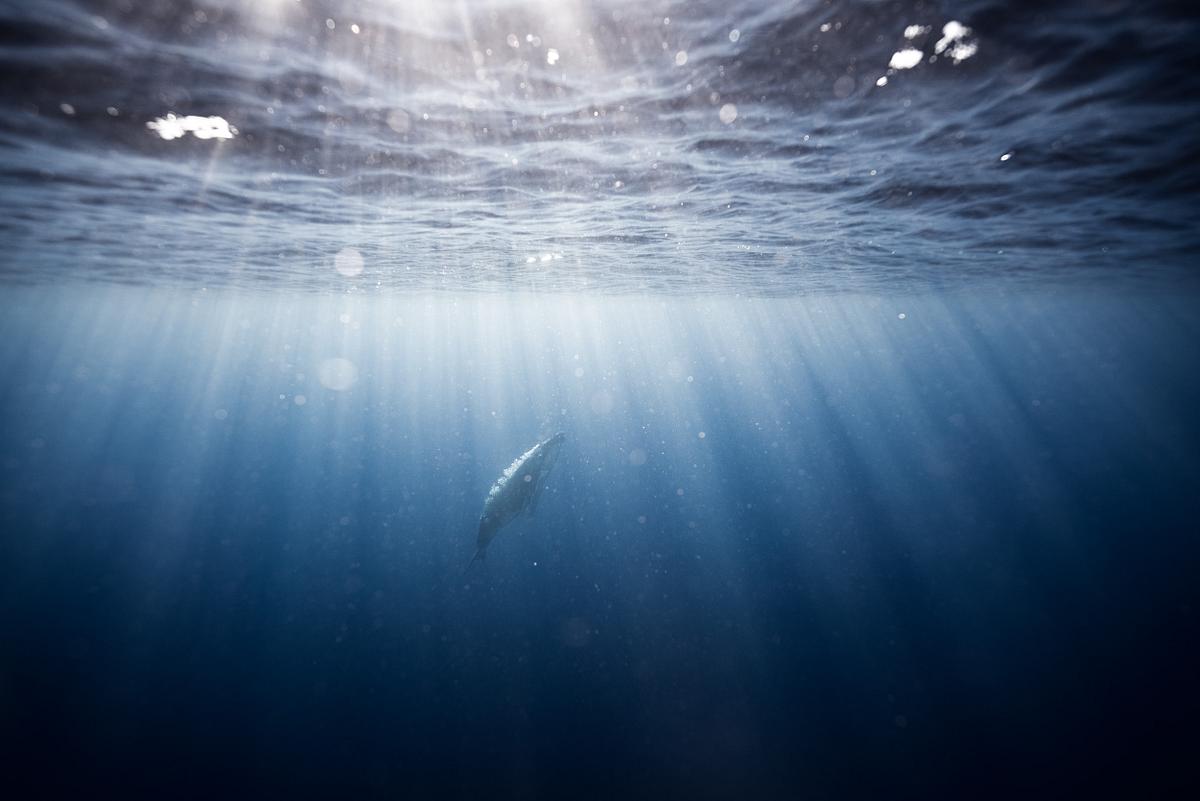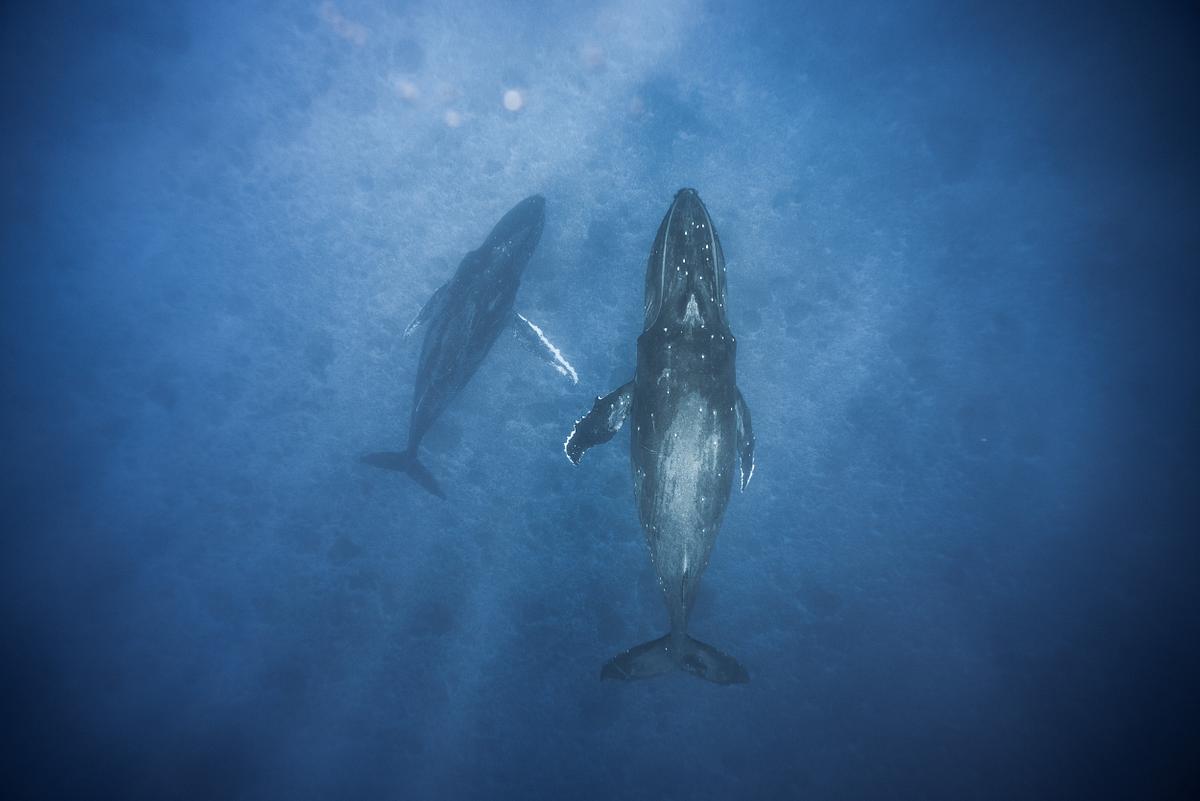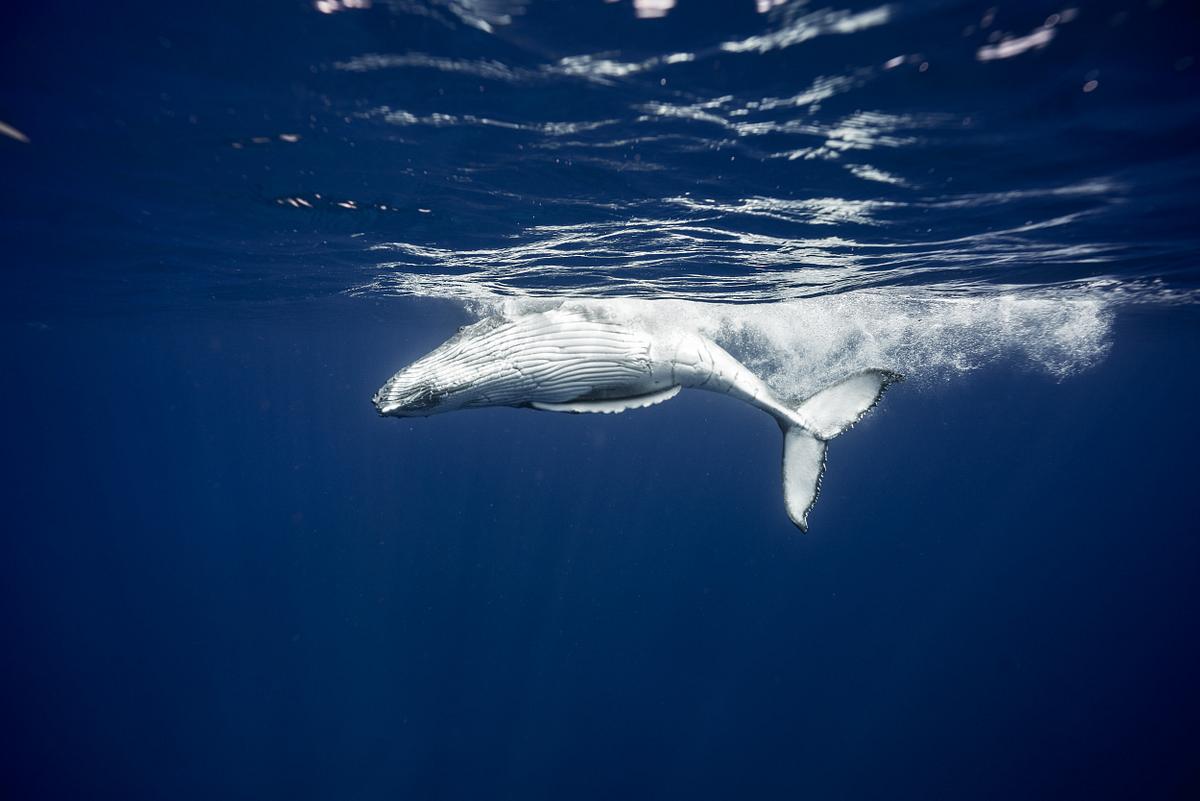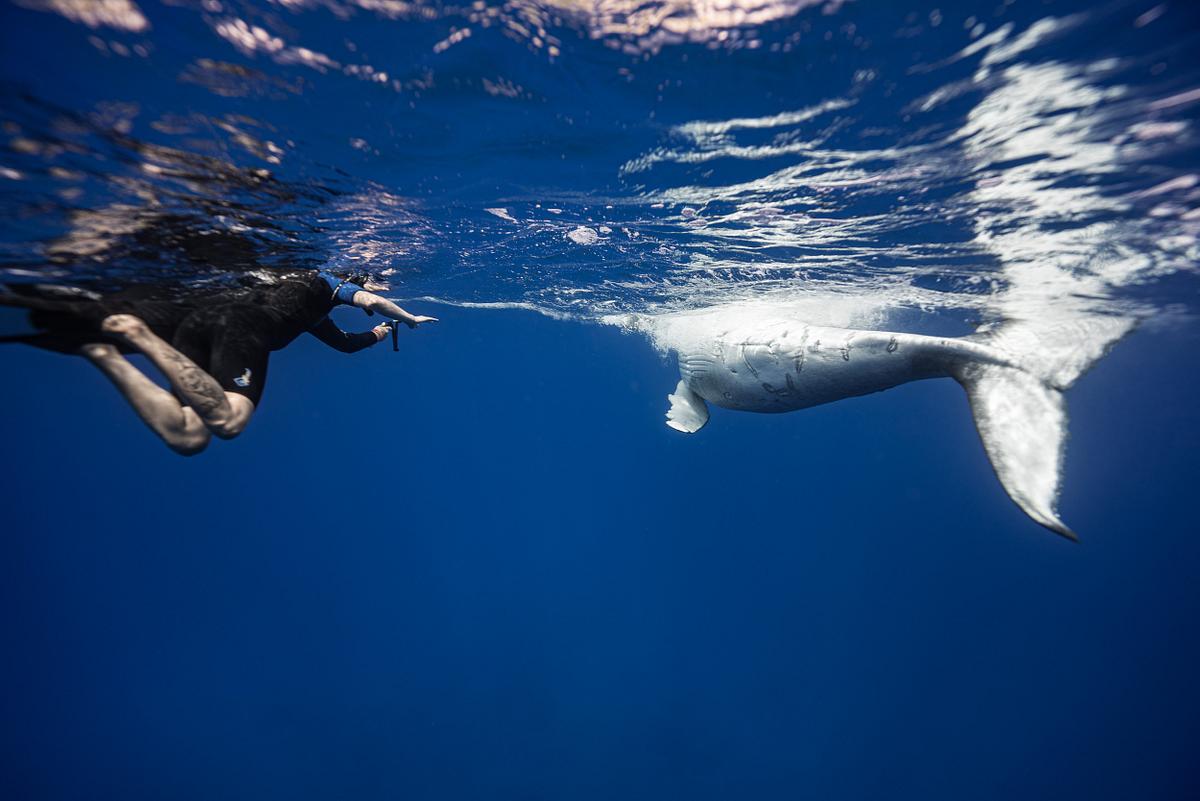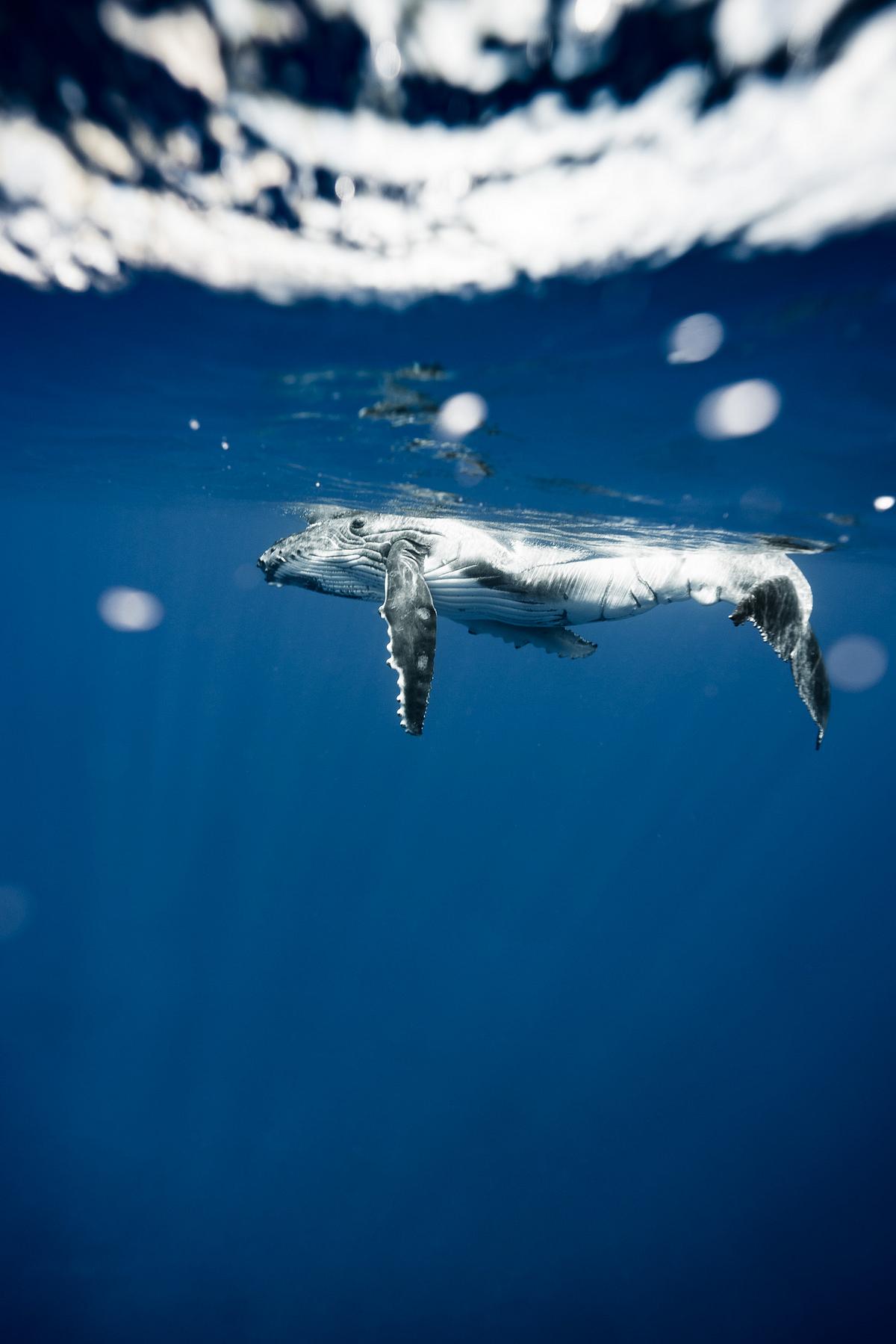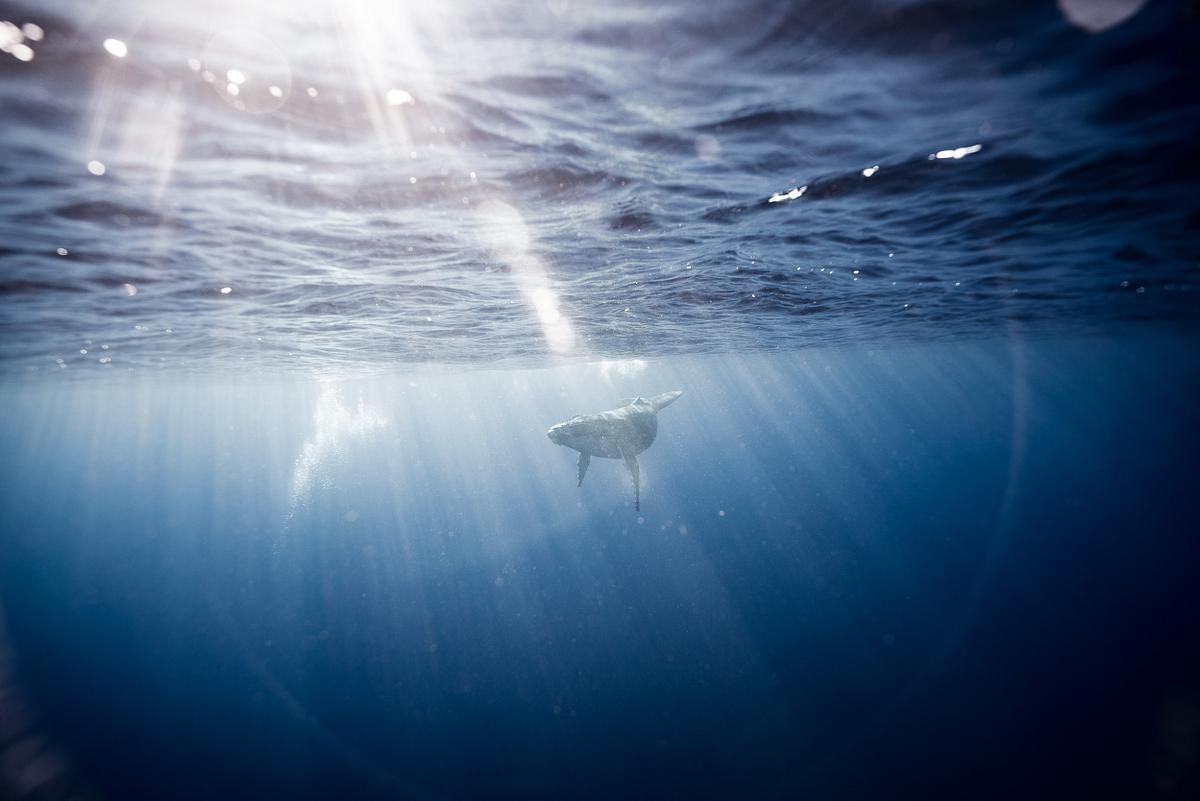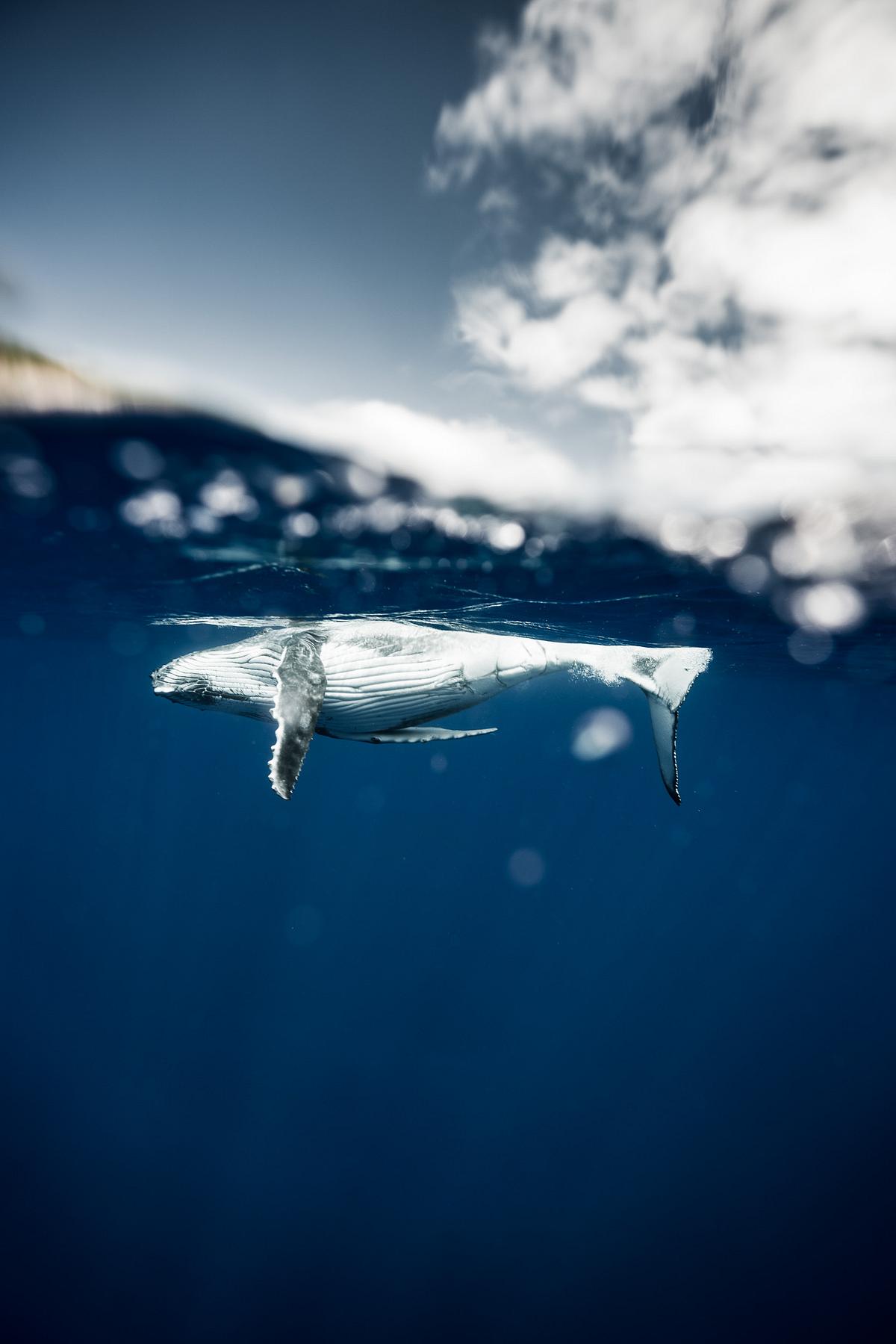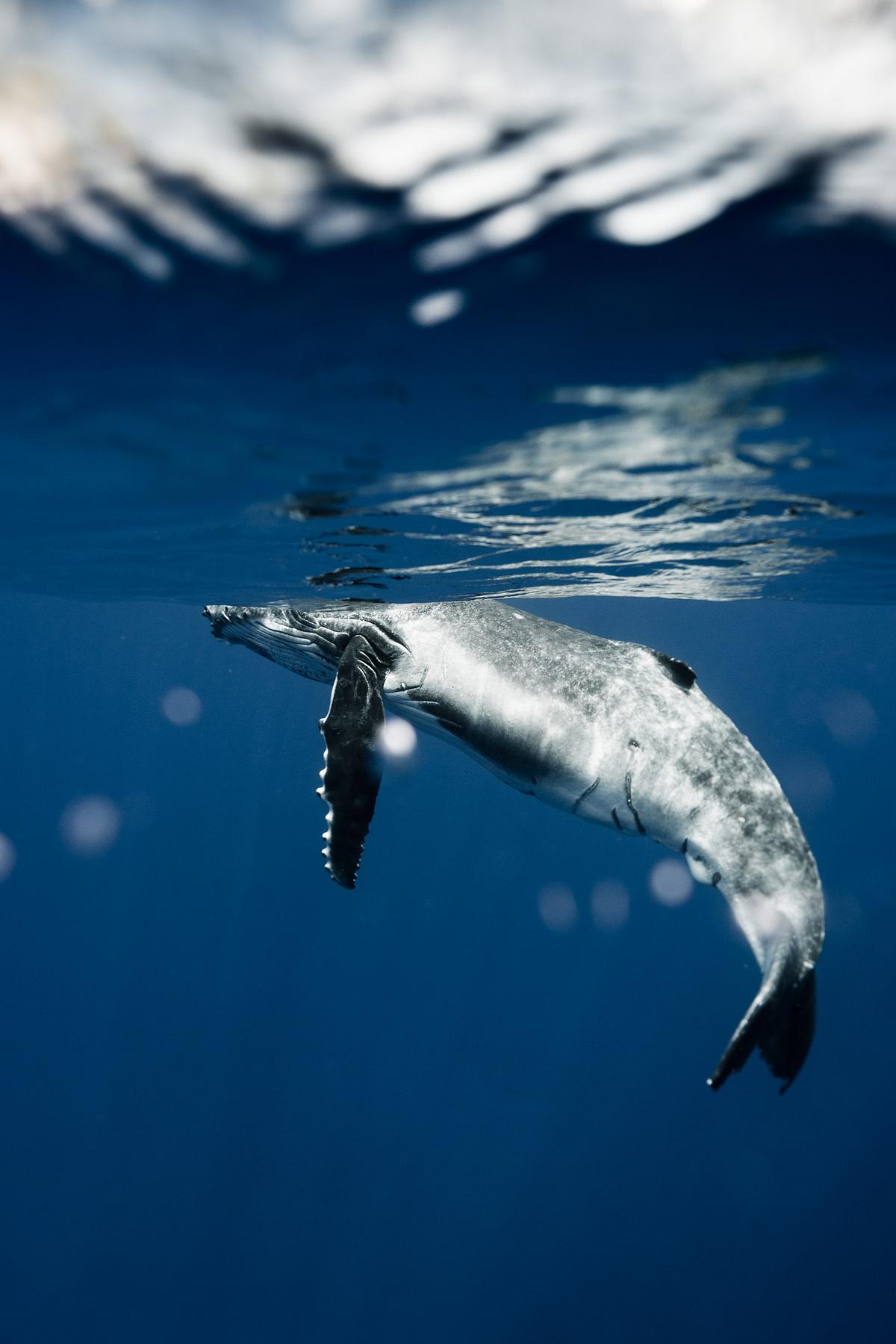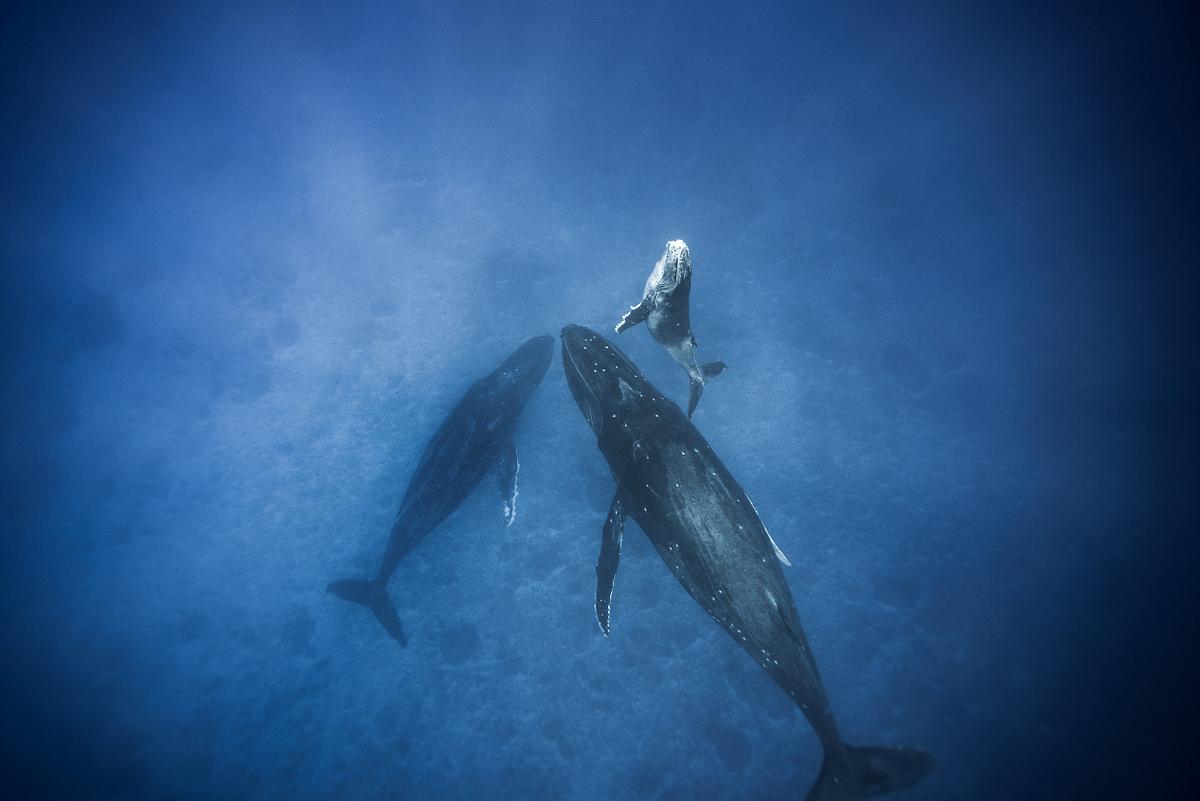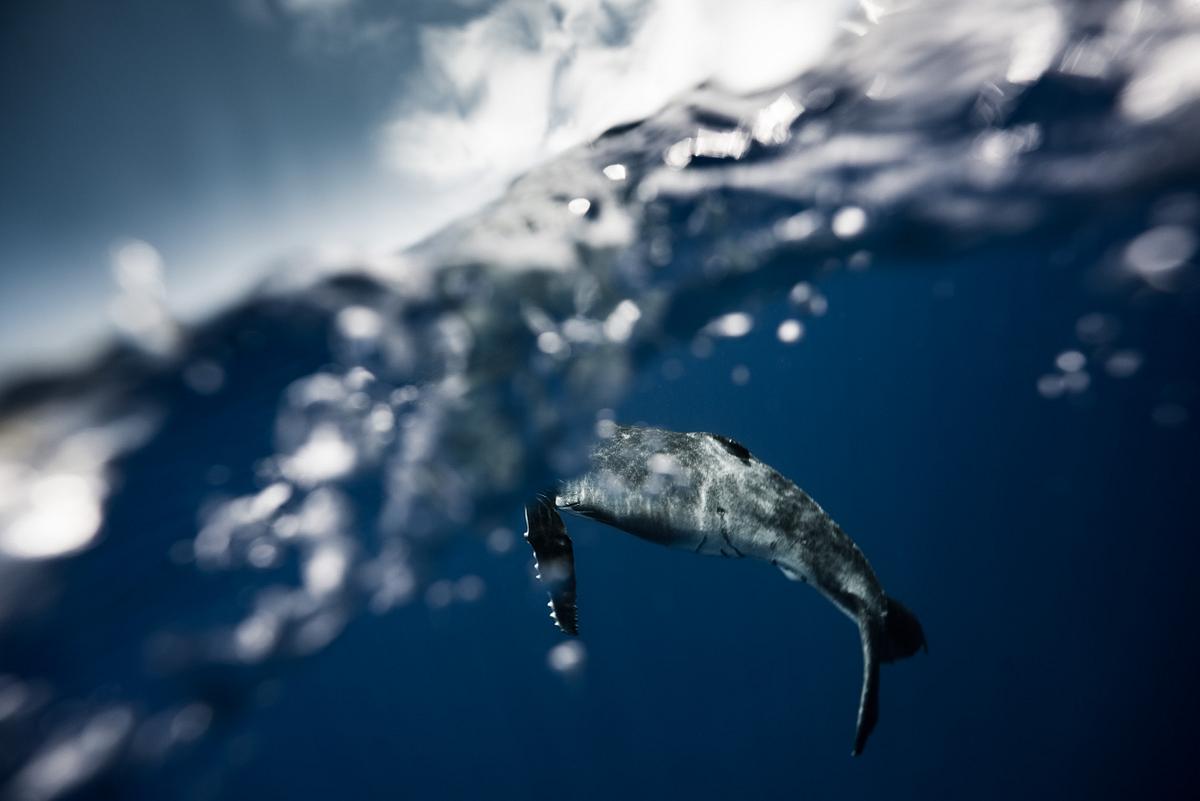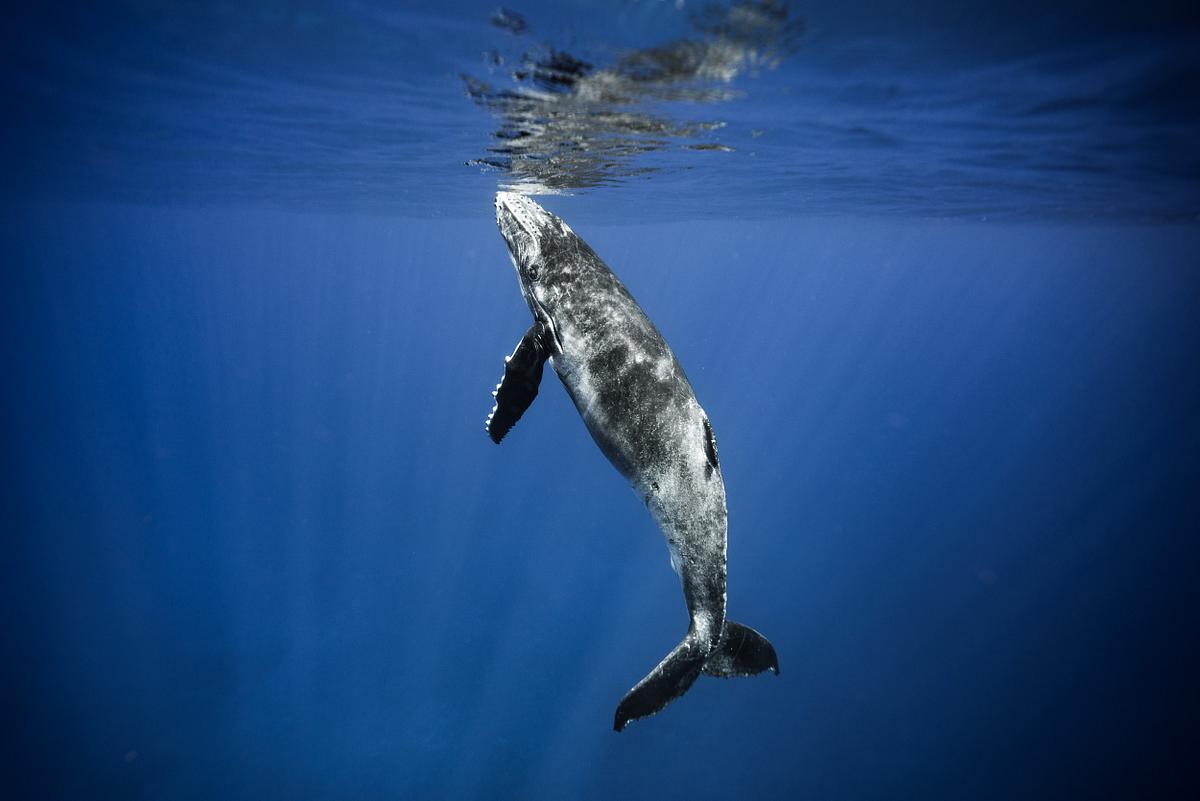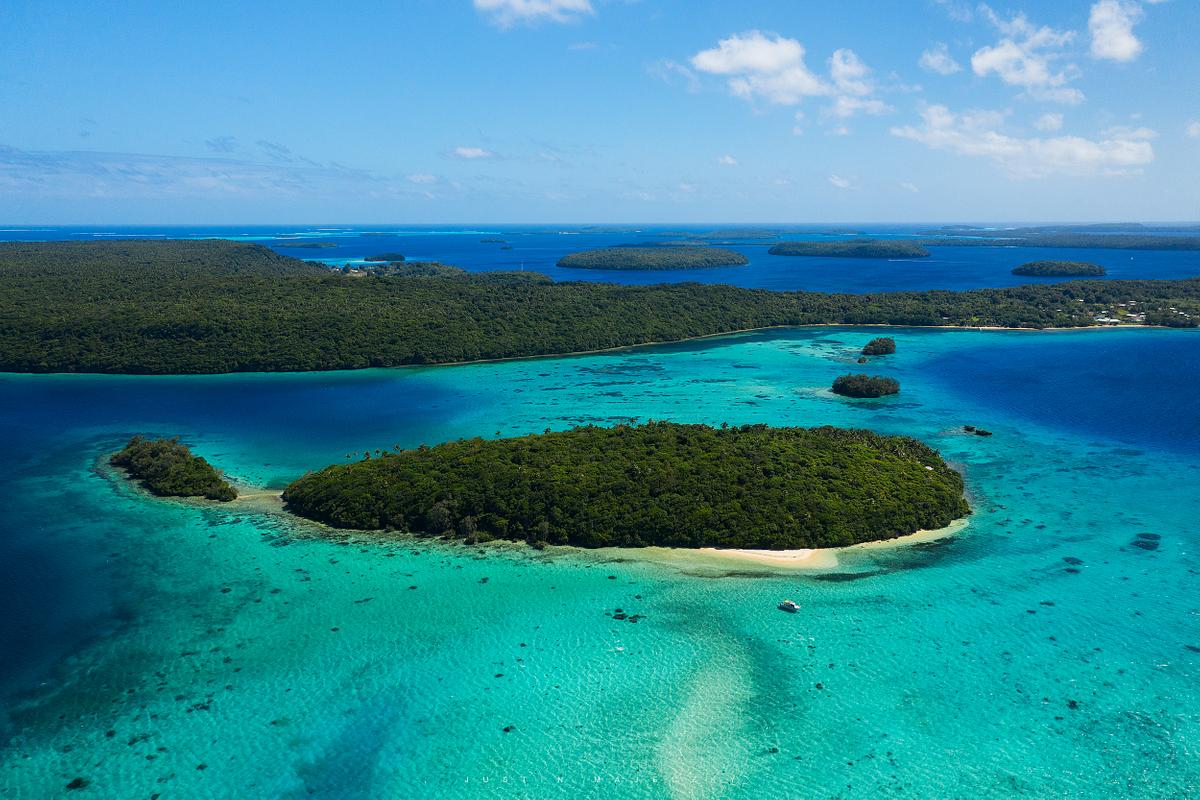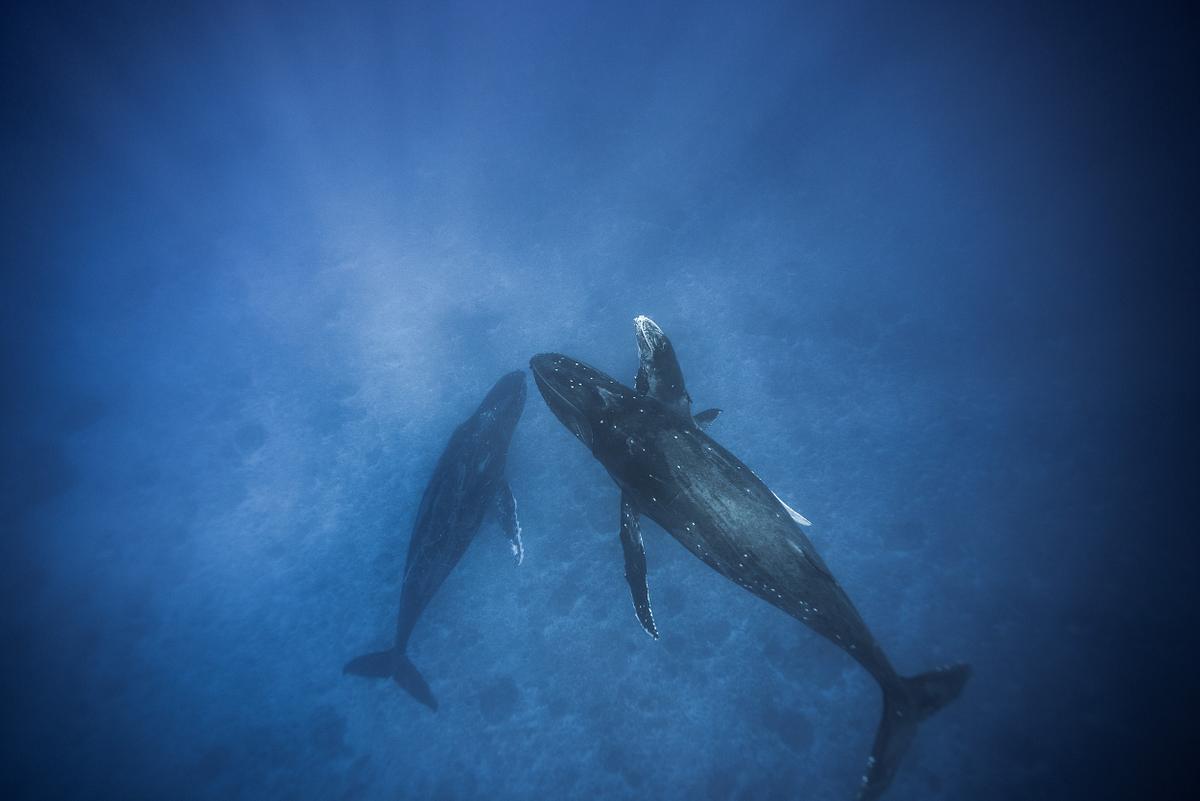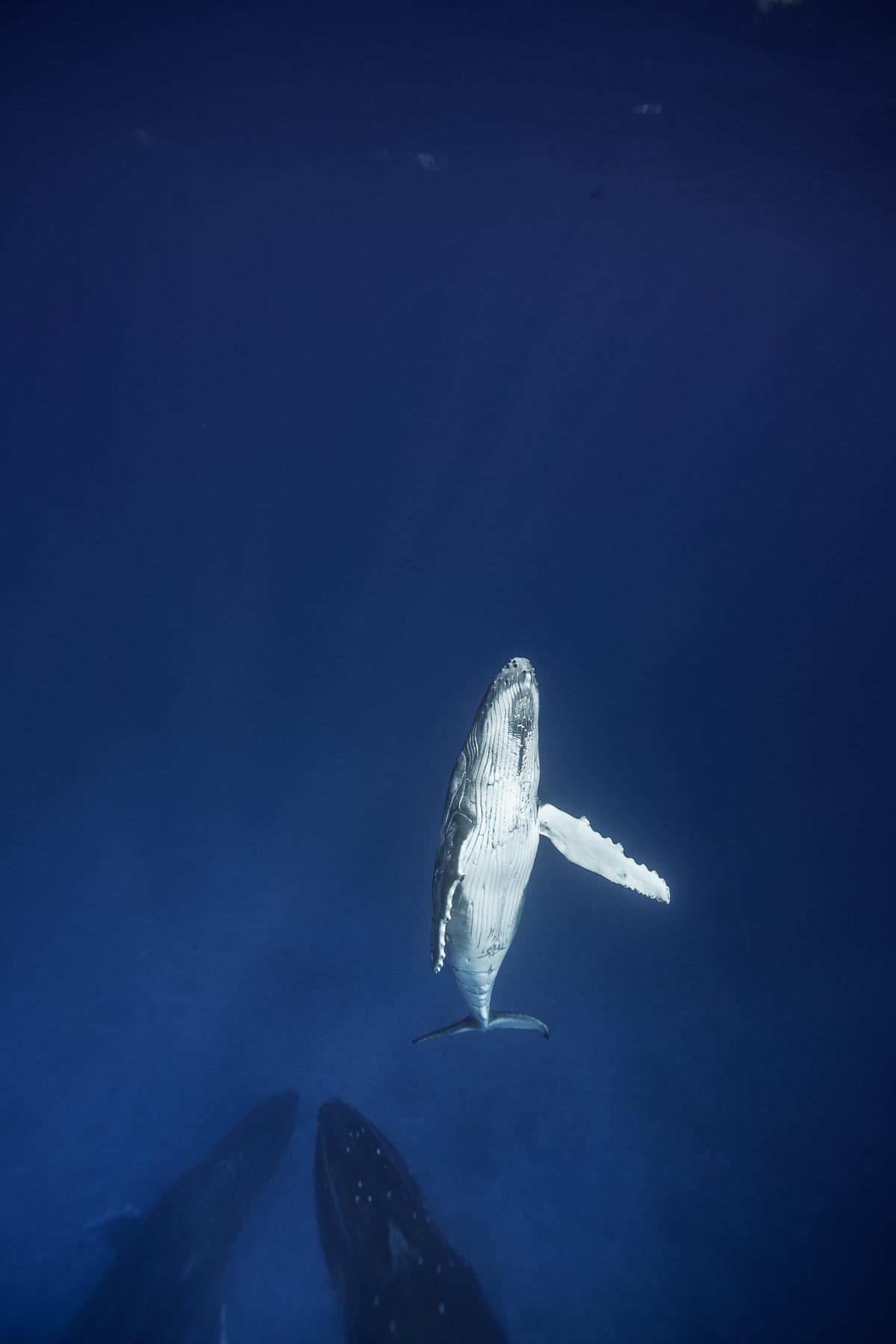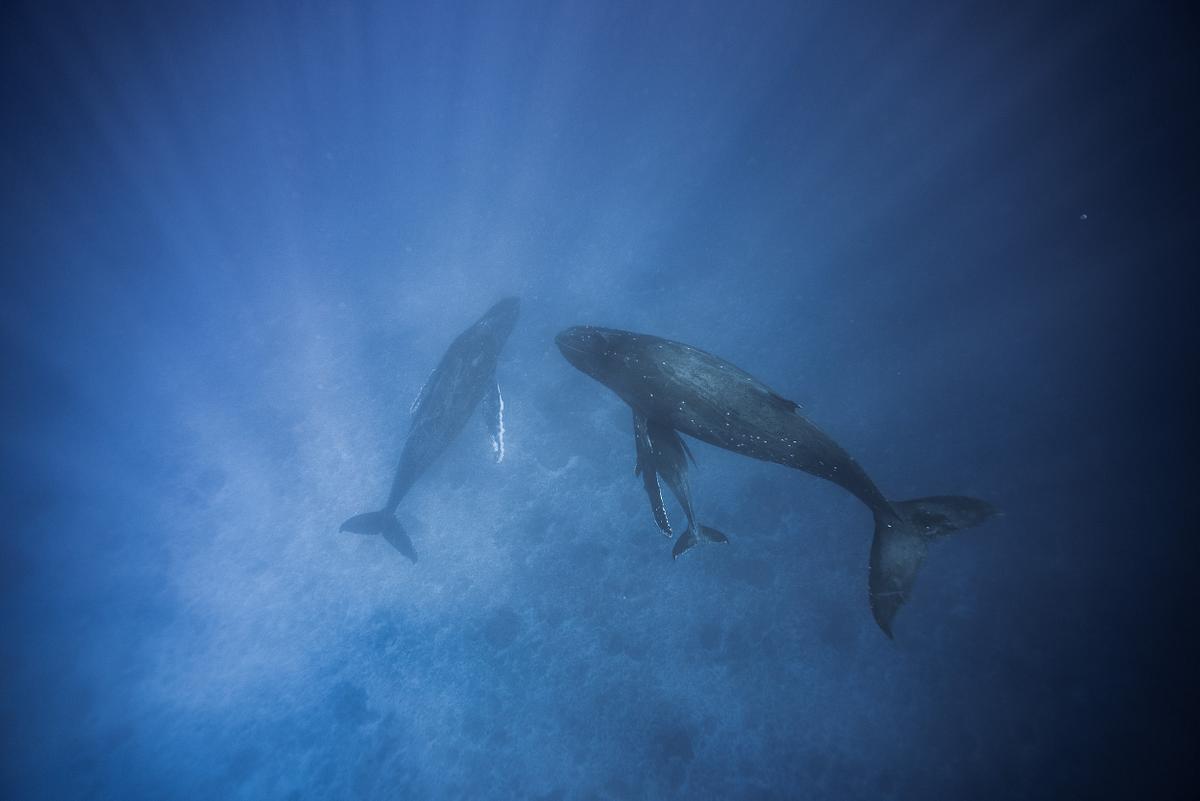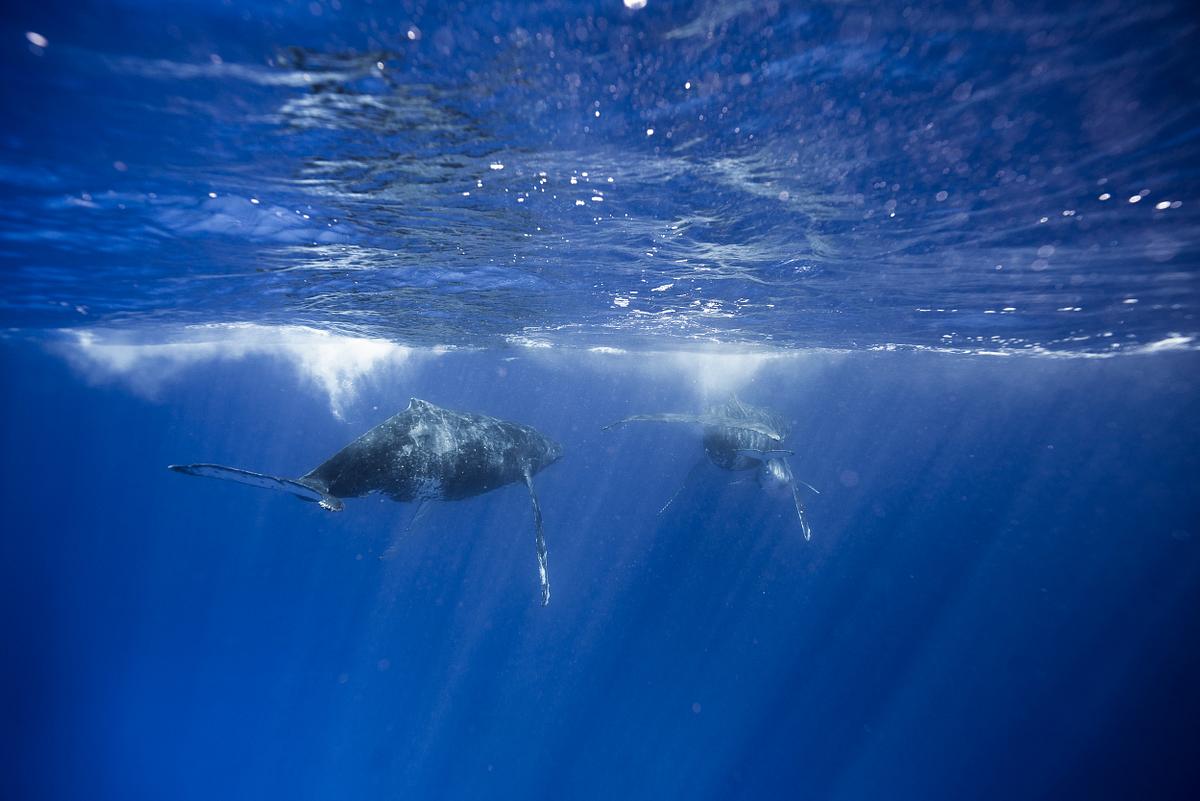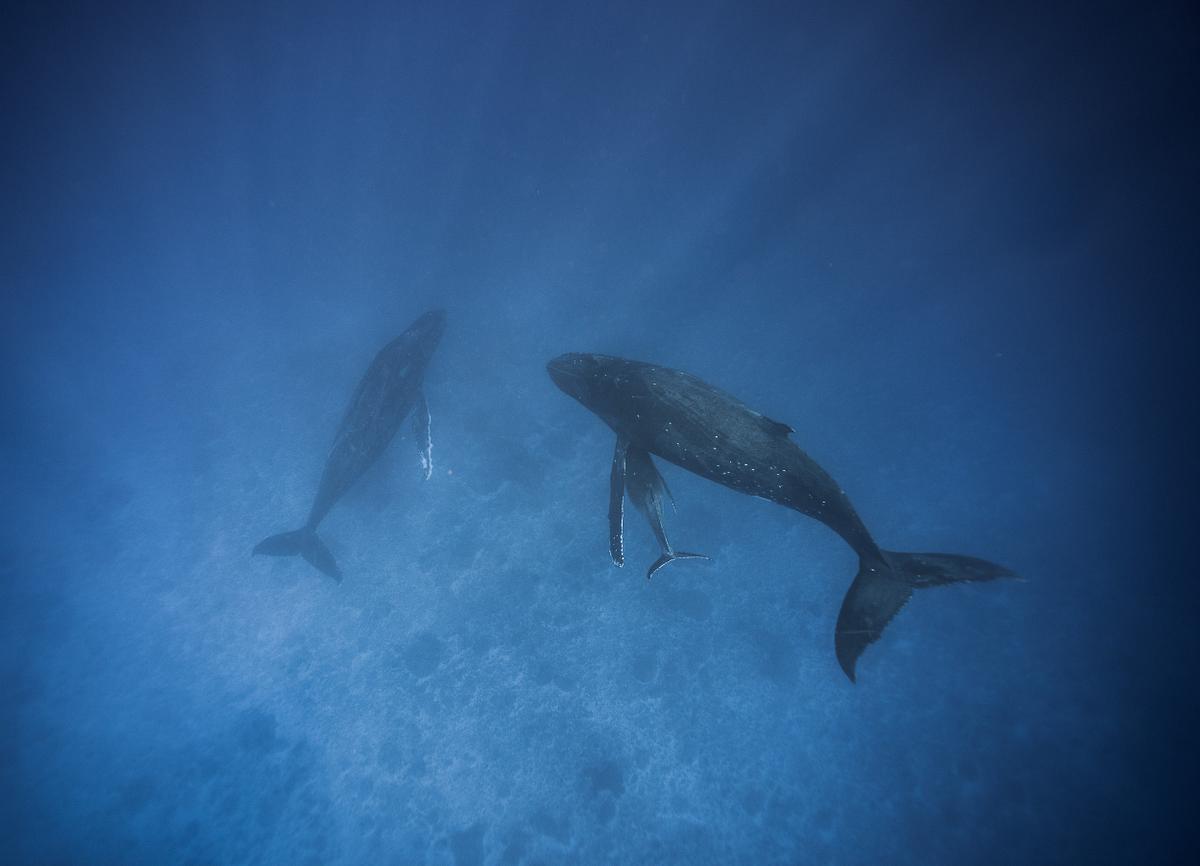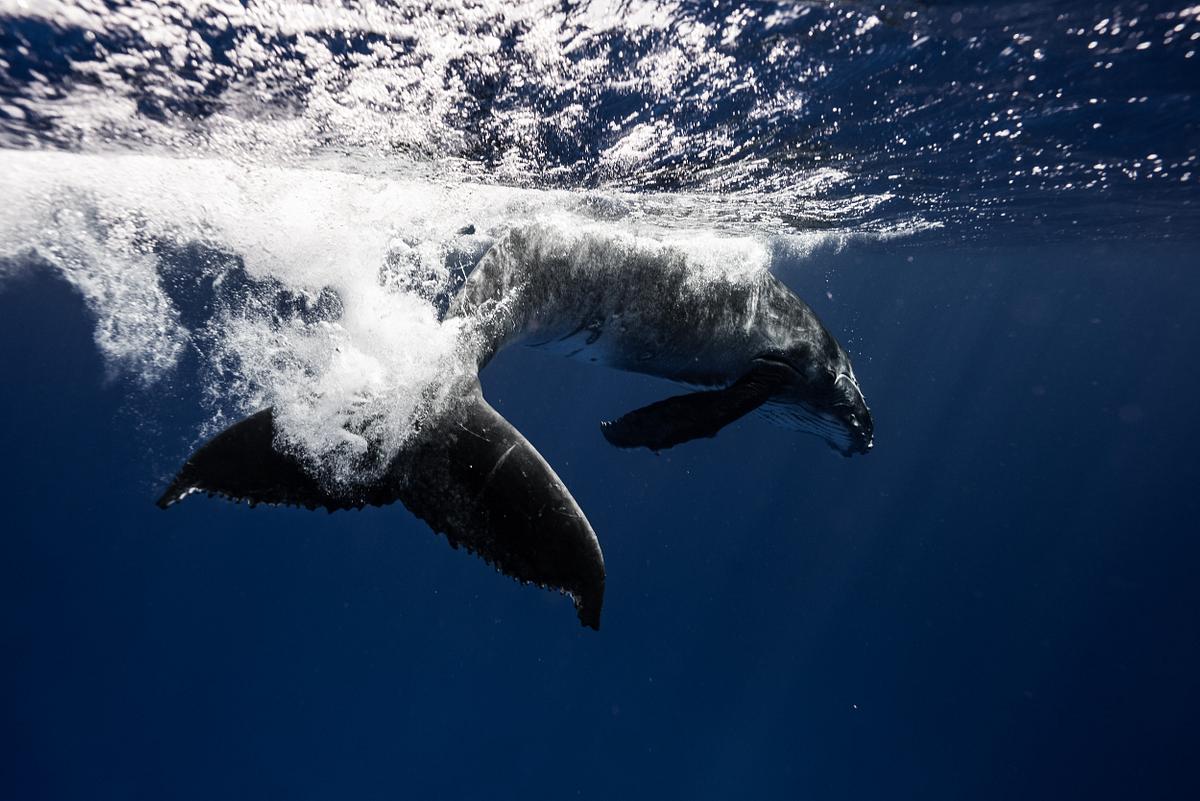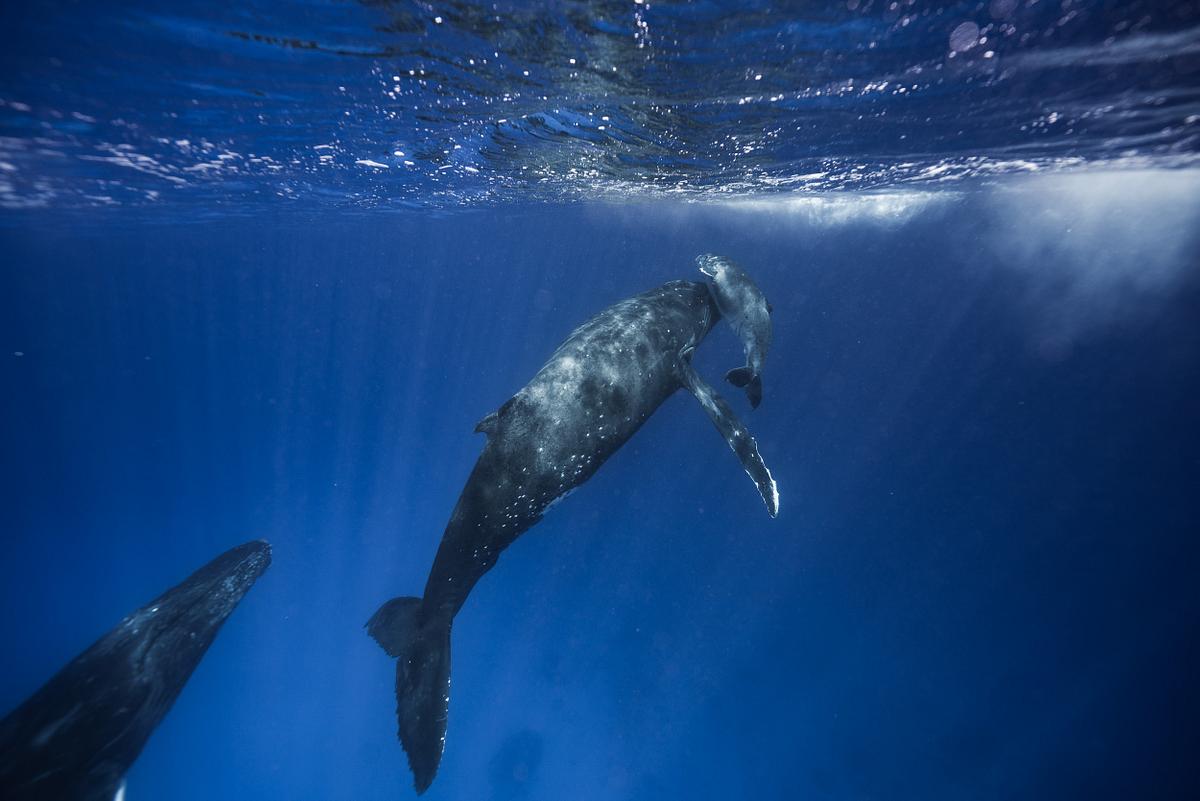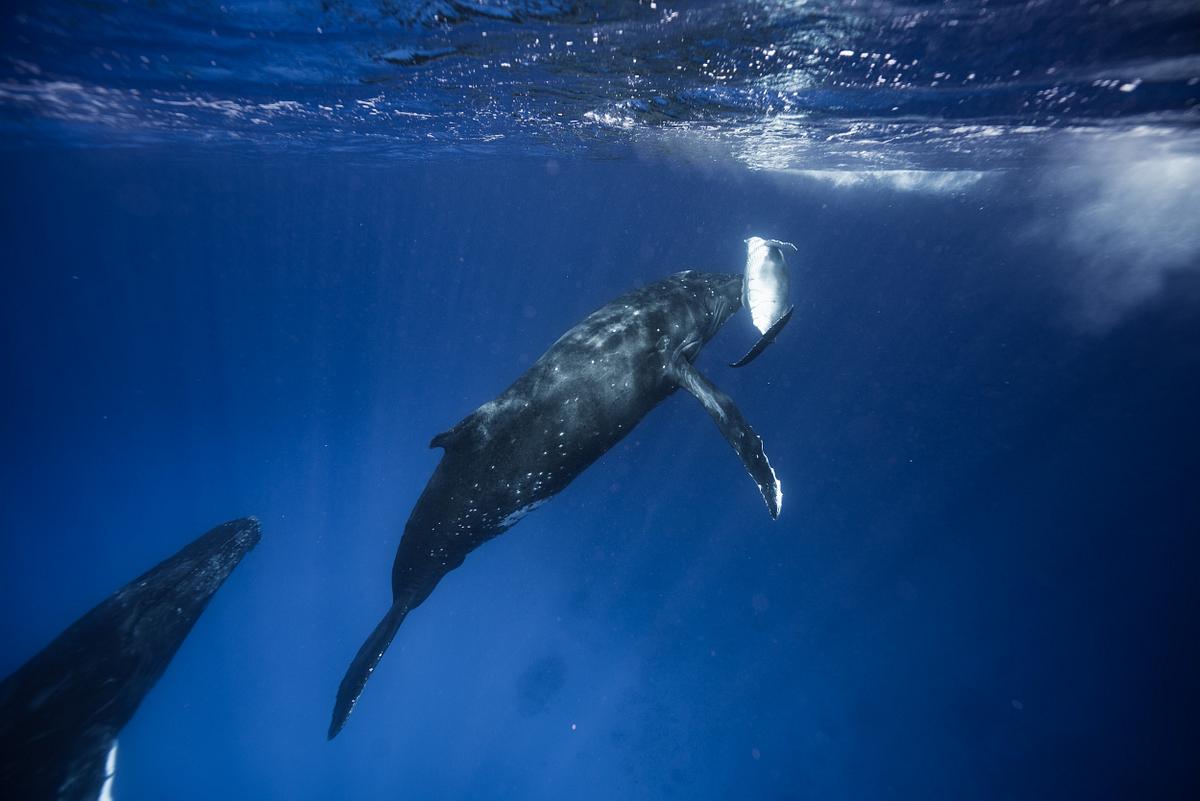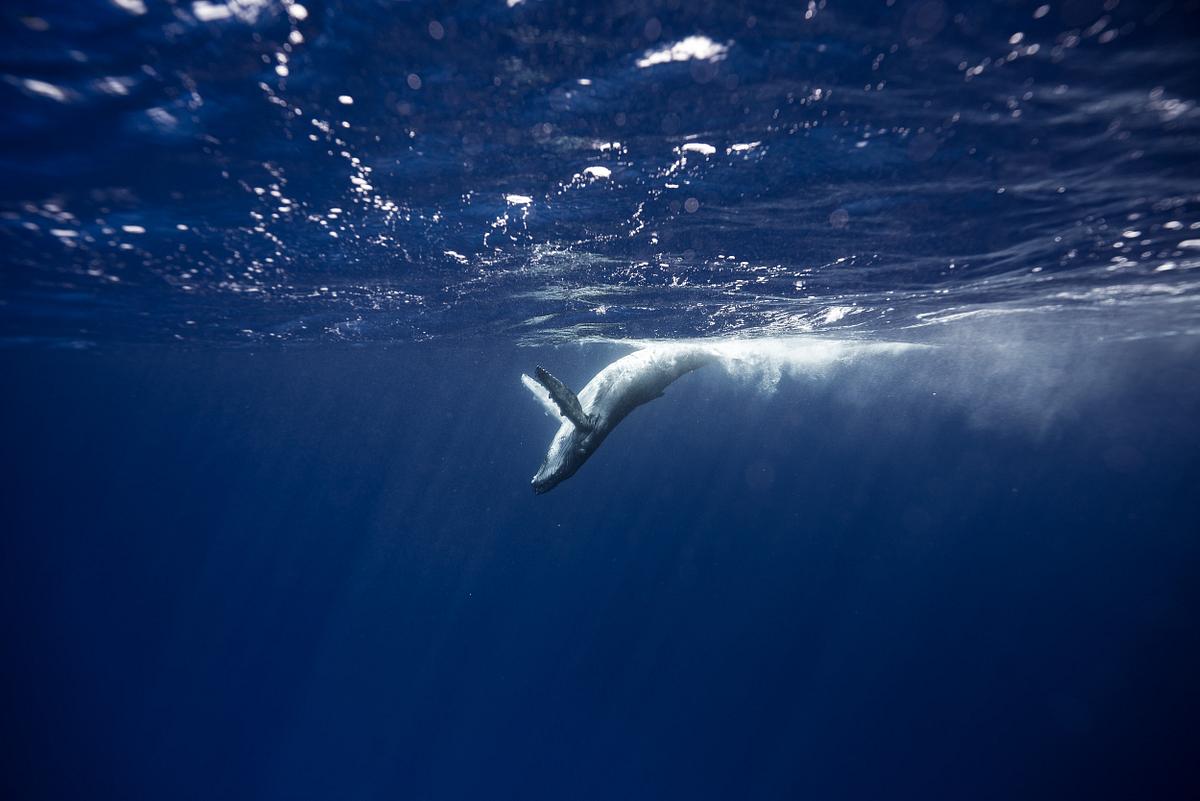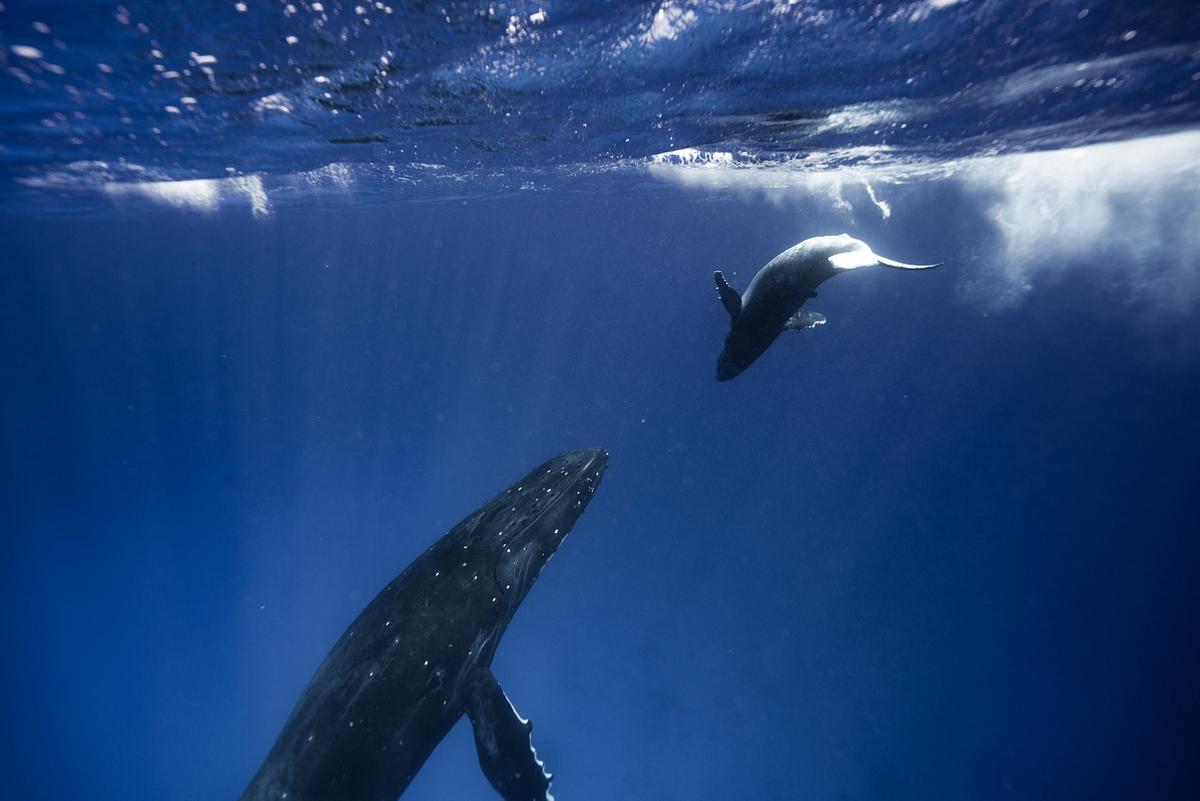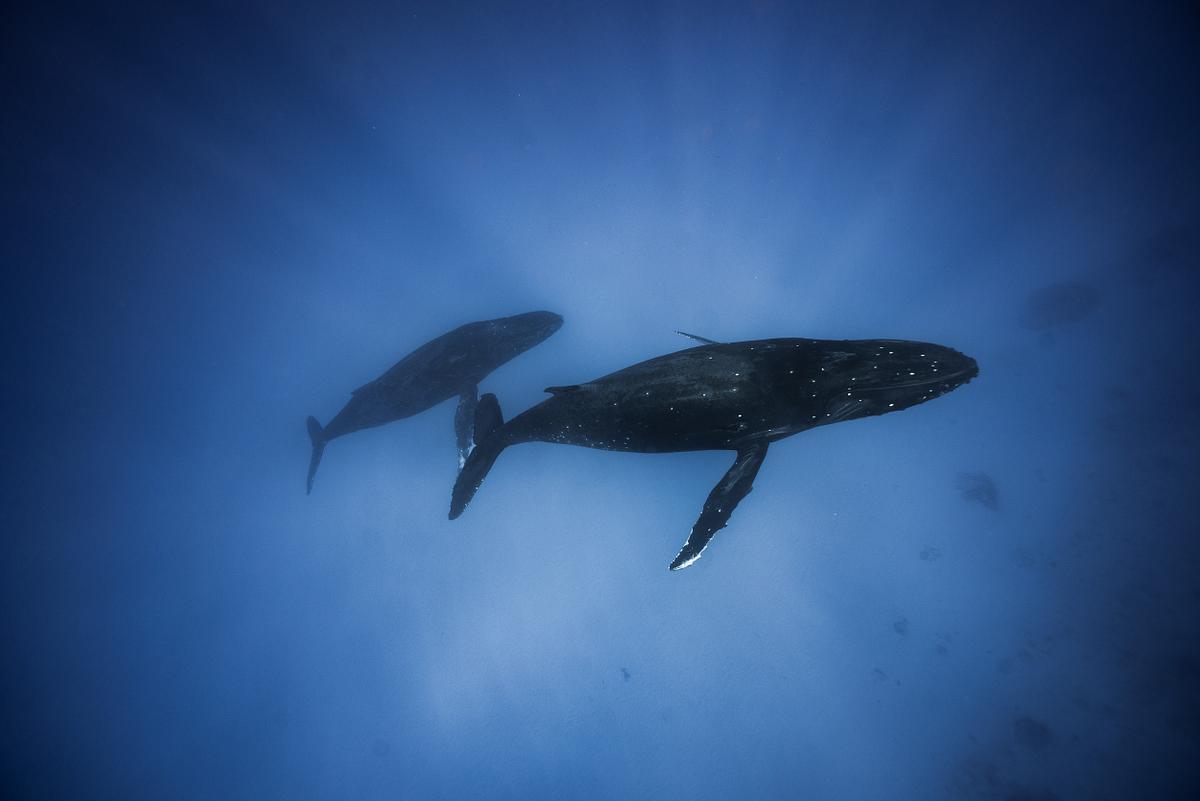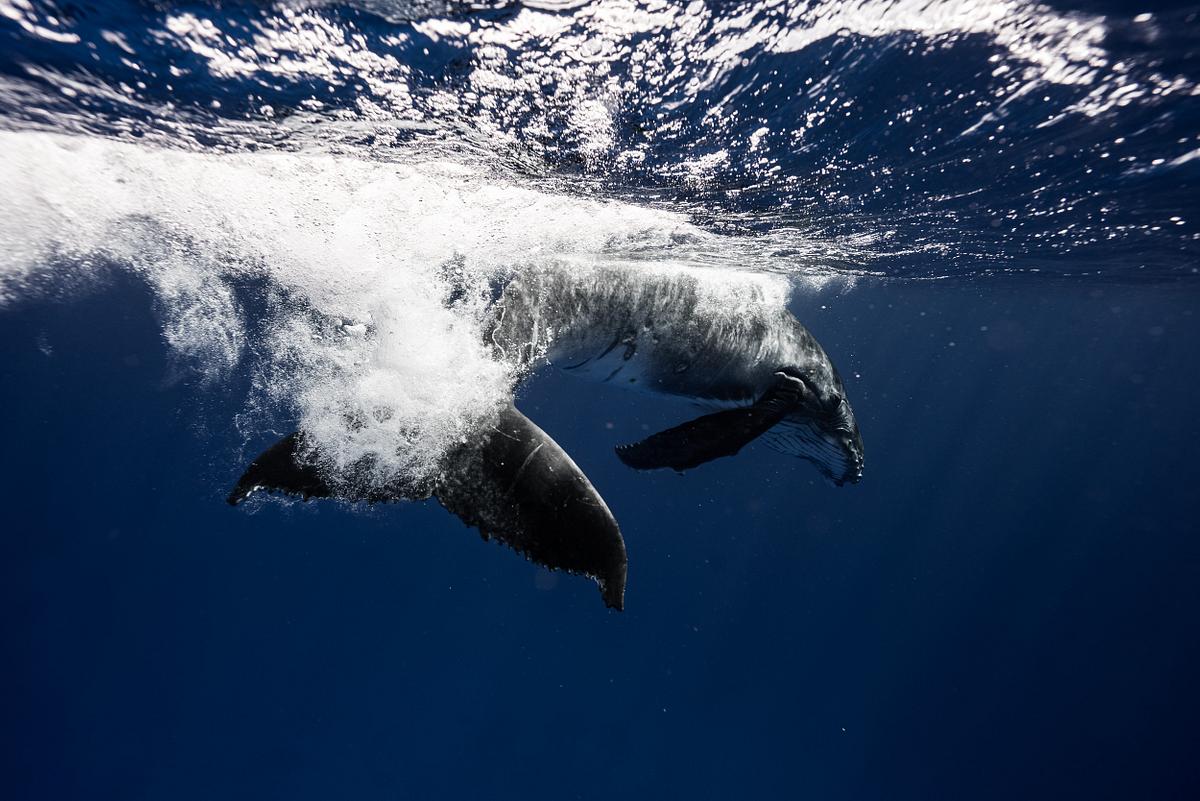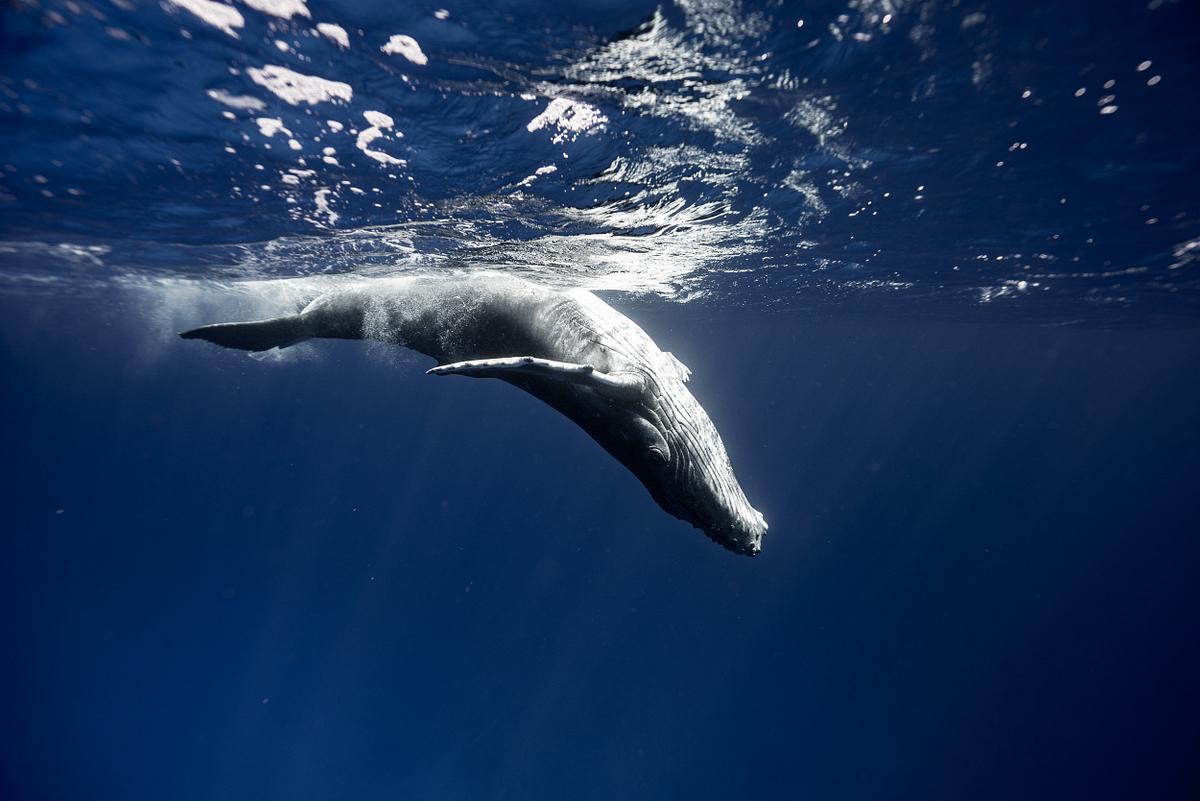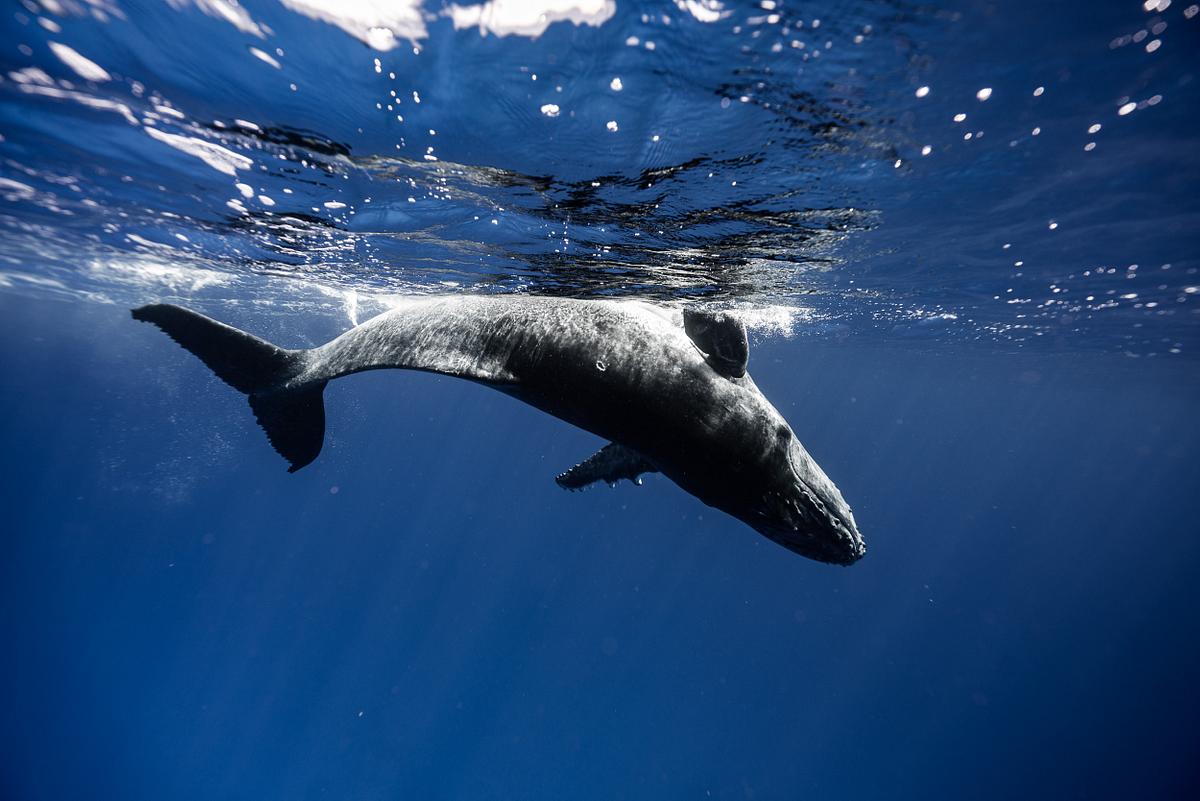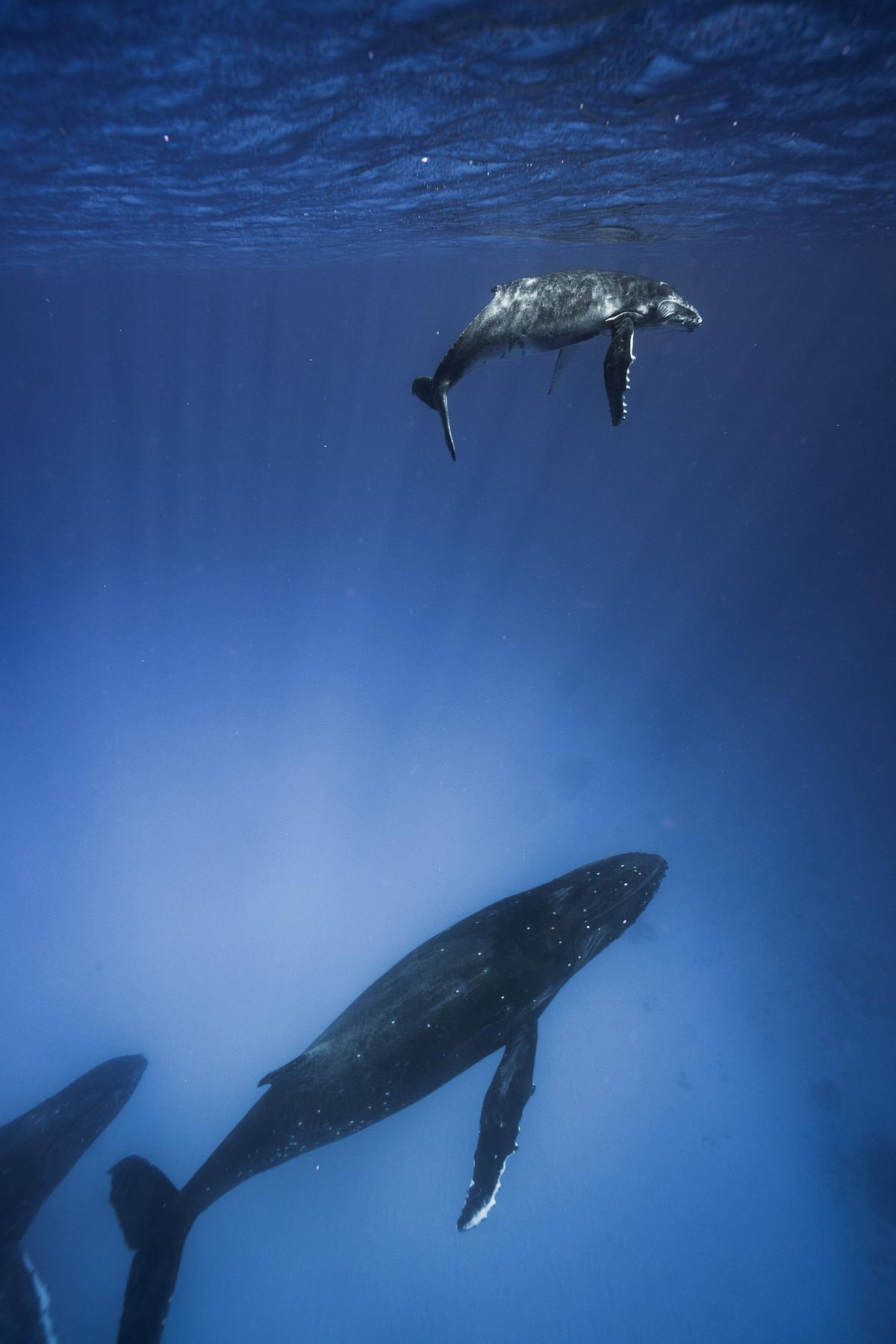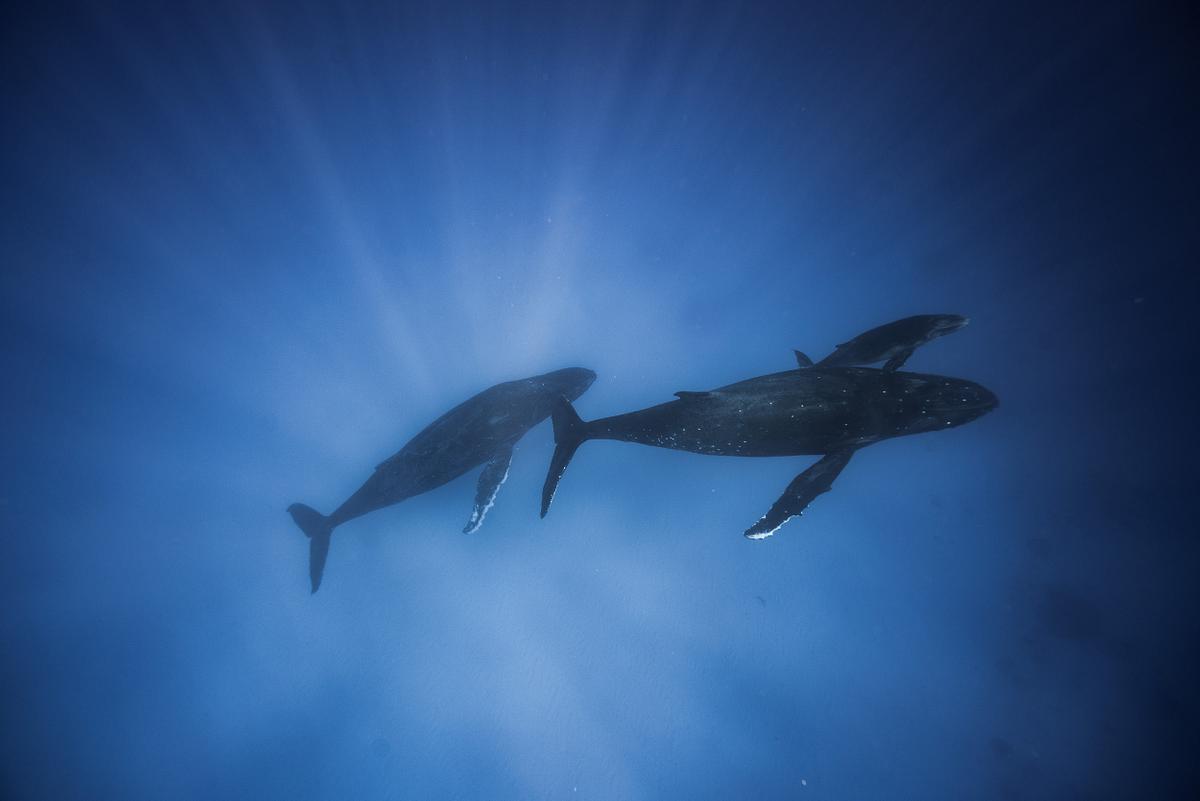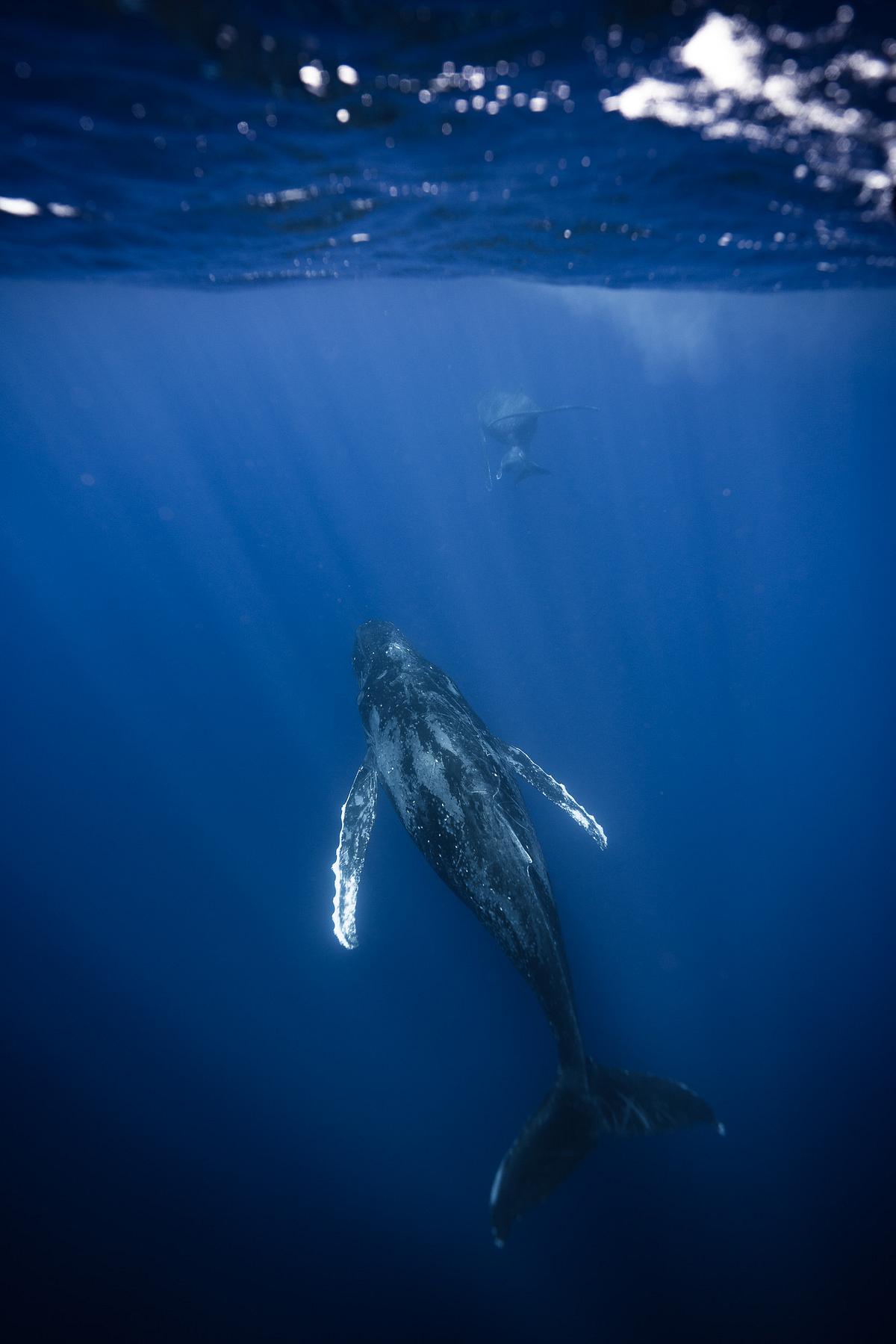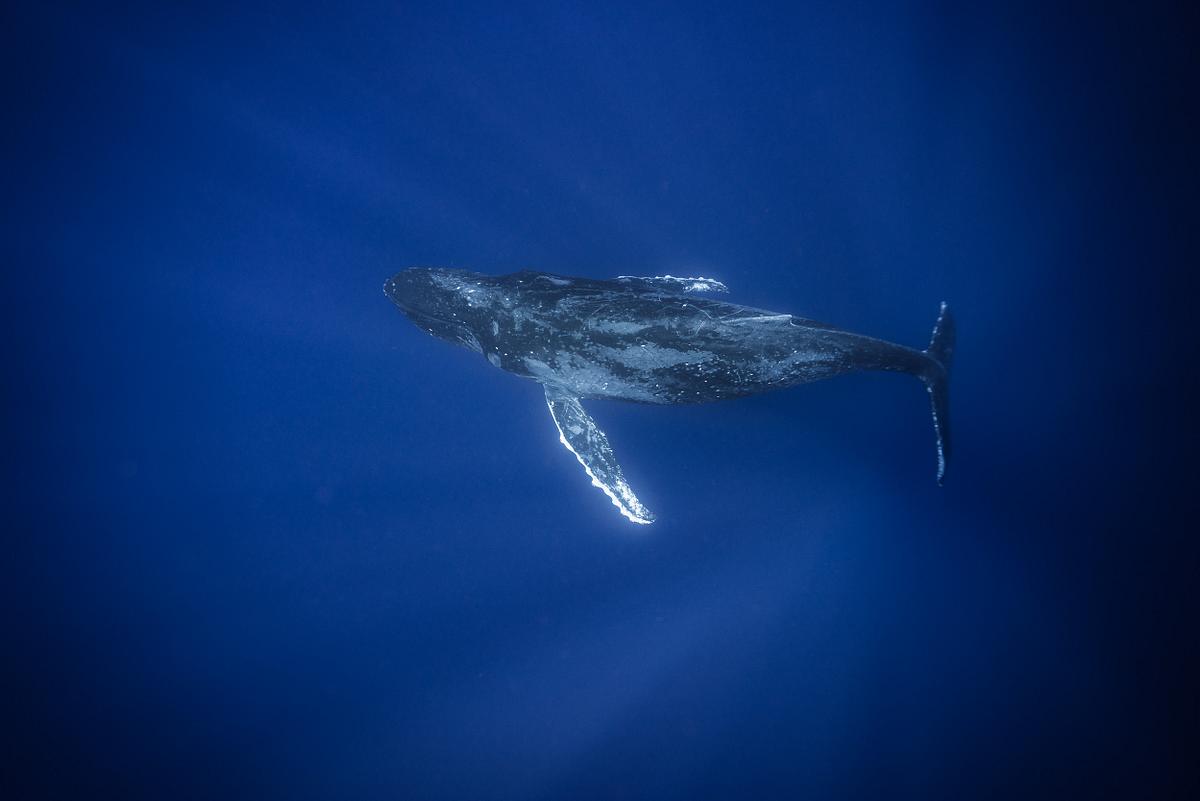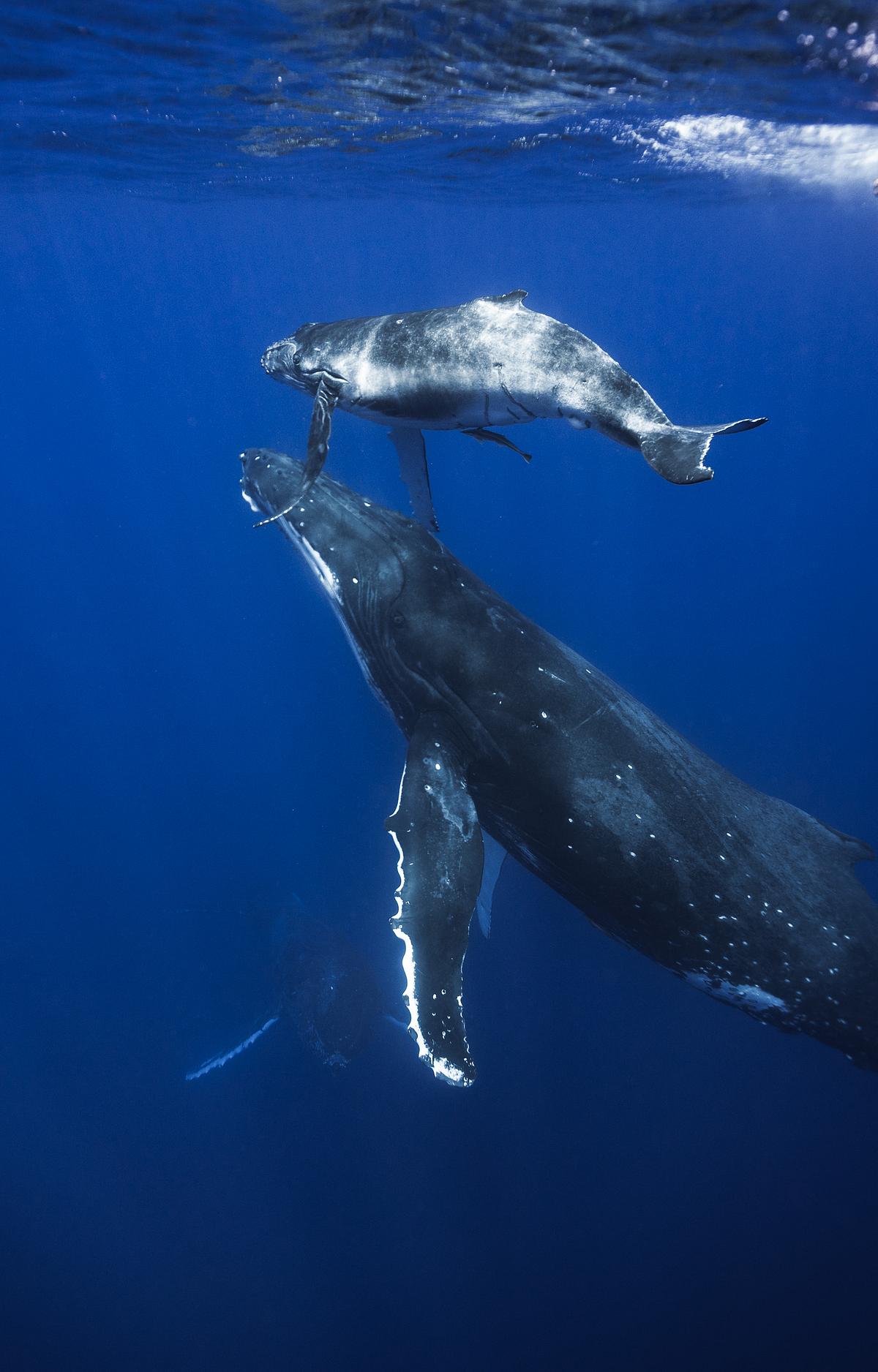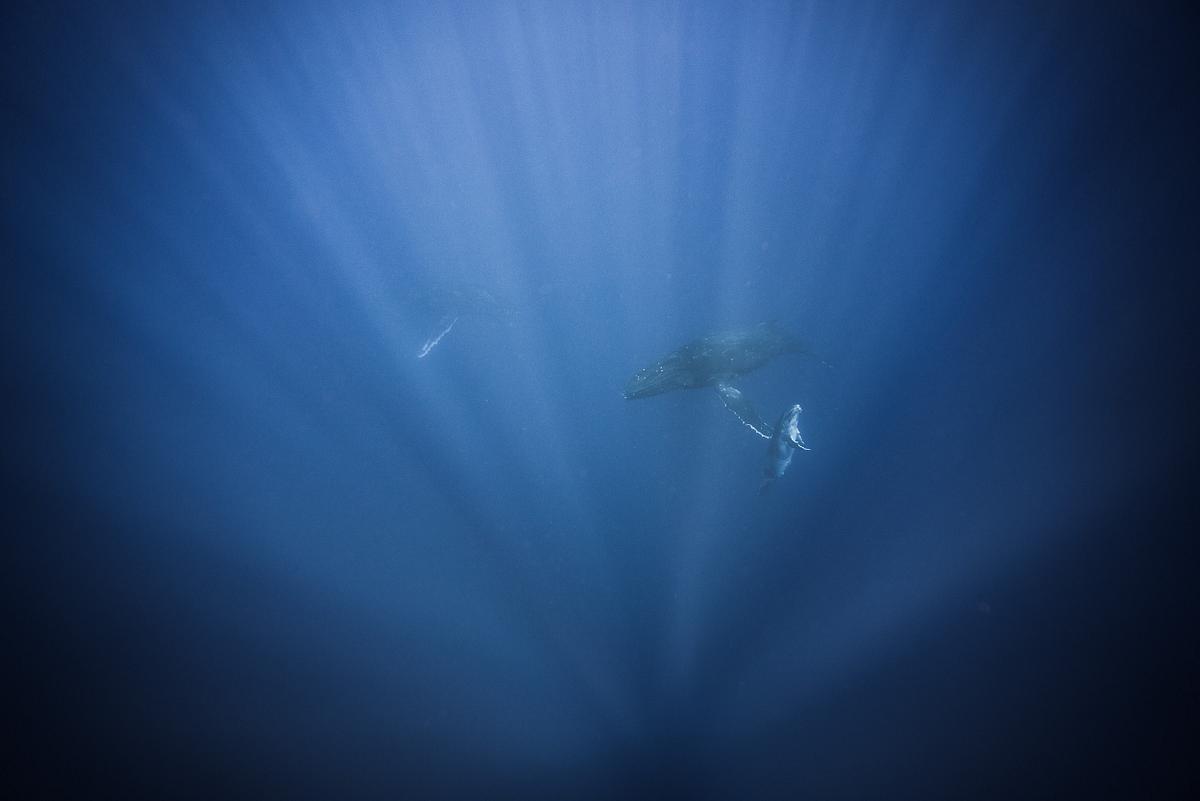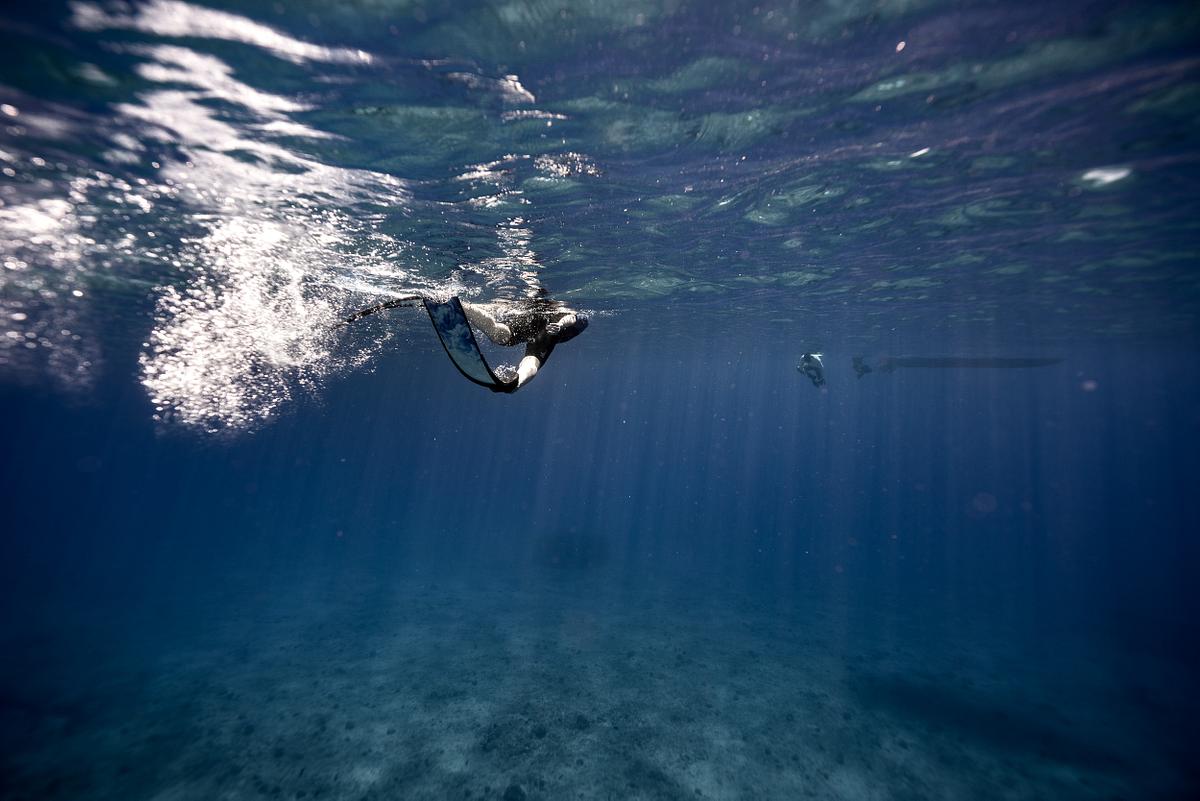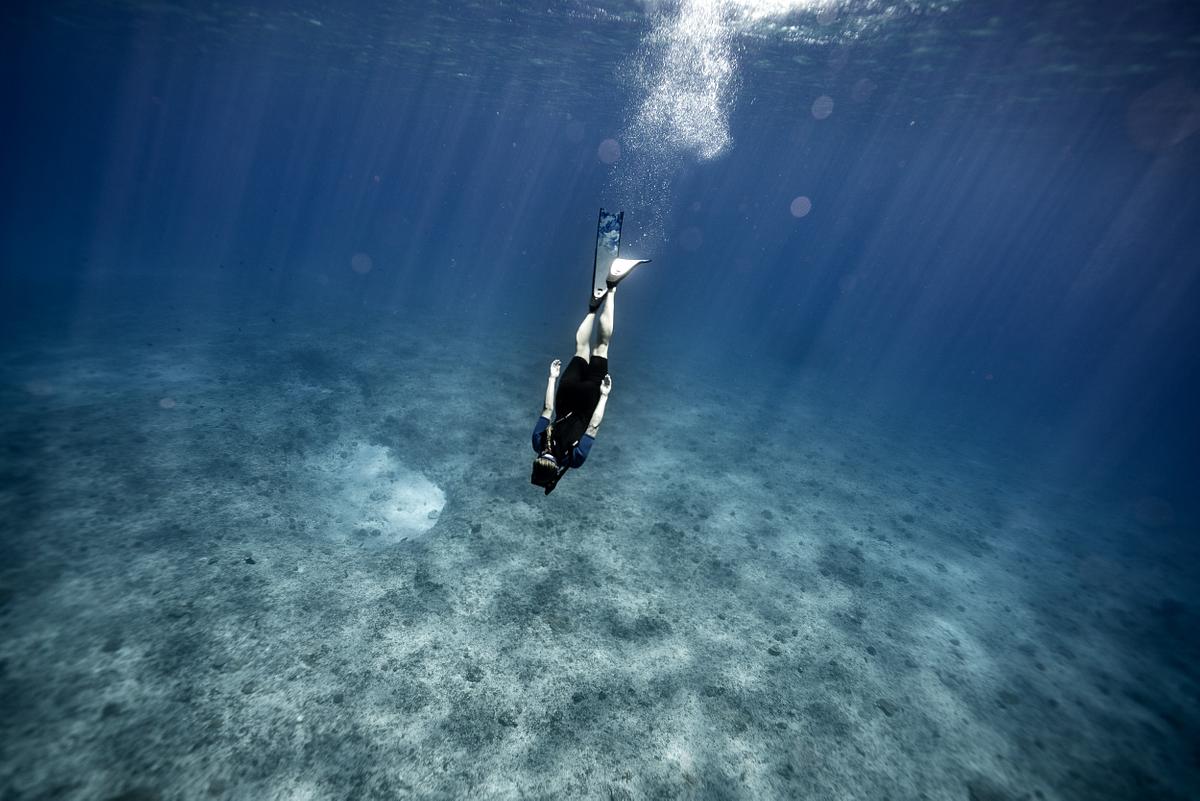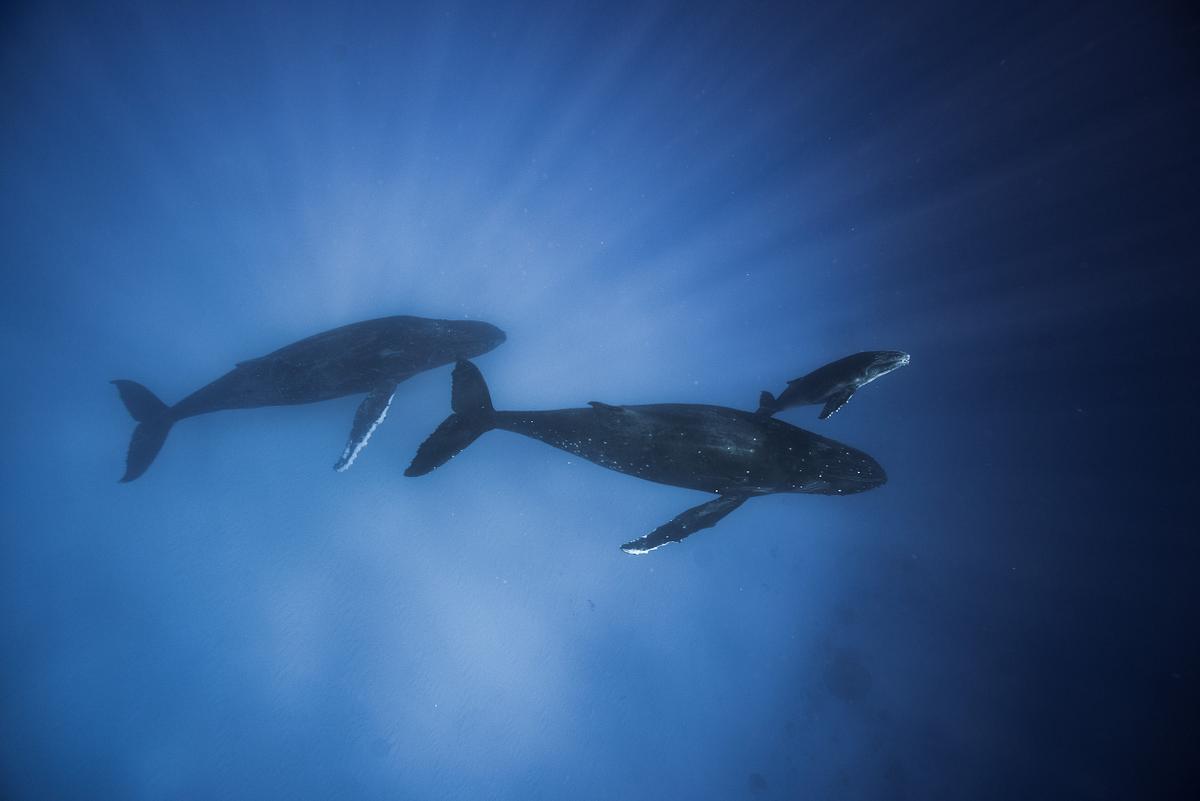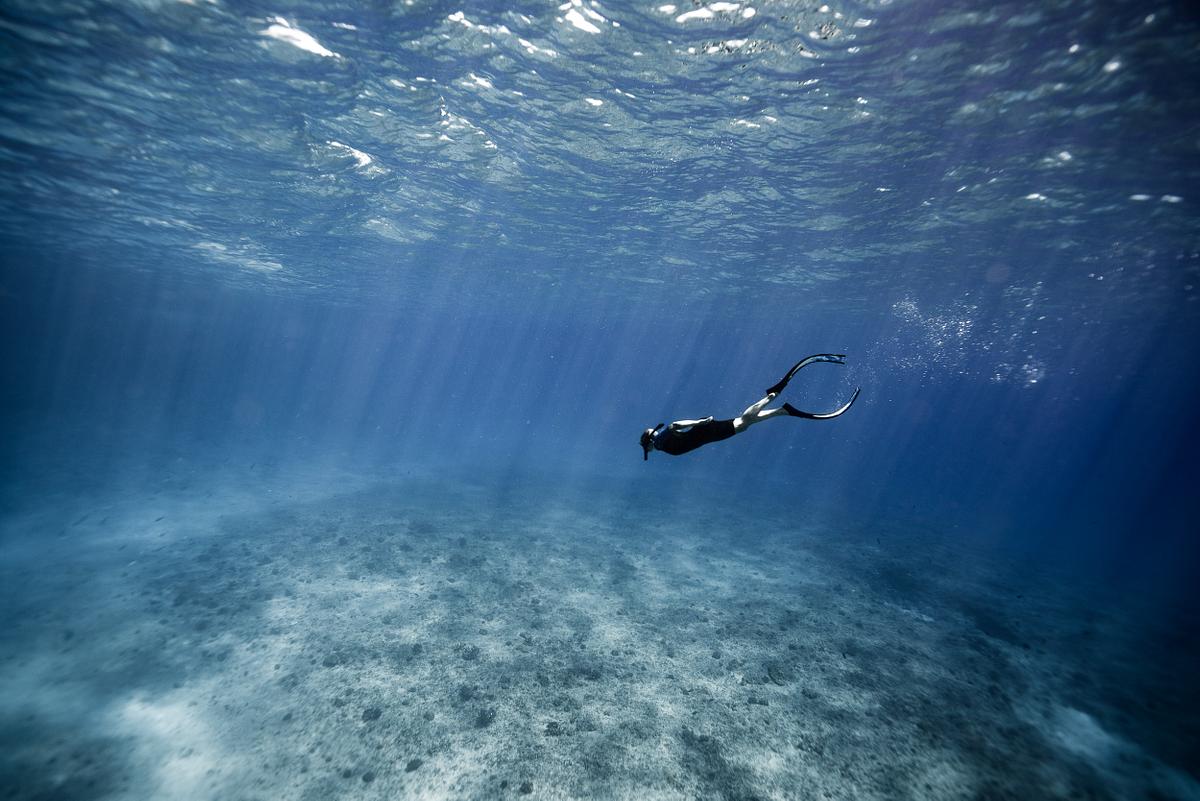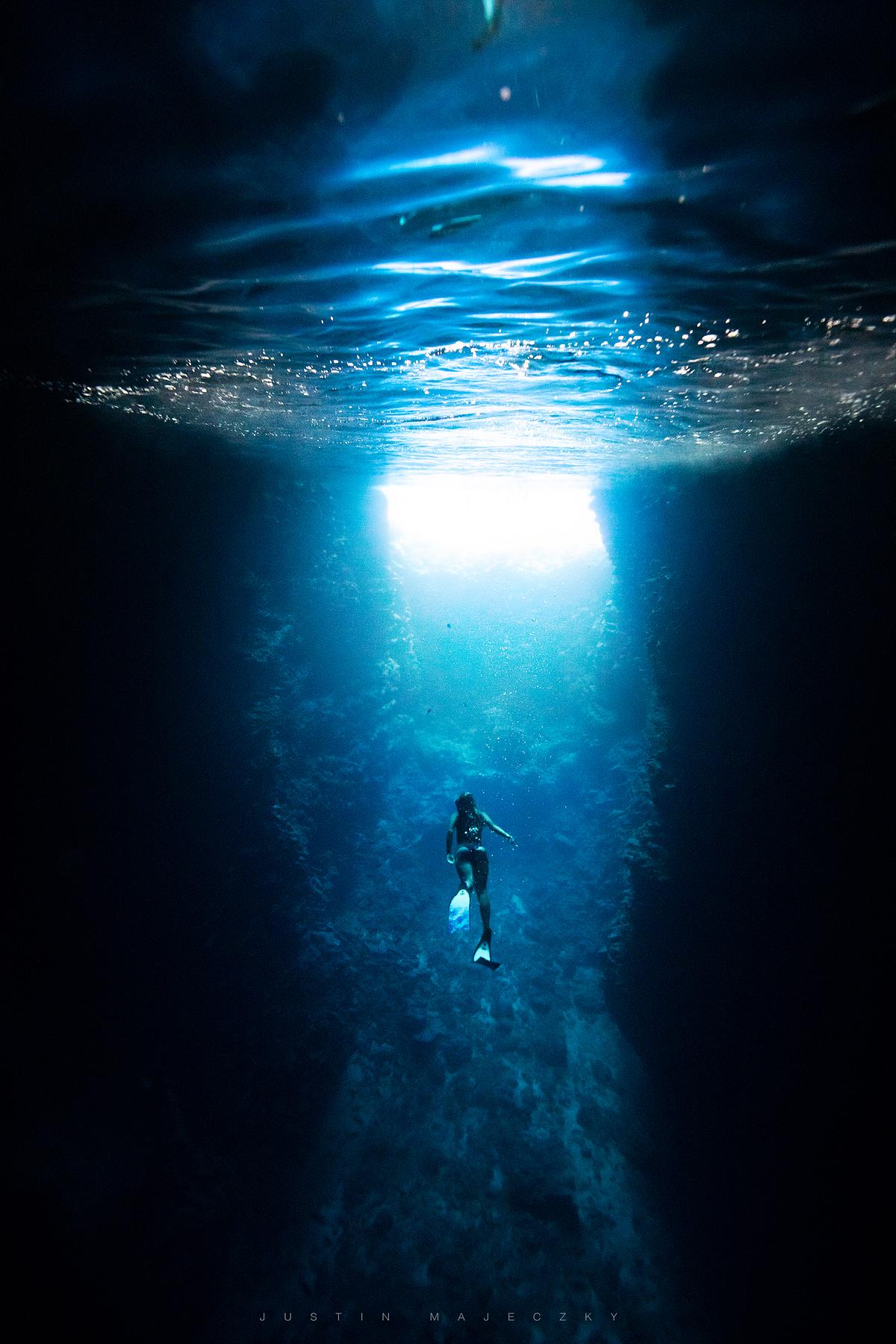The Kingdom of Tonga and photographing the etherial world of humpback whales.

Intro
A little over one year ago on a seemingly ordinary Friday evening my wife Cady and I were enjoying a nice bottle of wine over dinner. Like so may times before the conversation of traveling came up and Cady brought up her number one bucket list item for about the millionth time. She was dead set on going to Tonga to swim with humpback whales. Personally, I am absolutely terrified of the ocean, let alone swimming with 40 ton monsters who could crush me in an instant if they chose. Well, it must have been the liquid courage because I told her if we book it, we would have to go and that would be that. Cady made haste in booking the flights as fast as possible before I could get an opportunity to change my mind. This might be the number one travel tip if you decide to go to Tonga. You must book your accommodations and tours at least a year in advance because they book up so fast. There are a limited number of whale swimming permits issued so this scarcity creates demand and the demand creates a scarcity in spots to book. So do your homework and book early for a trip of a lifetime.

About Tonga
The kingdom of Tonga is an island nation made up of 169 islands in the South Pacific Ocean. It is one of the smallest economies in the world. It’s largest industry being tourism. According to the most recent archaeological findings, people arrived in the archipelago from Fiji around 1500 B.C.E. via small, hand built outrigger canoes. It’s a place seemingly trapped back in time. Old dilapidated cars from the 70’s, 80’s and 90’s still roam the two main islands. Tonga Tapu is the main island and the second biggest is Vava’u (pronounced Vah-Vow). While you can swim with whales on both islands, Vava’u was where we chose to stay. Ask 10 Americans to point out Tonga on a map and 5 will tell you they have never even heard of it, and maybe one person would actually know where it is. Tonga is extremely remote and difficult to get to. It took us 4 flights and over 30 hours to get from our doorstep to our hotel. But this remoteness and barrier to entry are the charm of this place. Far away from the instagram crowds that infiltrate so many wonderful spots around the world you will find very little in the way of creature comforts. If I am being honest, the hotel accommodations and food were not great and in some cases down right terrible on any American metric. The roosters, pigs and fighting dogs at all hours of the morning or the lack of AC and spotty warm running water make you realize you are thousands of miles away from your bed. However, we are not here for those things. We can excuse the lack of first world comforts because we can do something here that you can do in no other part of the world. We are here for the humpback whales and getting the opportunity to share their secret world with them.

Whale Regulations
Tonga is one of the last places on earth where you can legally swim with Humpback whales. It also happens to be a mating and birthing ground for them. This is what causes the large influx of them every spring. Between July and October is the best time to go to increase your likelihood of an encounter. There have been many regulations put into place to make the practice of swimming with these creates as sustainable and non-invasive as possible. Tour groups are made up of 8 people, a guide, and a captain. Only 4 guests and the guide are allowed in the water at a time. Once you find a whale to swim with, you tend to swim for a bit and then switch out with the other people on your boat. There are also different rules for different types of whales that you encounter. For instance, when you find a mother and calf, you are only allowed an hour and half with them before you have to leave them alone. You are also not allowed to dive with them, you must remain on the surface and just observe. This is to not agitate the mother. However when you find a singer (a single male), you may dive with them in almost any way you’d like. I found the guides stuck to these rules as to keep the sustainability of swimming with them going for as long as possible. Listen to your guide and stick close when in the water and you will be fine.

About humpback whales
Going into this trip I, like many people were ignorant to the lives of humpback whales. Where do they spend most of their time? What is their temperament like? How intelligent are they? and the list goes on. What I learned is that humpbacks are highly intelligent creatures. Capable of complex social interactions, deep cognitive thought, apathy, curiosity, playfulness and strong social bonds. This becomes extremely obvious when you get the pleasure of watching a mother and calf interact with one another. The calf is glued to mom’s hip most of the time several meters under the water. They lovingly nuzzle one another and the calf tends to hide under mom’s pectoral fins unless he decides to come to the surface for a breath of air. We witnessed one calf dancing around mom, singing, nudging her for milk and coming up to us for a bit of a play until receding down to the depths again to reconnect with mother. It’s pure magic to get to observe these special social interactions. Many of the cow and calf pairs we found were accompanied by an escort male humpback. The escort will tag along with the cow and calf until the cow is ready to breed again. This breeding opportunity comes at a price for the male. Often times large groups of males will all gang up and compete in a sprint across the ocean. Blowing bubbles, collisions, breaching, mass confusion and pandemonium can break out in what is called a heat run. This is the male’s way of showing off who is the biggest and baddest and who gets mating rights with the females. We also ran into a single male singing his love song across the ocean. This is what is called a singer. These males tend to sit a few meters under the water with their heads face down or face up singing so loud that the sound can travel for miles trying to lure in females. We were told by a few people who got to get in the water with one that the singing vibrated through their body and shook their fins. Humpbacks spend a lot of their time traveling the worlds oceans. They spend a good deal of time in the arctic oceans chasing herring and other fish. Their songs can be extremely complex and lengthy. Some lasting for over an hour. Humpbacks have an amazing sense of spacial awareness. Especially for being 40 tons or more I was extremely surprised of how they were able to navigate around us without the fear of being trampled under water. They truly do see you and some will want to interact with you!

Photographing
I have been shooting for a long time as a professional. I enjoy new challenges as I get bored very easily. This trip was an opportunity for me to experiment and learn something new so I was very excited. I took my Sony A7RIII and purchased a comparatively cheap under water housing from Amazon from a company called Sea Frogs. I purchased the additional dome port so I could use my wide angle 16-35 f2.8 G-master lens. This housing worked wonderfully for the first 5 days on the water. I was extremely pleased with it overall. It offered me access to all my buttons and controls (minus manual focus) it was cheap, and my images were nice and sharp. However, I cannot recommend this product anymore as on the last day one of the buttons failed and it began to leak. Luckily it was a very slow leak and I identified the problem early and did not loose my camera. When it comes to underwater housings you get what you pay for. Spend the extra money and save yourself the headache or the loss of a camera. Even if your gear is insured, make sure you don’t need an additional policy for underwater photography. I found that shooting in shutter priority at 1/250th or 1/320th, auto ISO, auto underwater white balance, and zone continuous auto focus produced the cleanest results. An issue I had was that the water turns everything blue. So I developed my own underwater preset to turn the whales black again and get a nice looking color to the water. I have this preset available for purchase HERE if you’d like to support me. :) I set my C3 button to be continuous autofocus and had the camera set to hight speed continuous shooting so I could rapid fire off some shots when the action happened. The whales don’t really move that fast but I found that having options really paid dividends in my hit rate.
Workshop!
Want to come photograph humpback whales with us? We will be putting on a workshop in September 2021. While this is two whole years away the planning for such an event must start now. If you want to learn more, go here. Also don't forget to sign up for my newsletter as you will always get first dibs on workshops. Sign up is at the bottom of the page!
